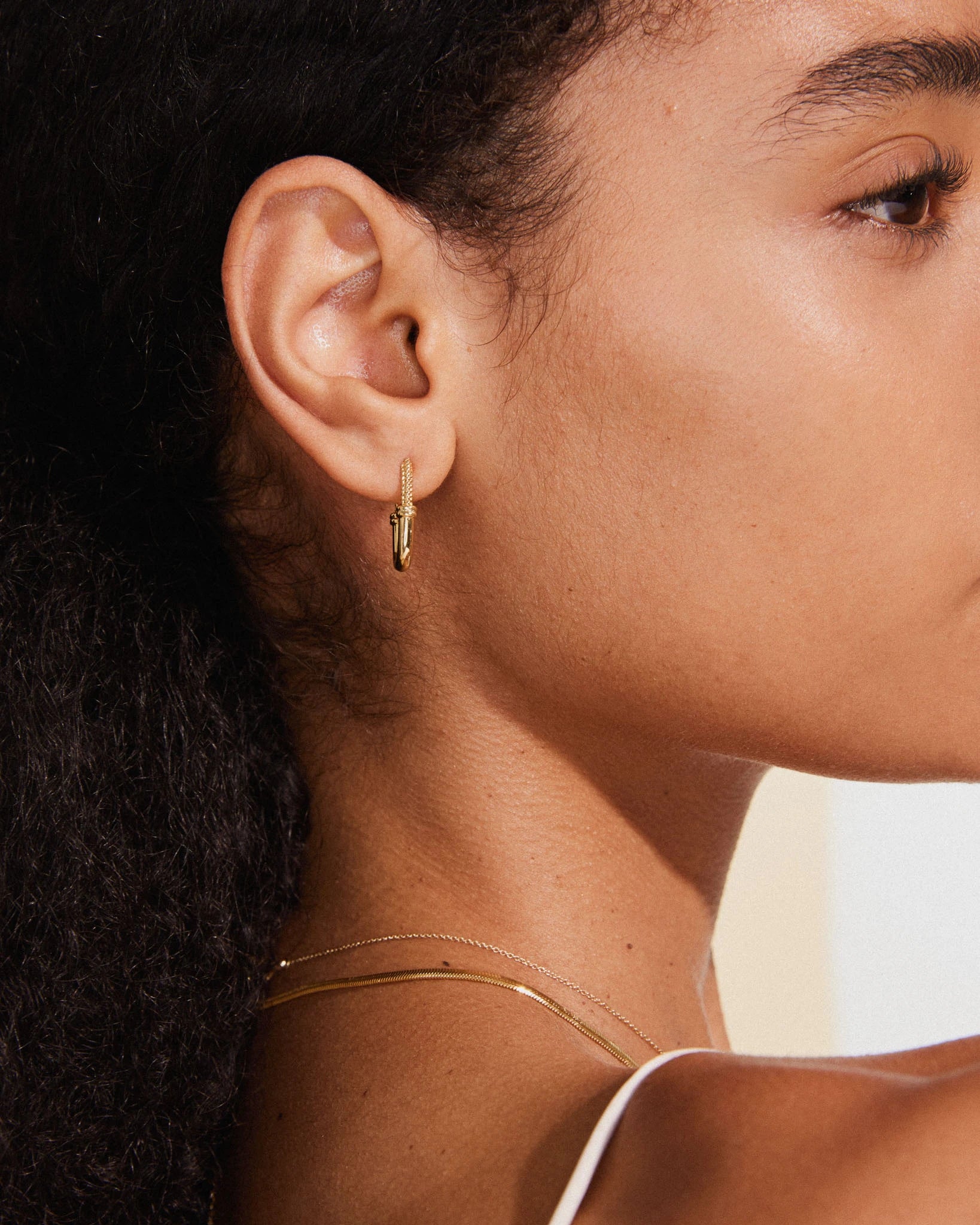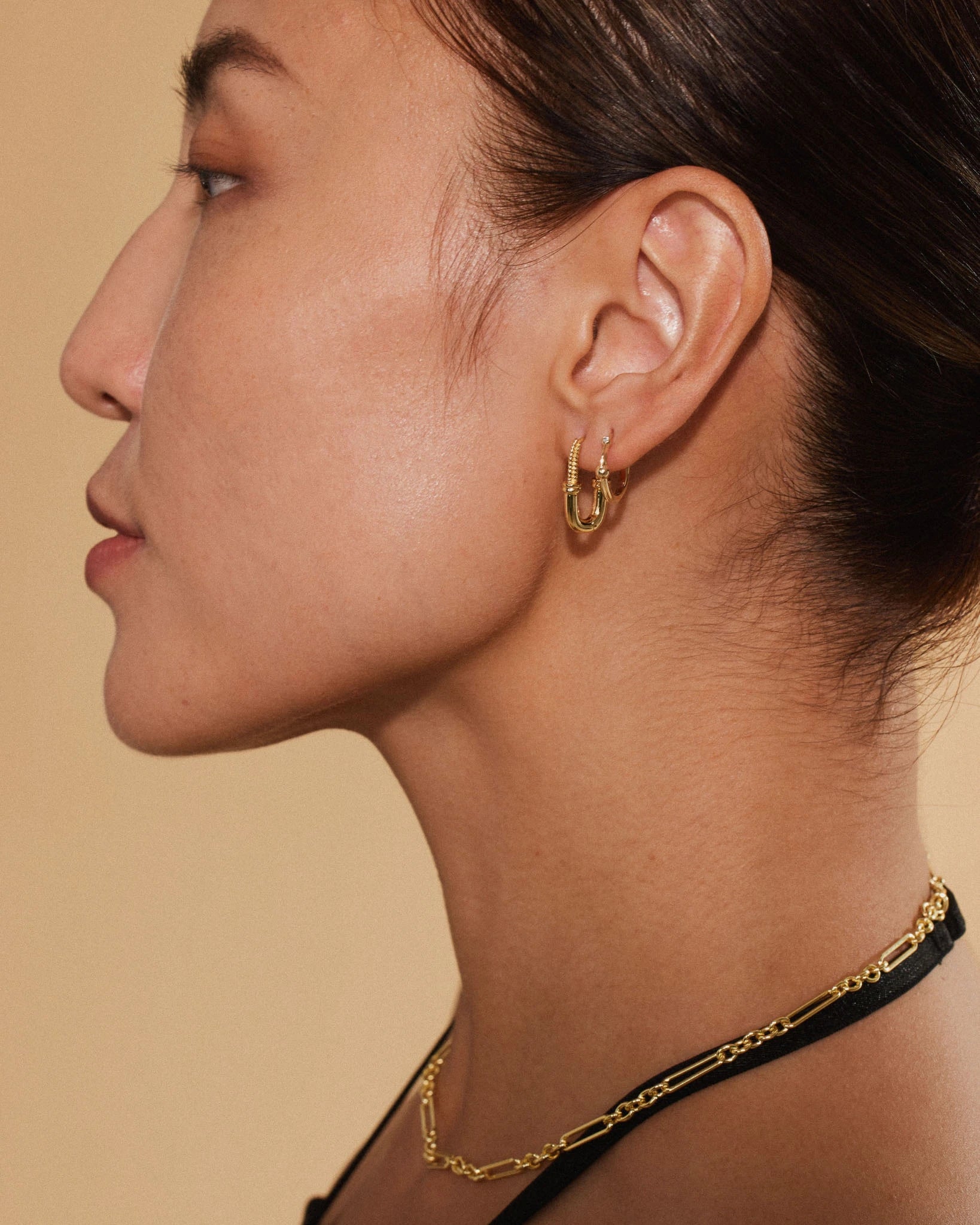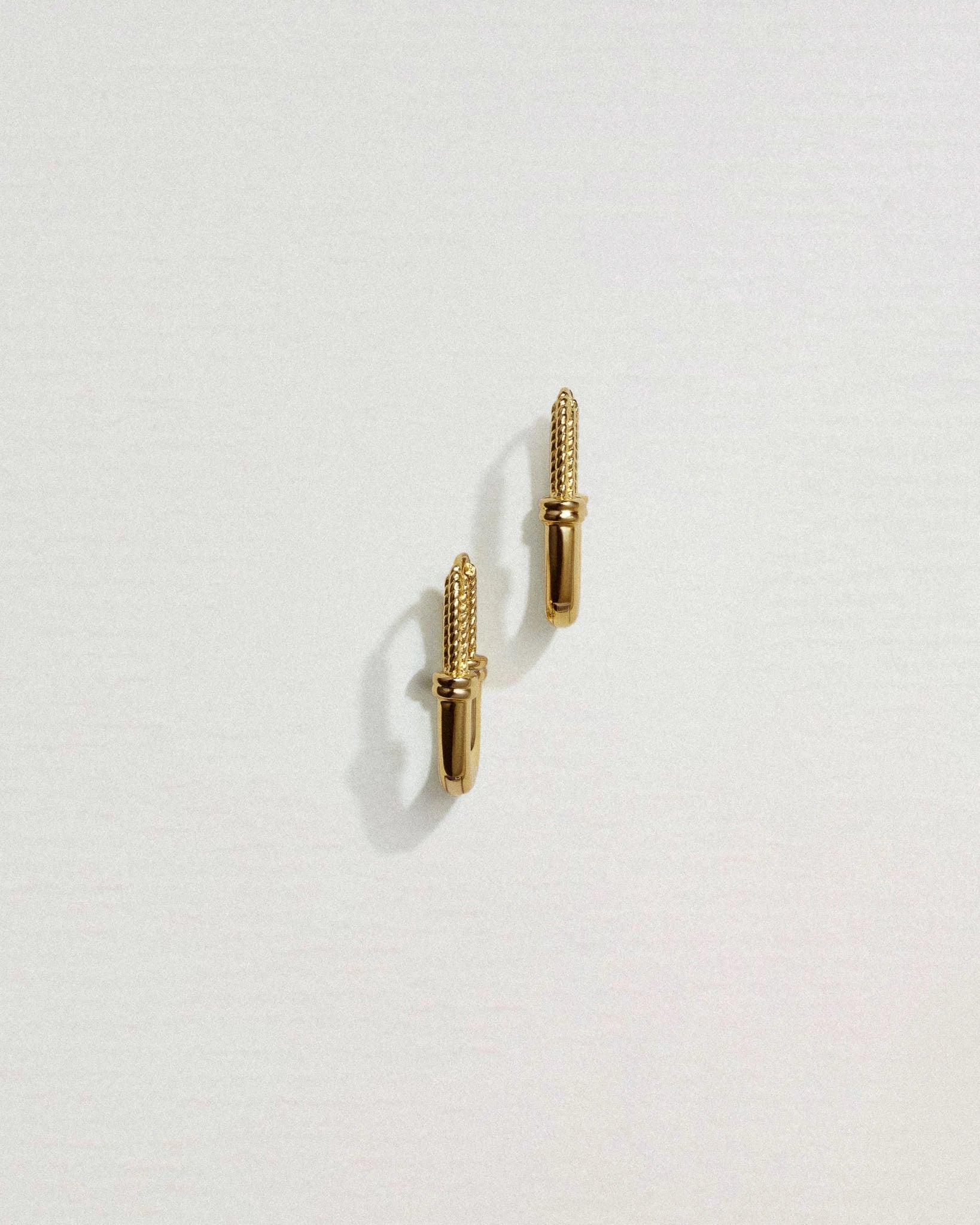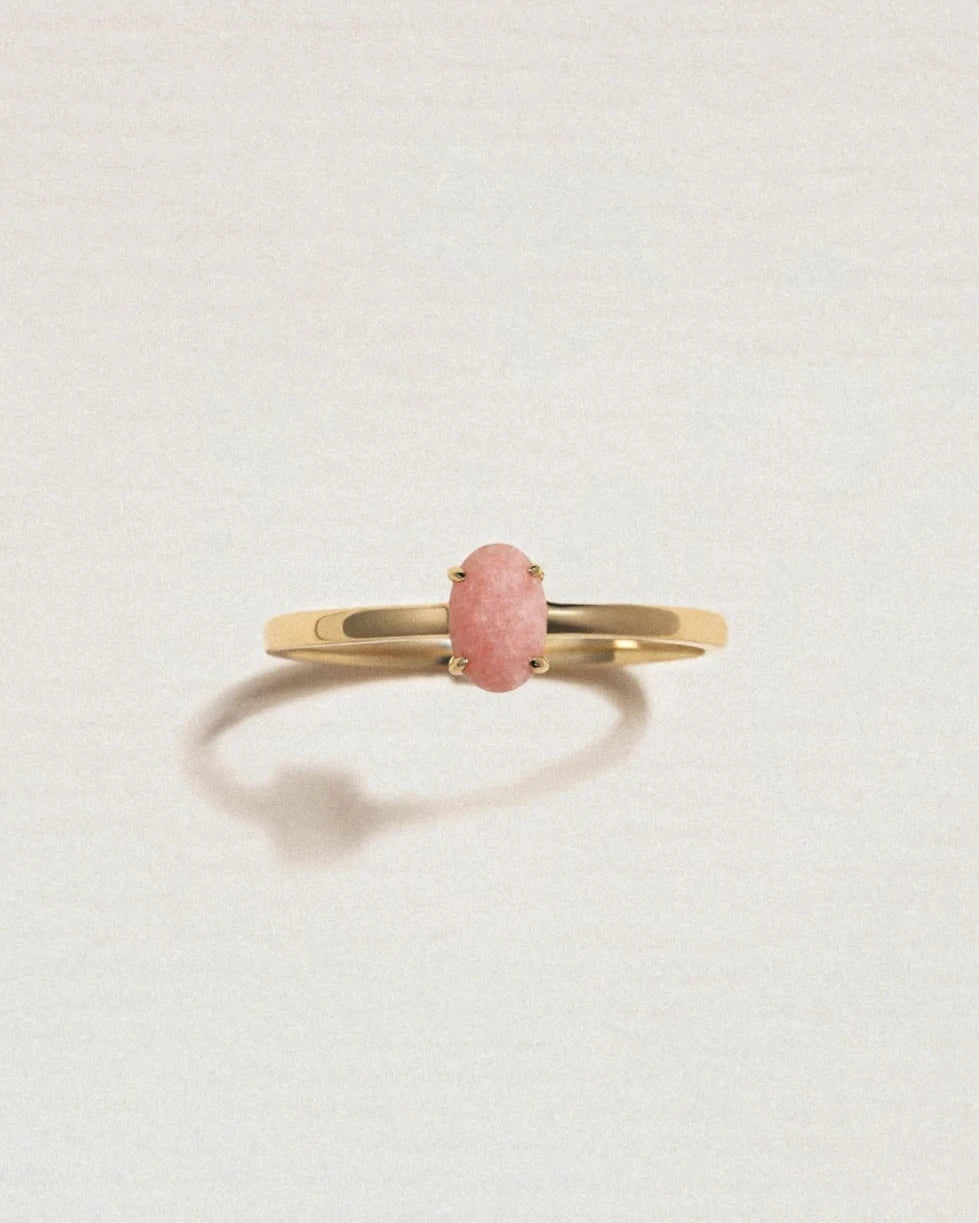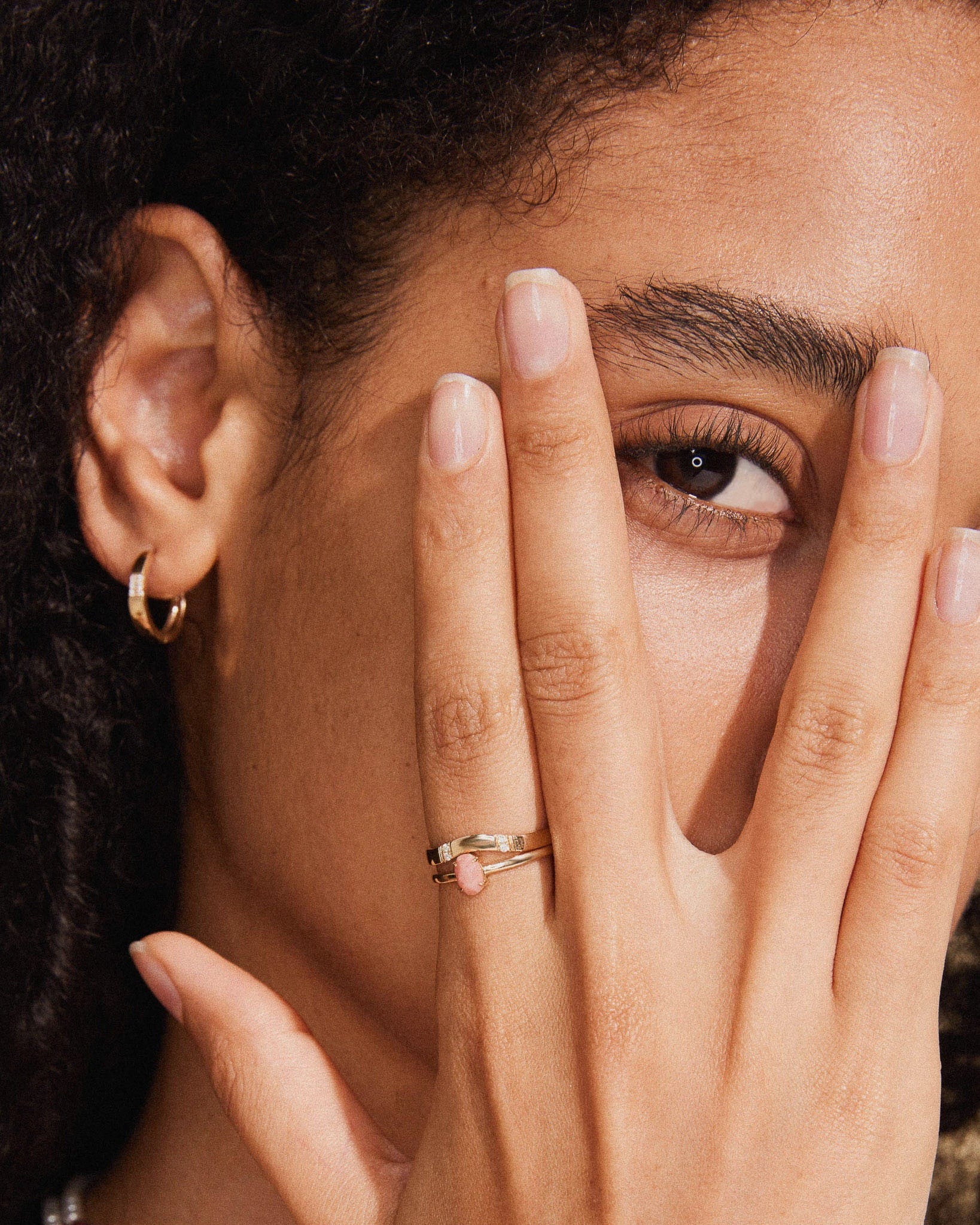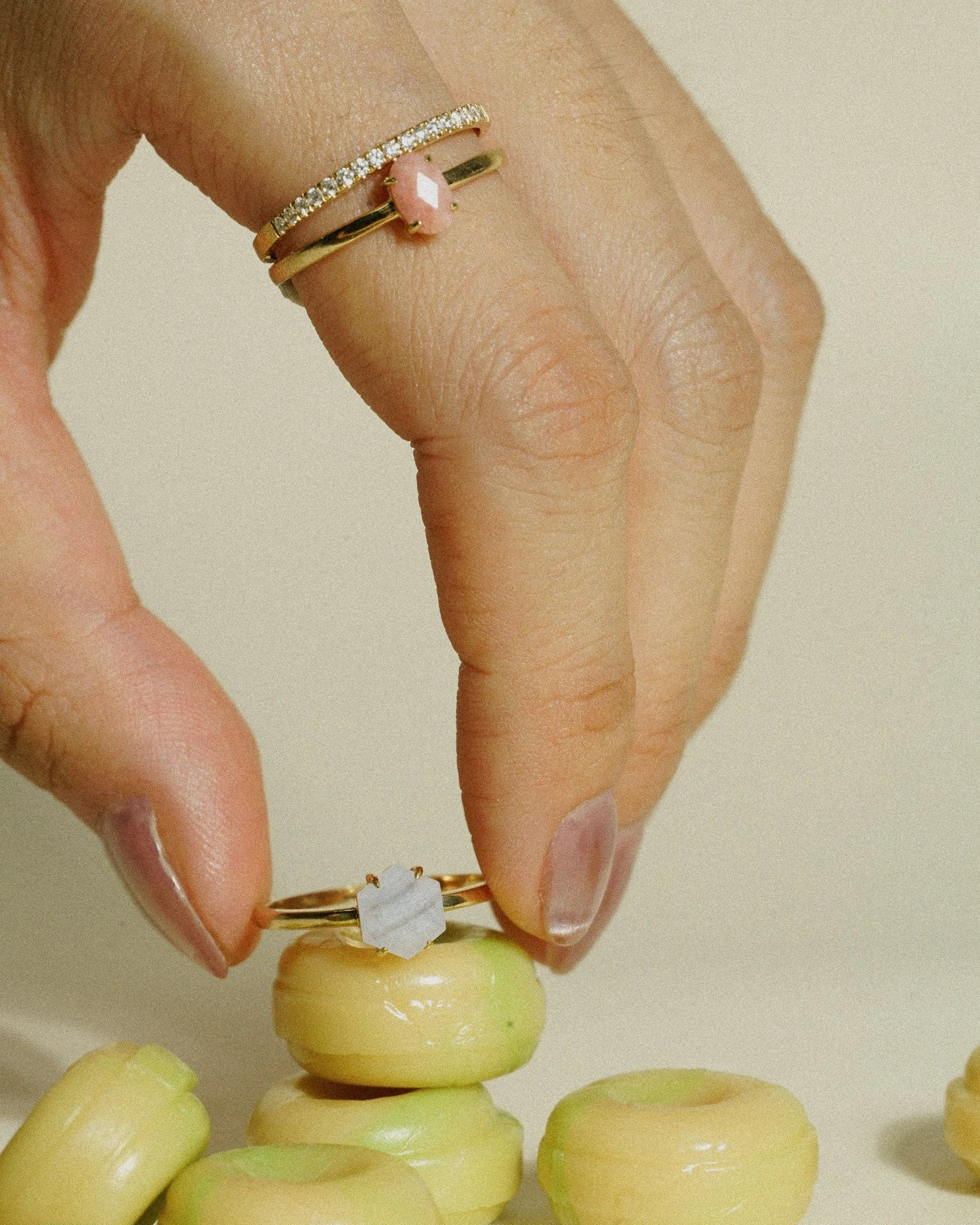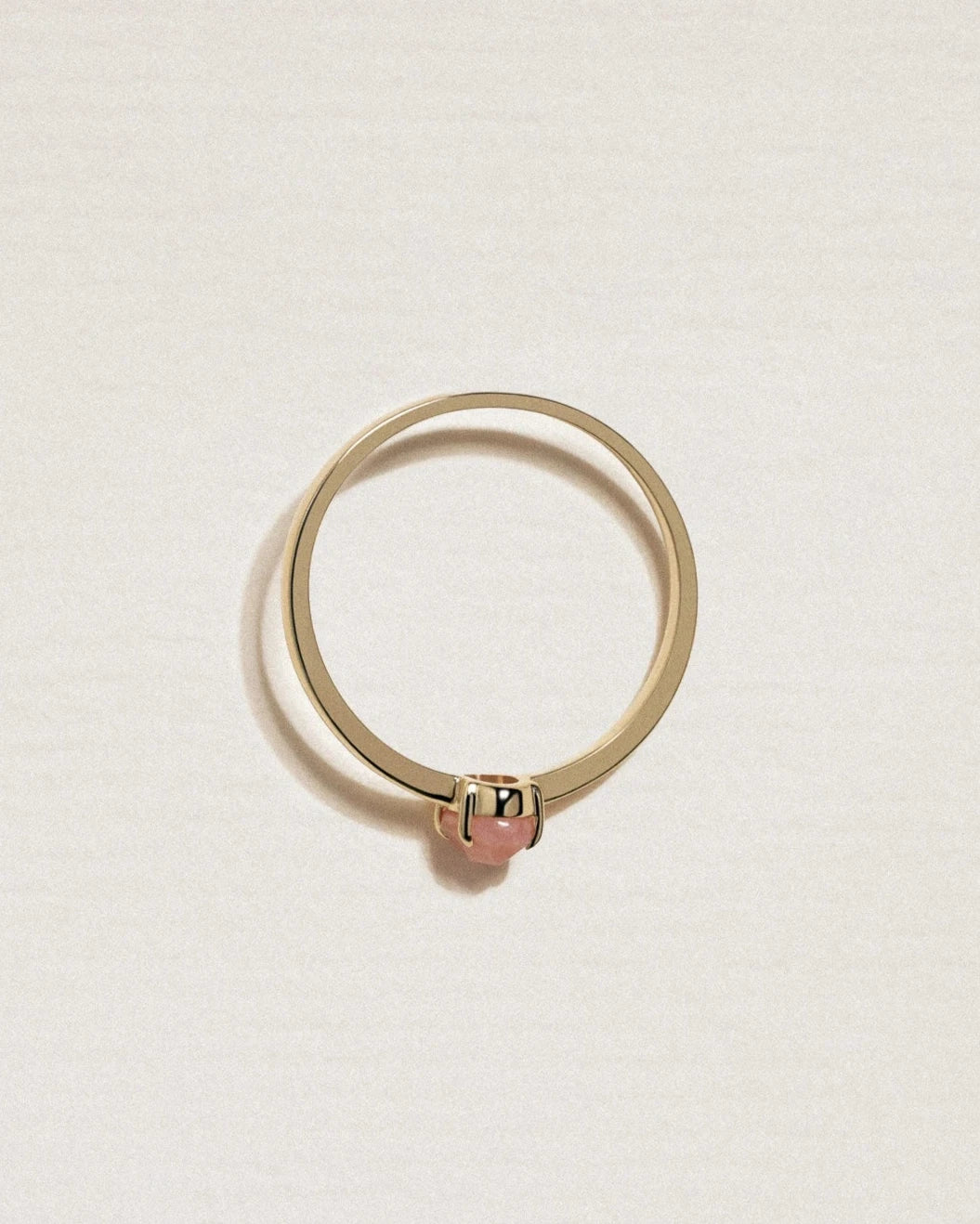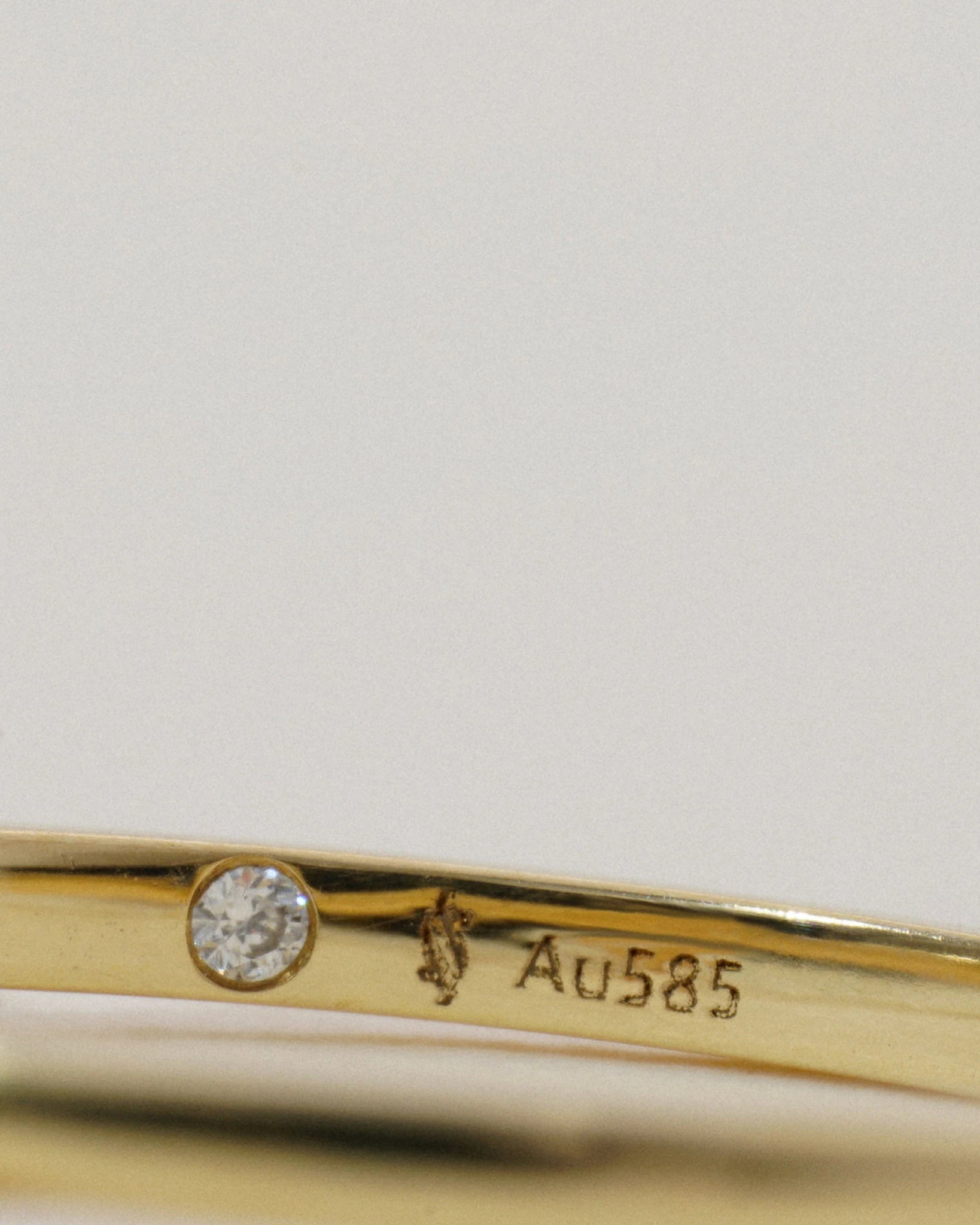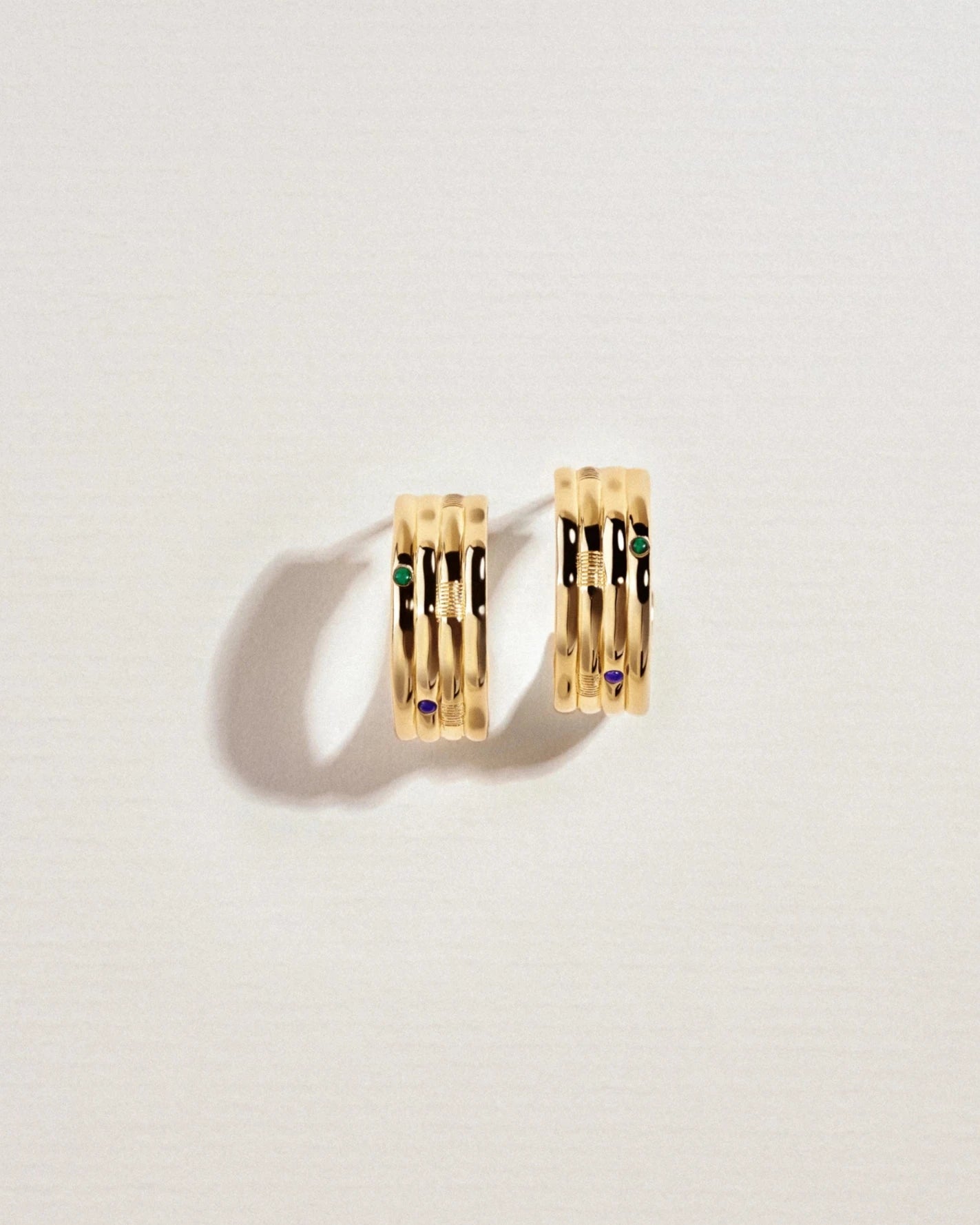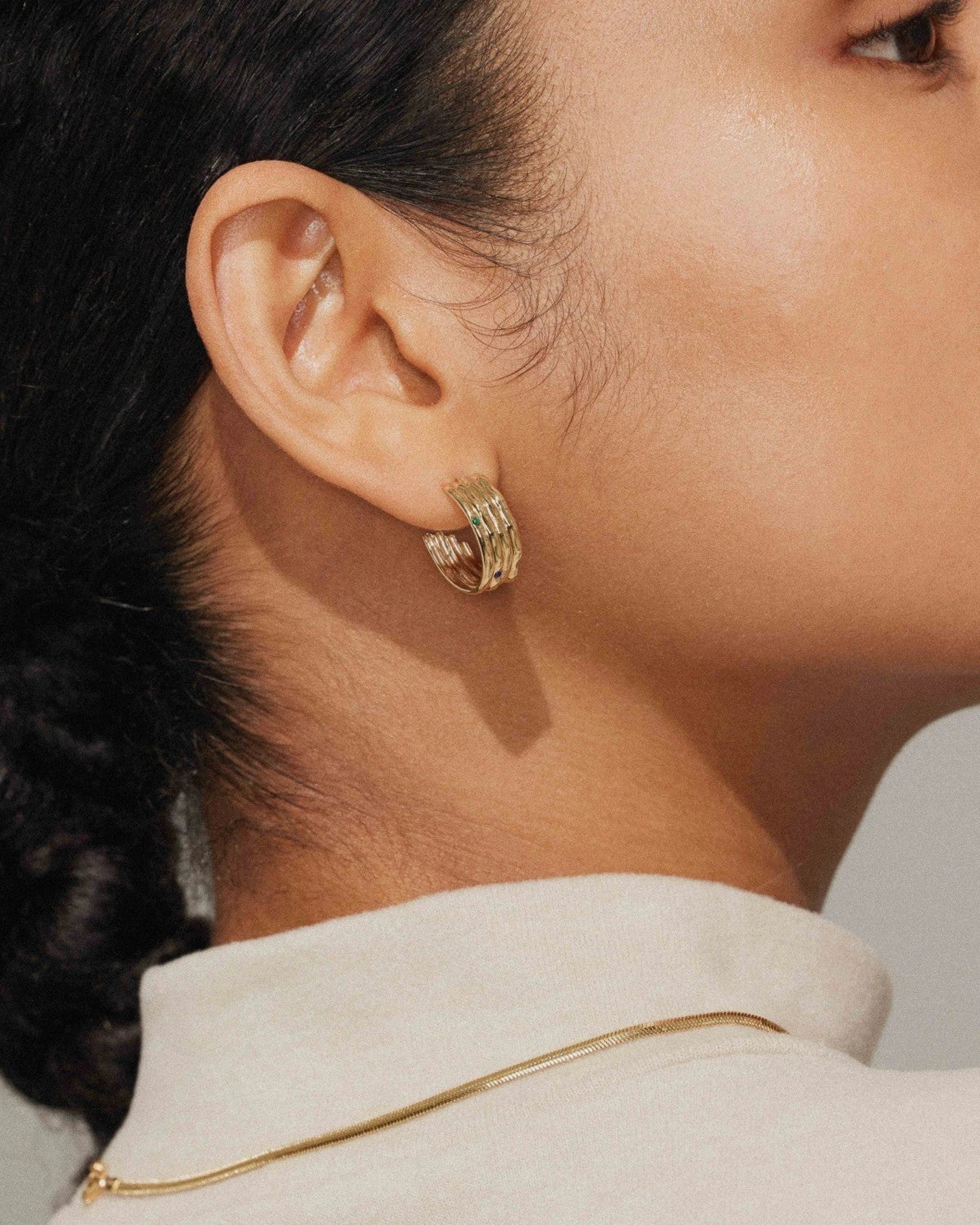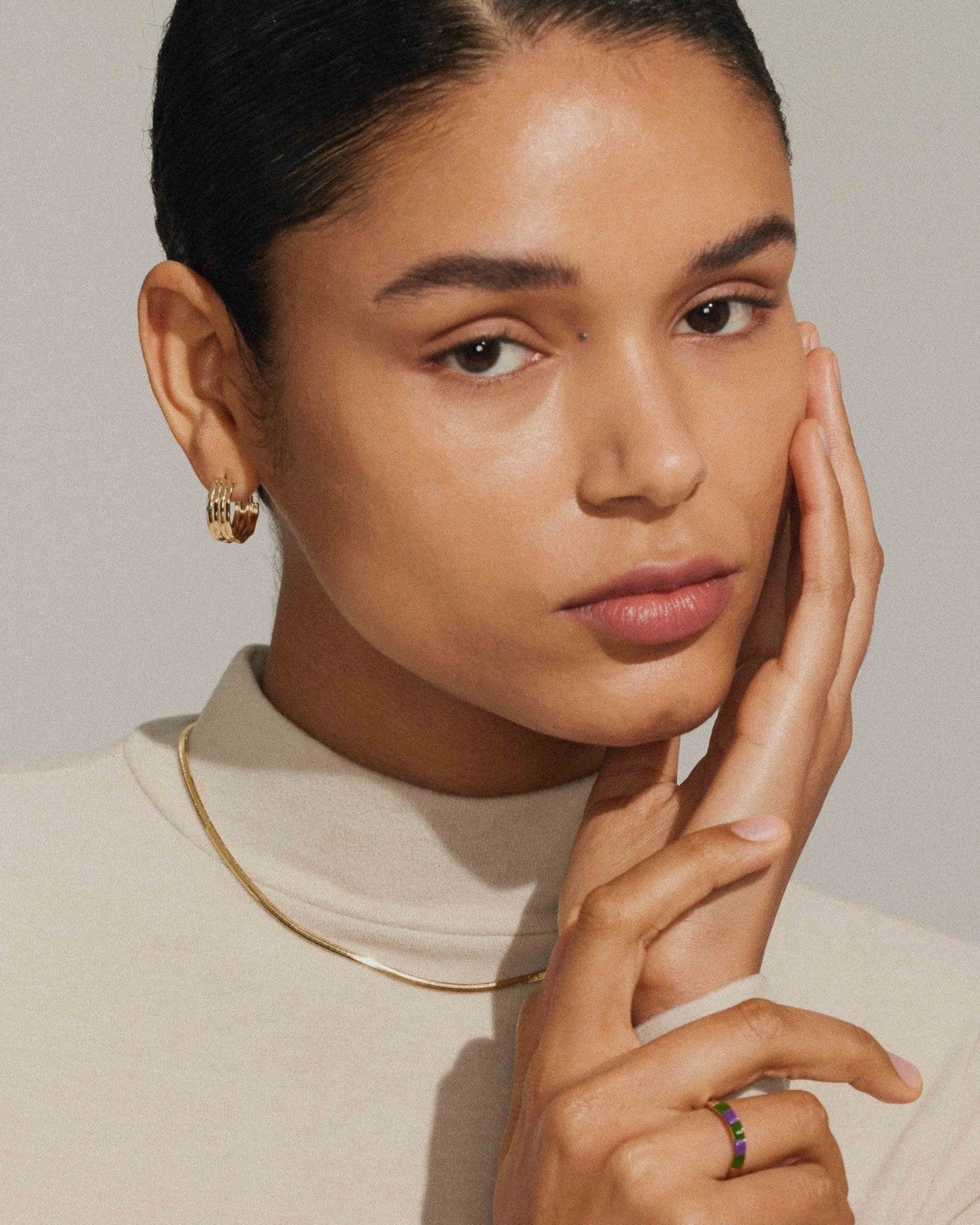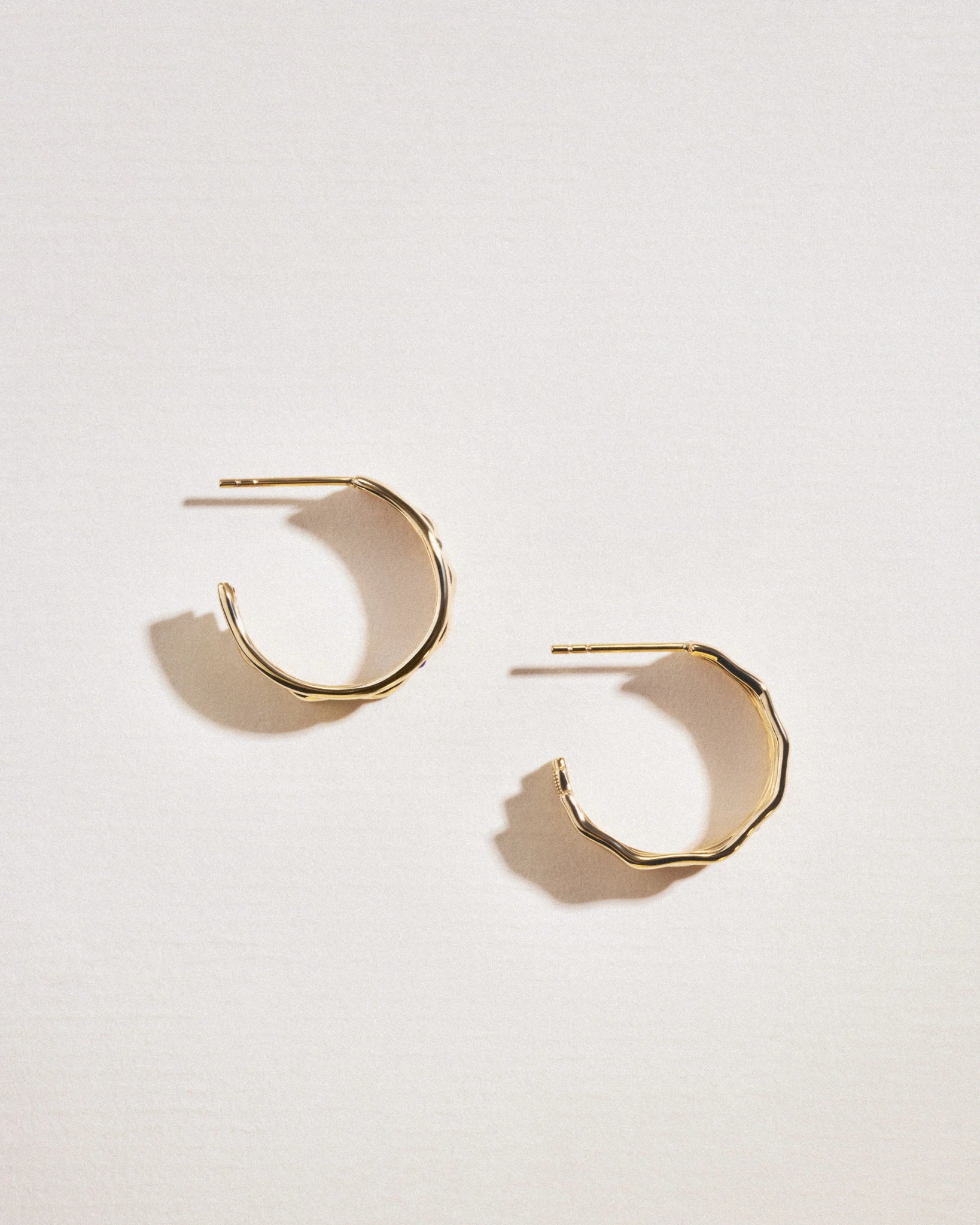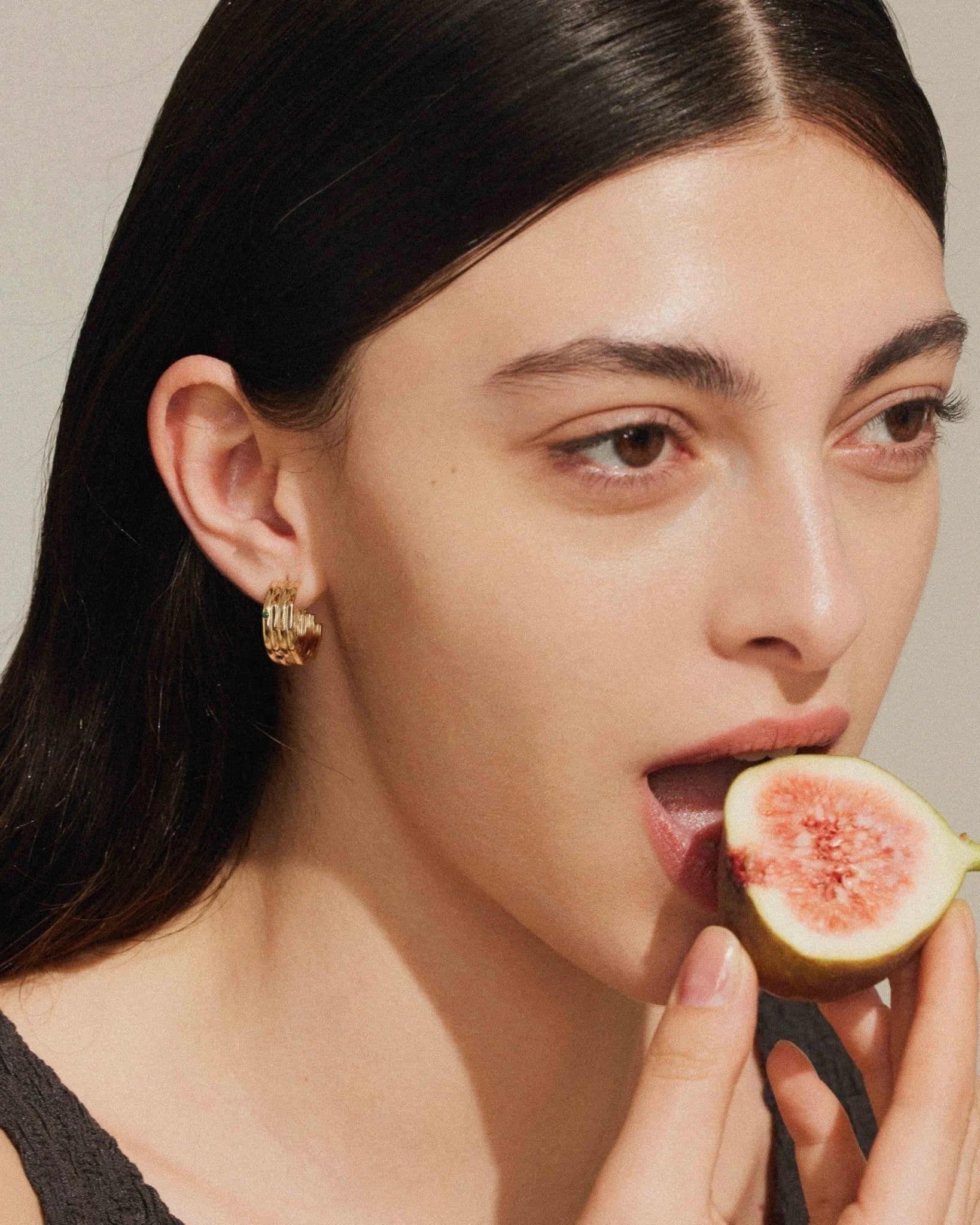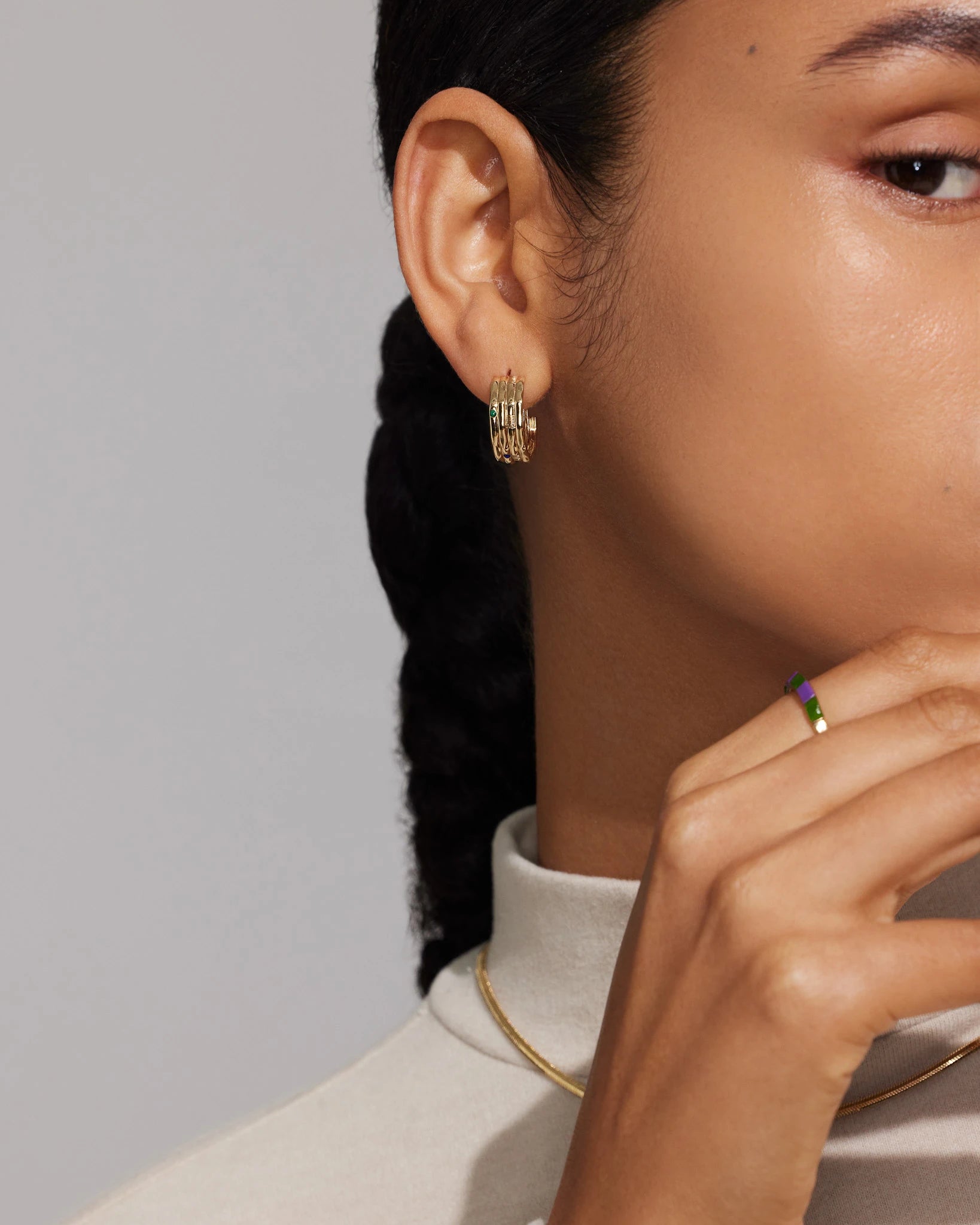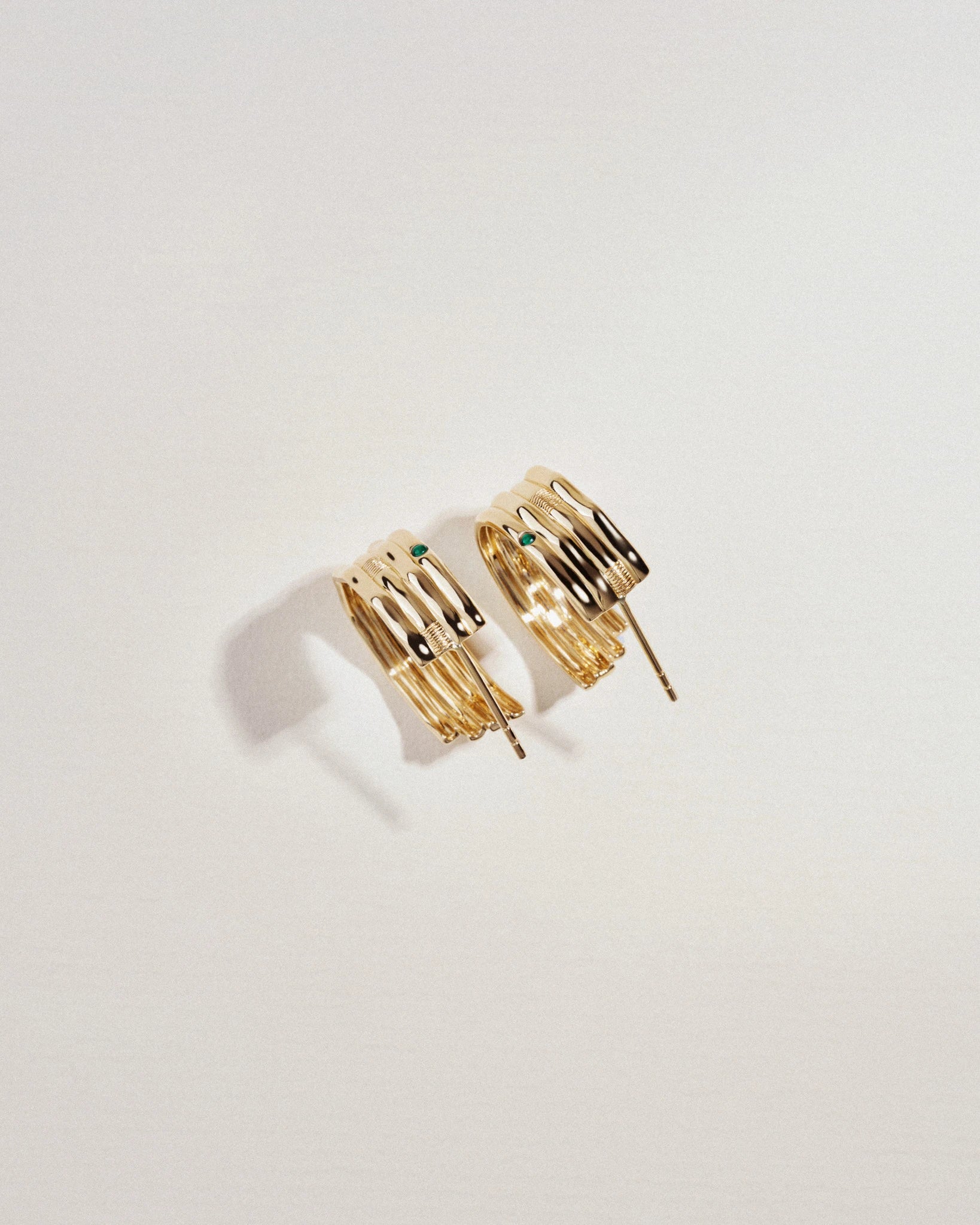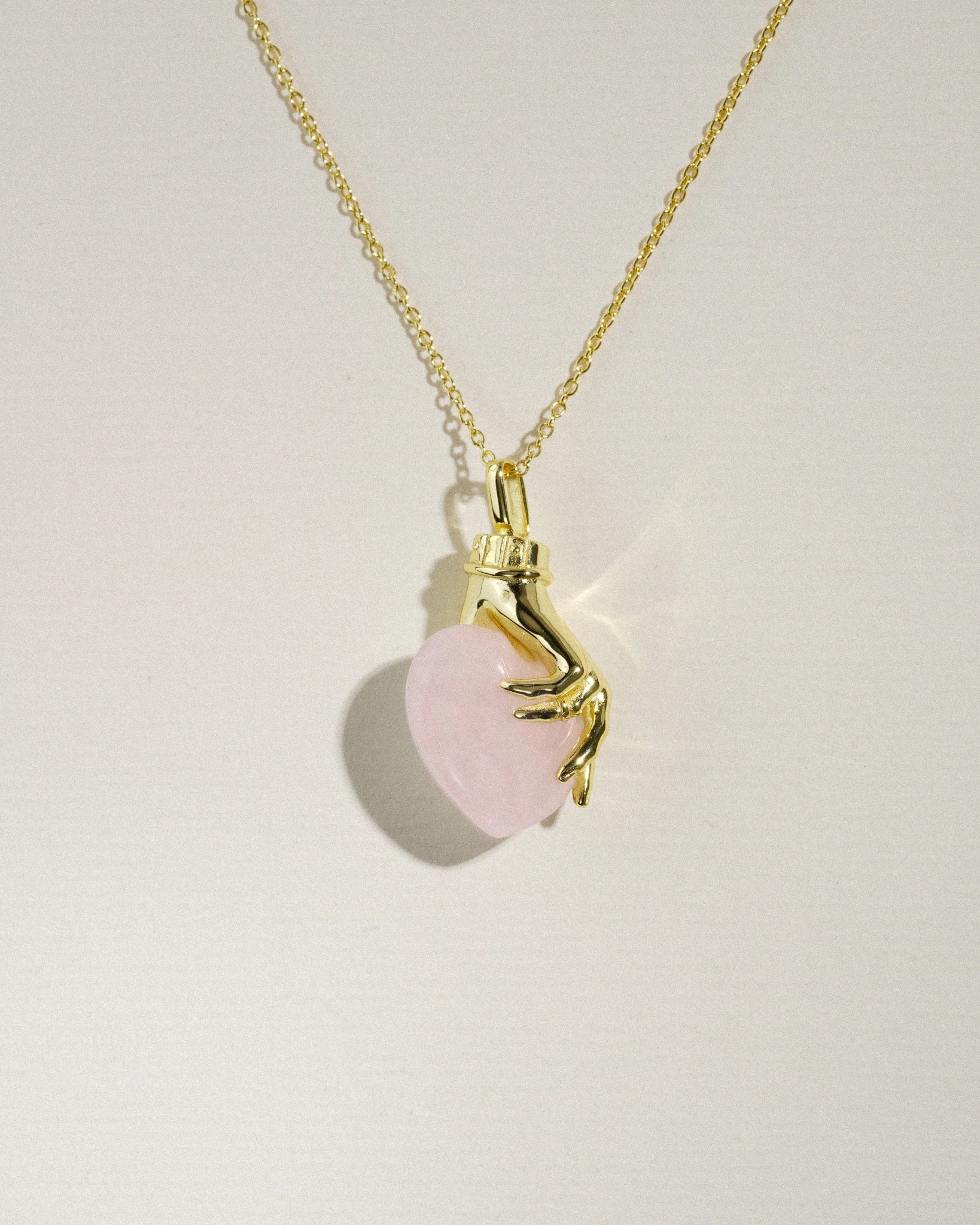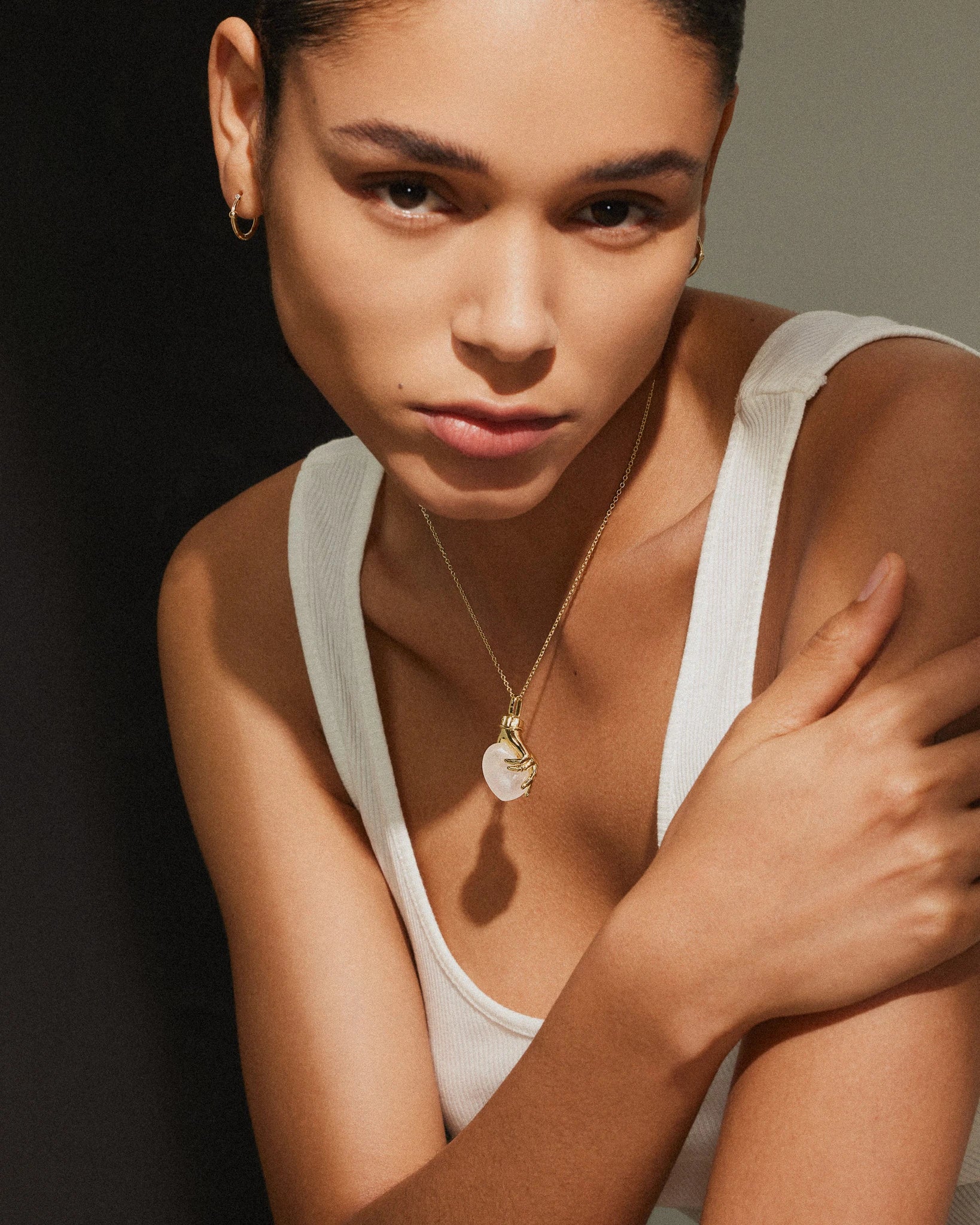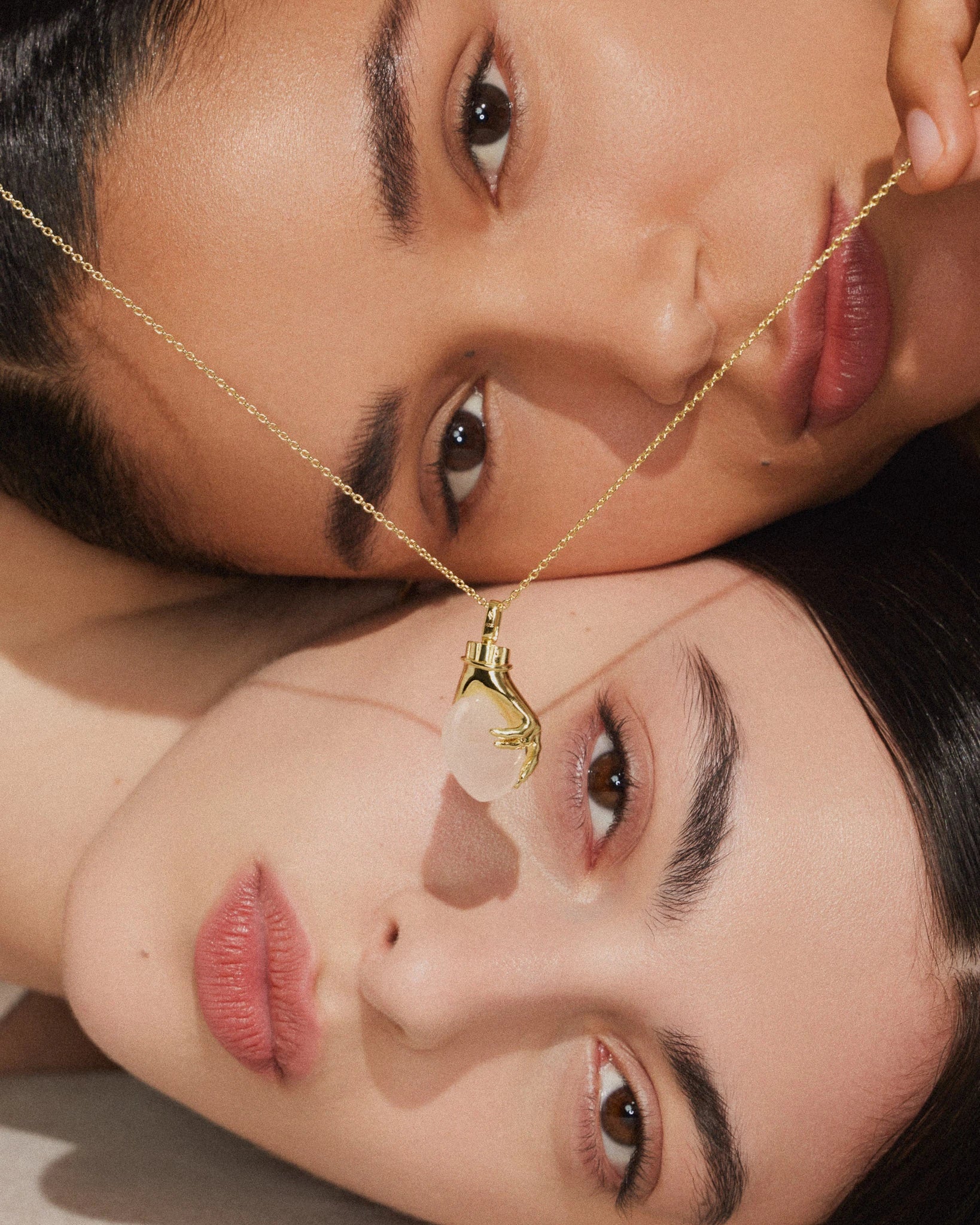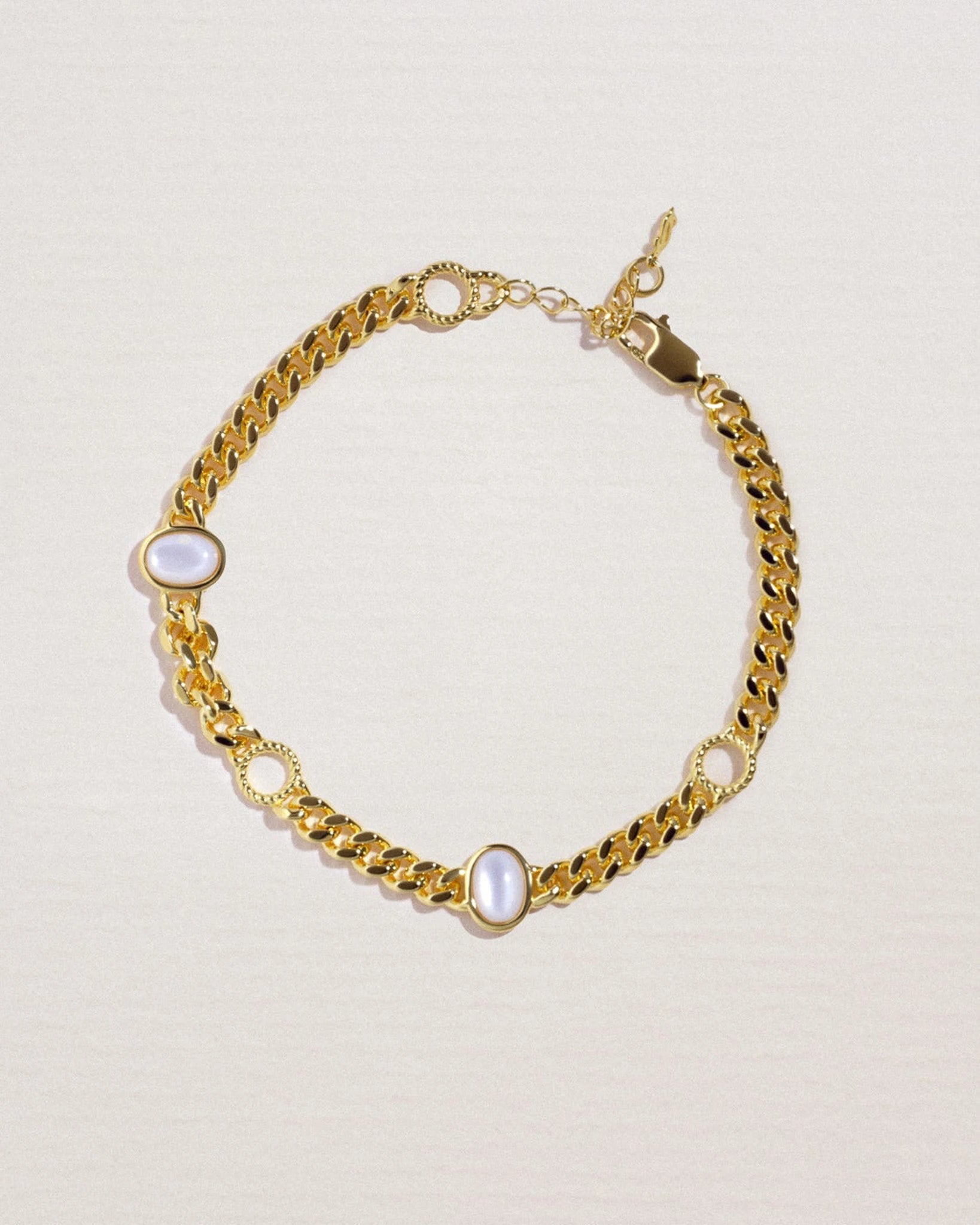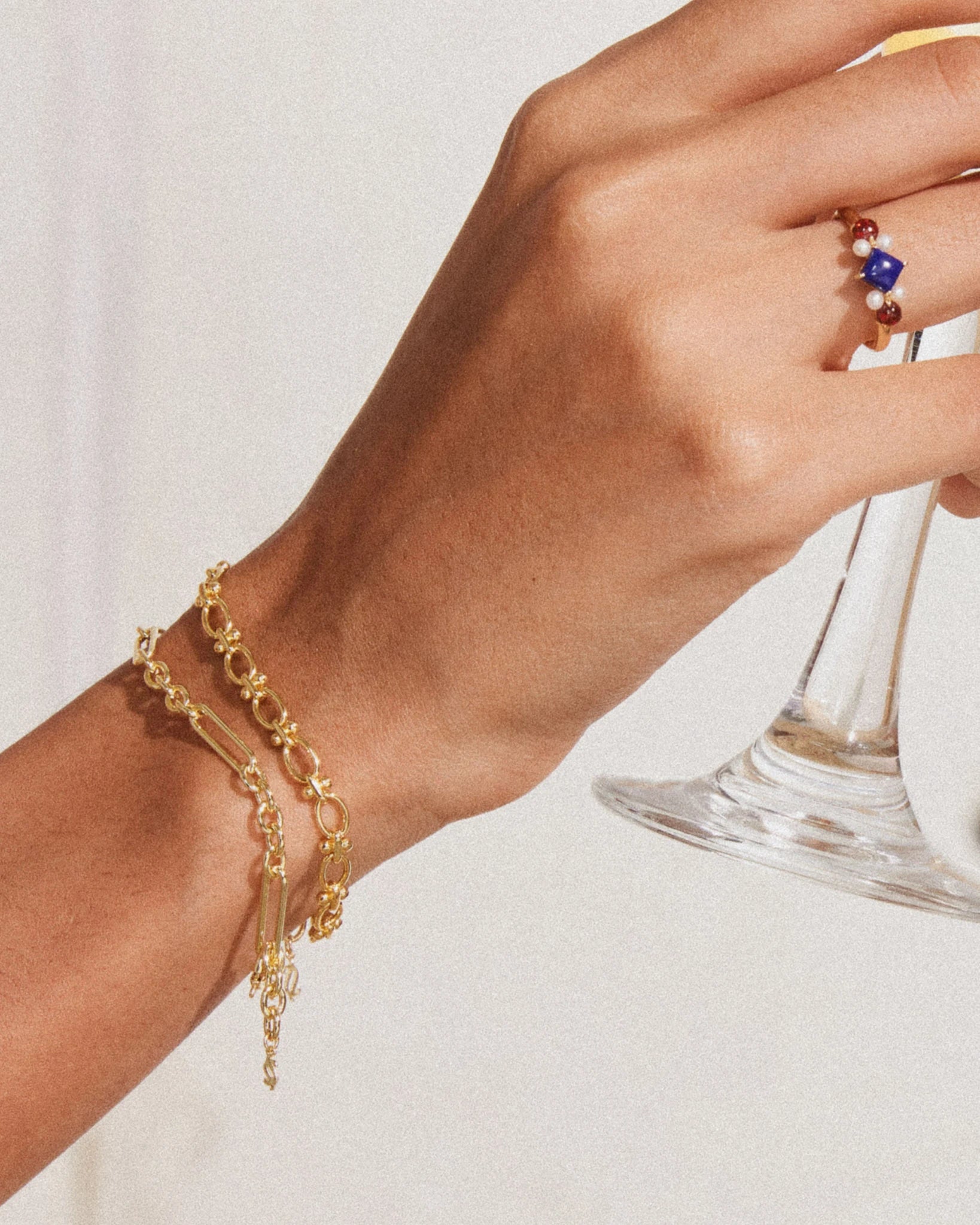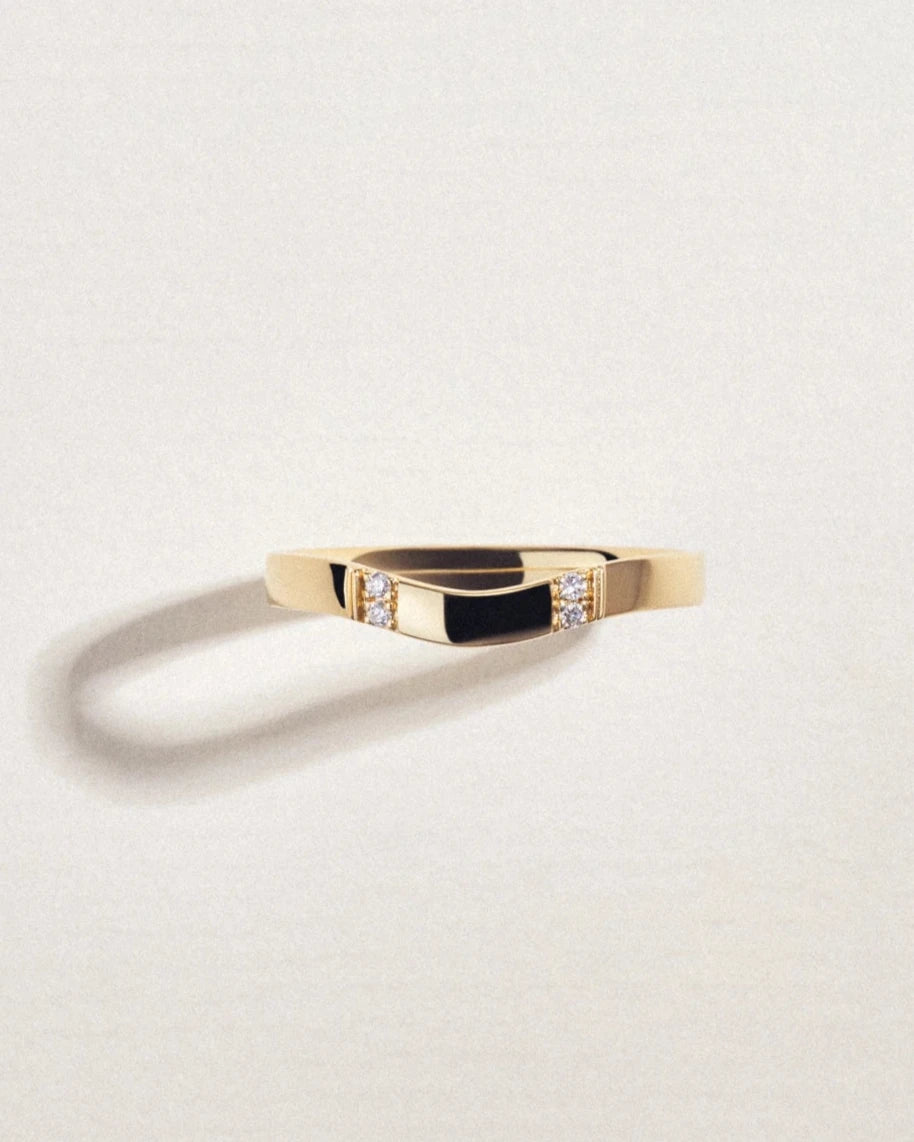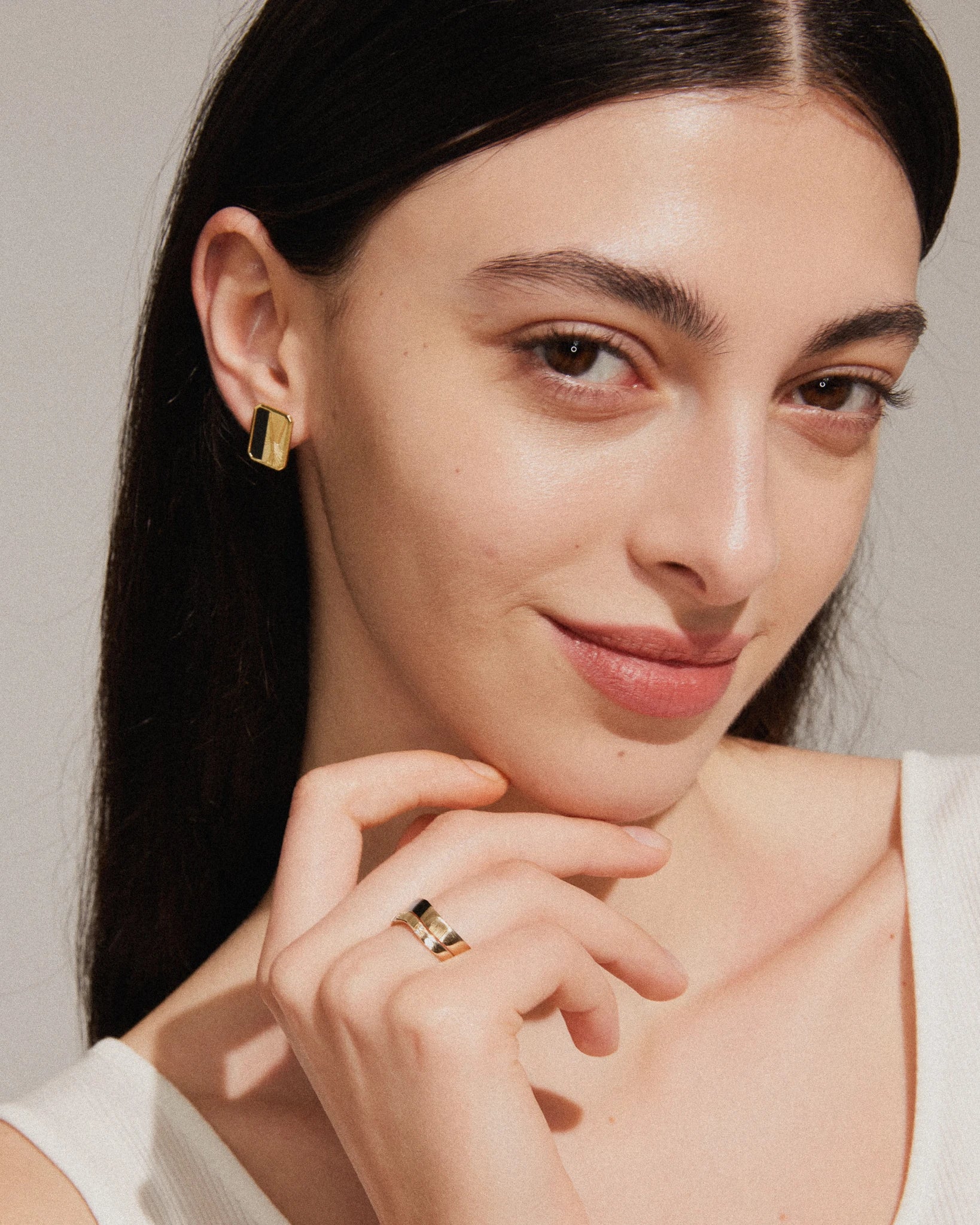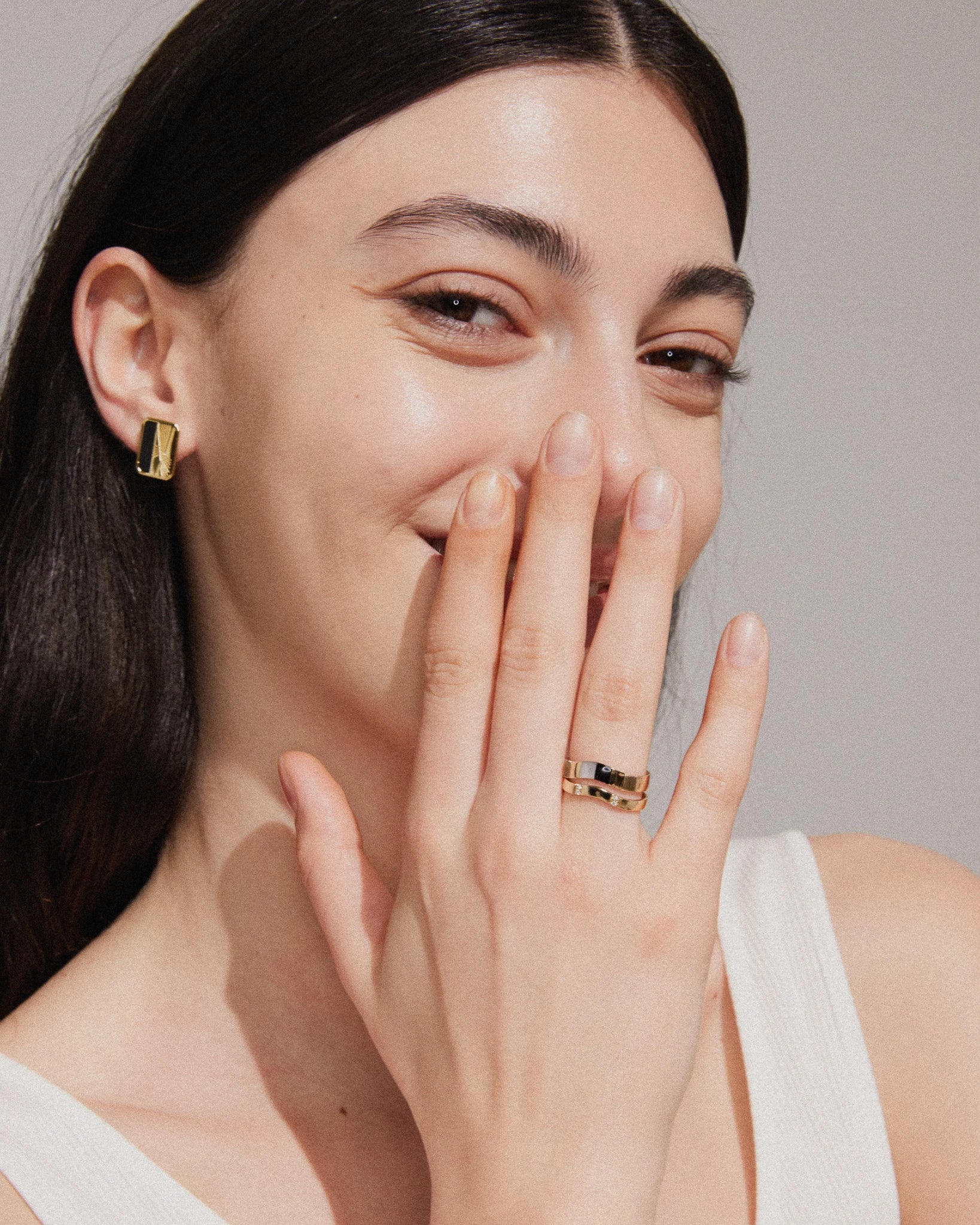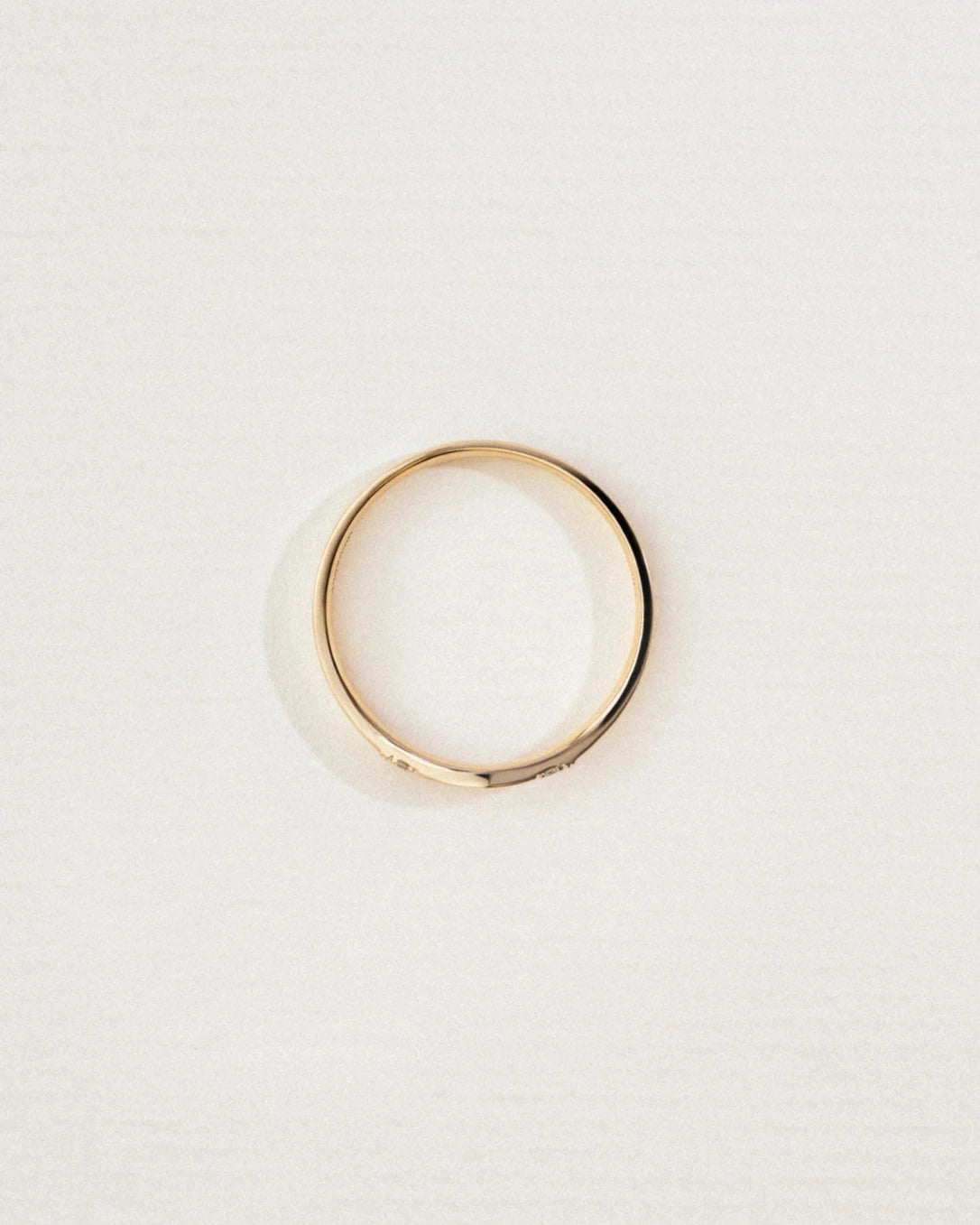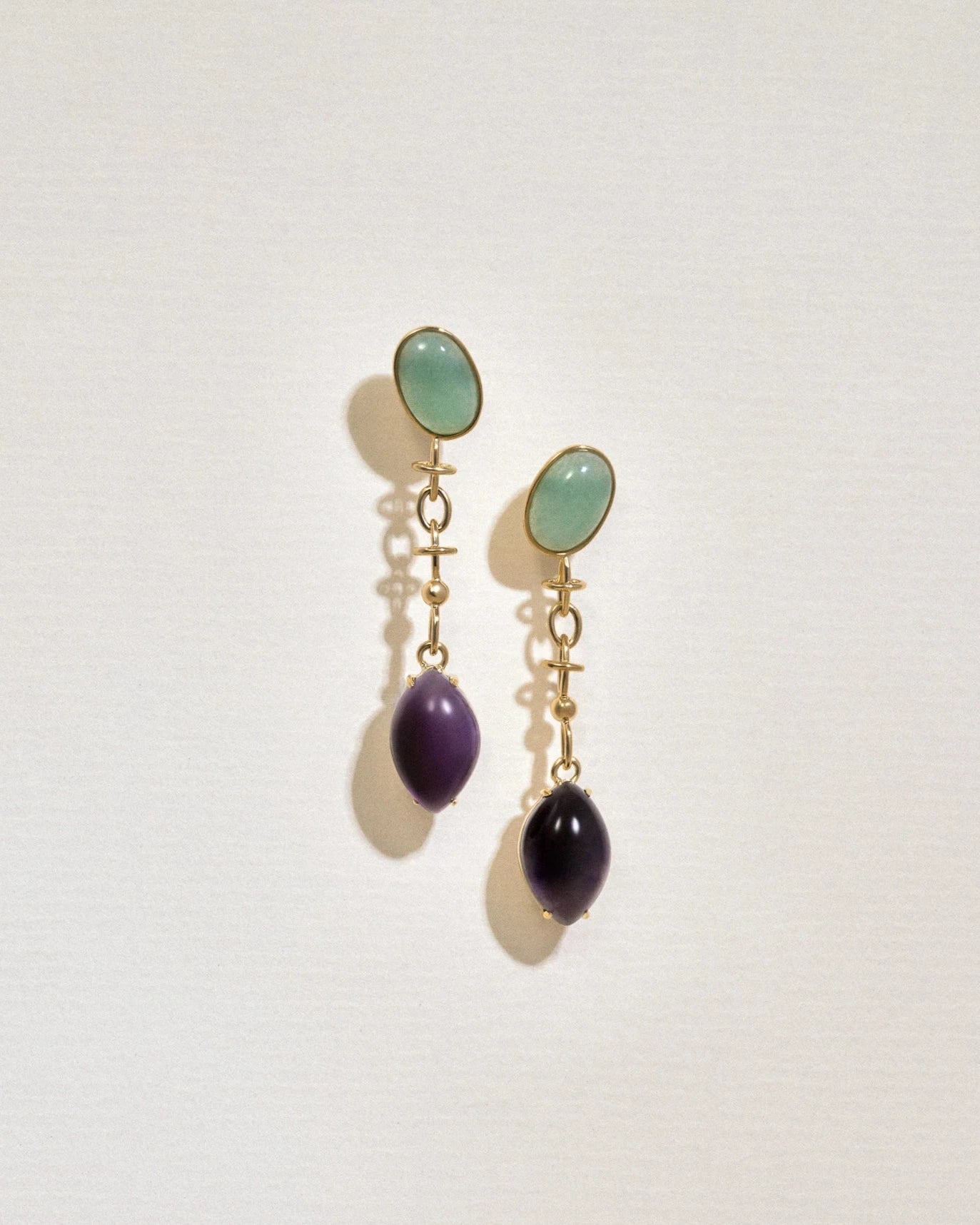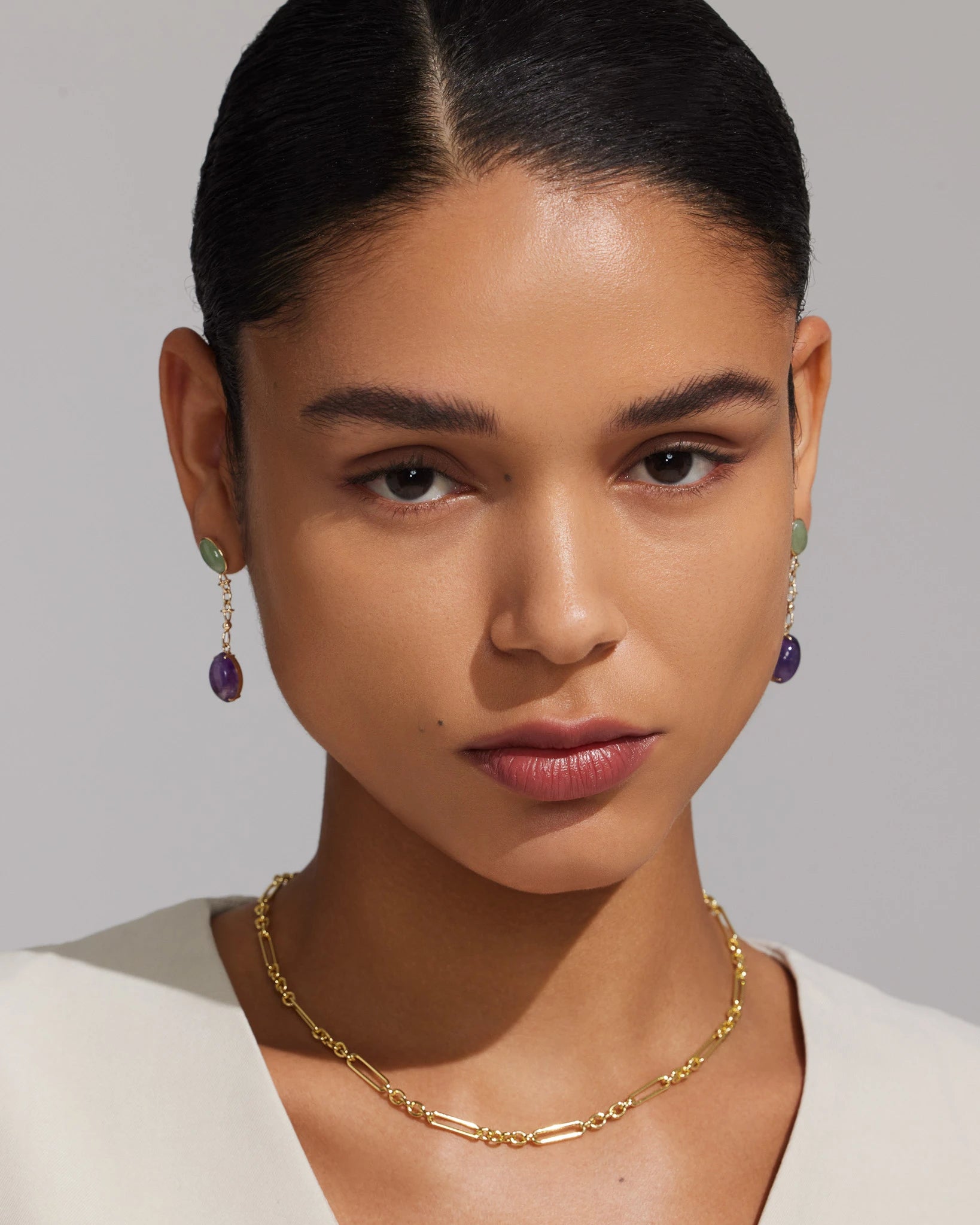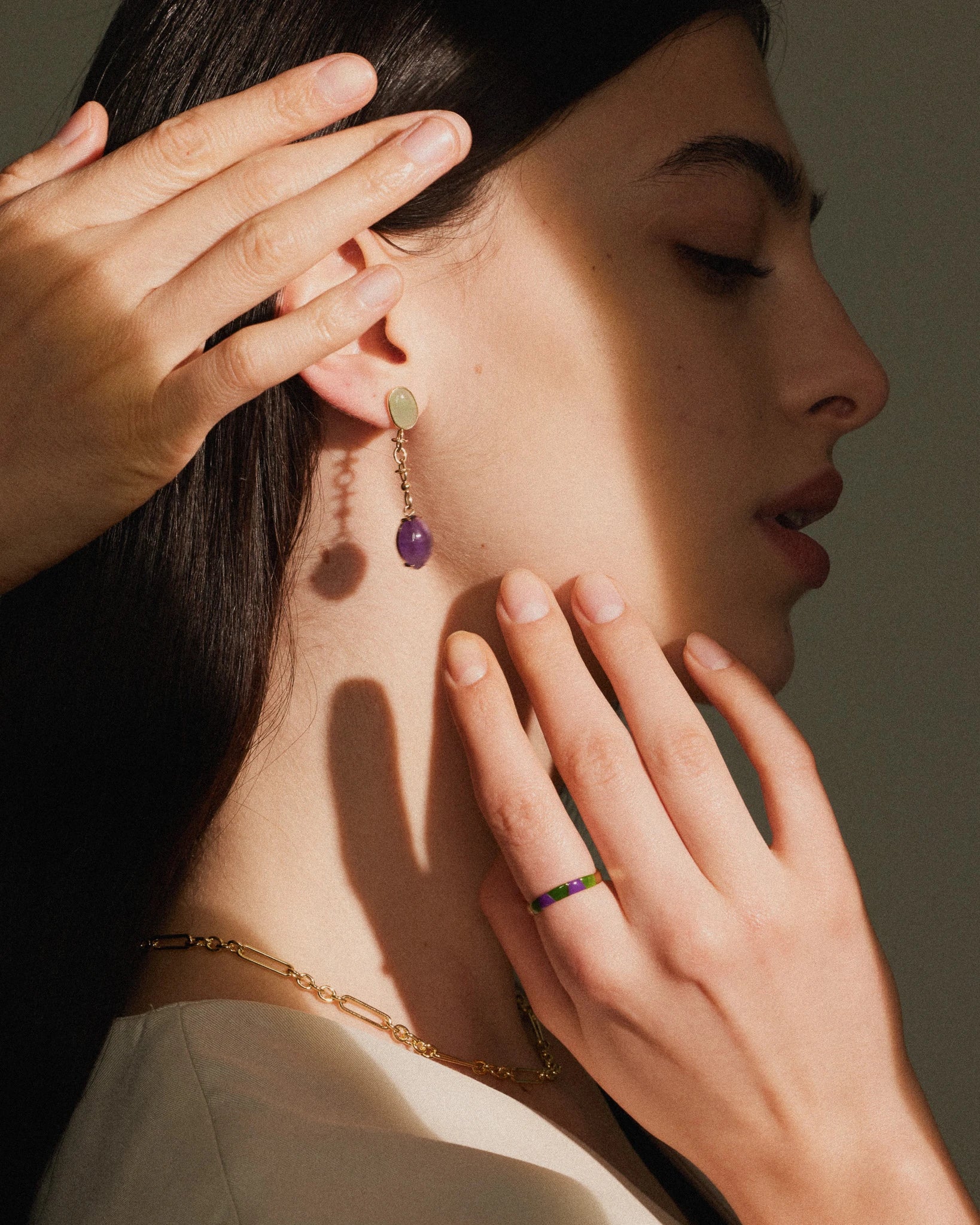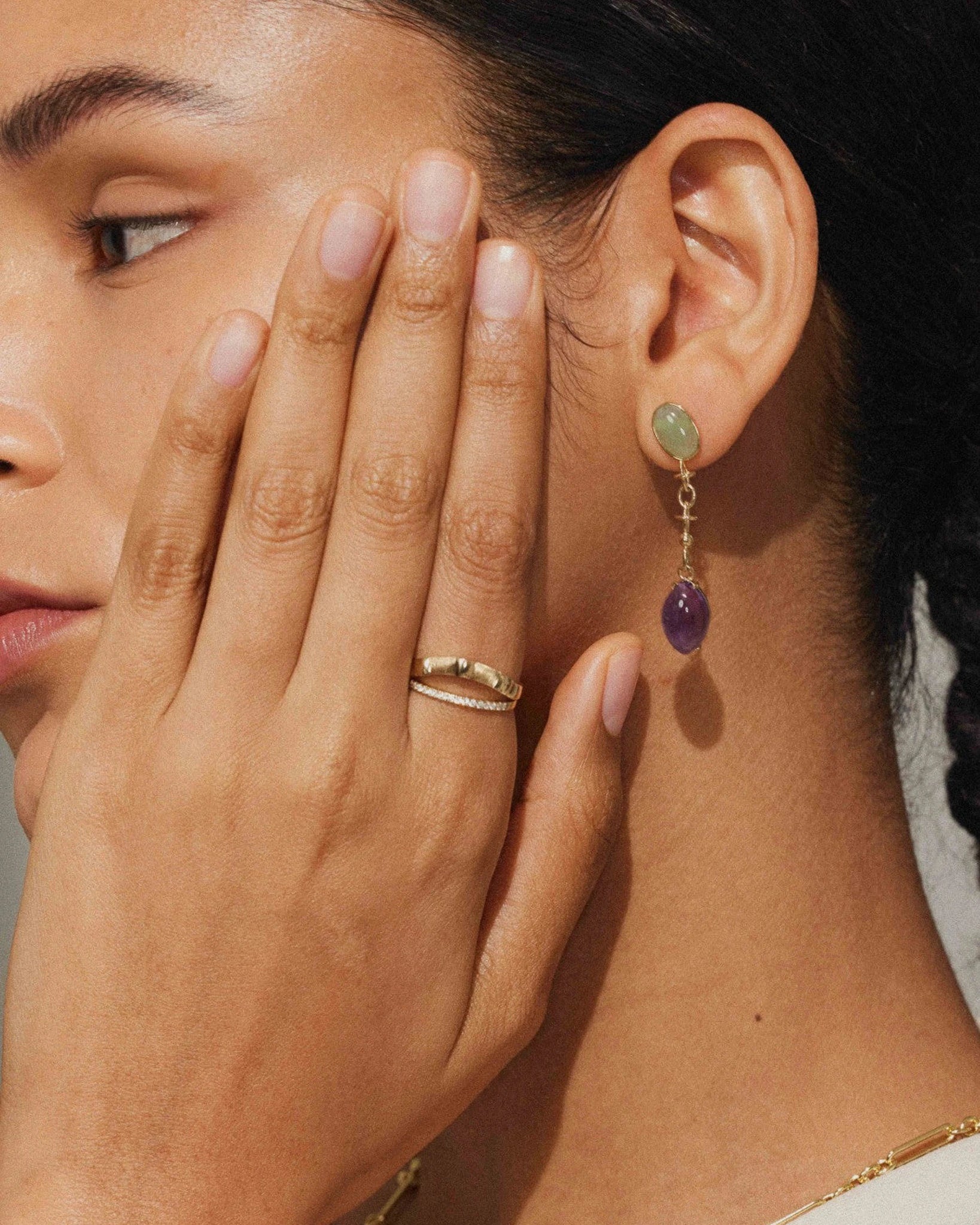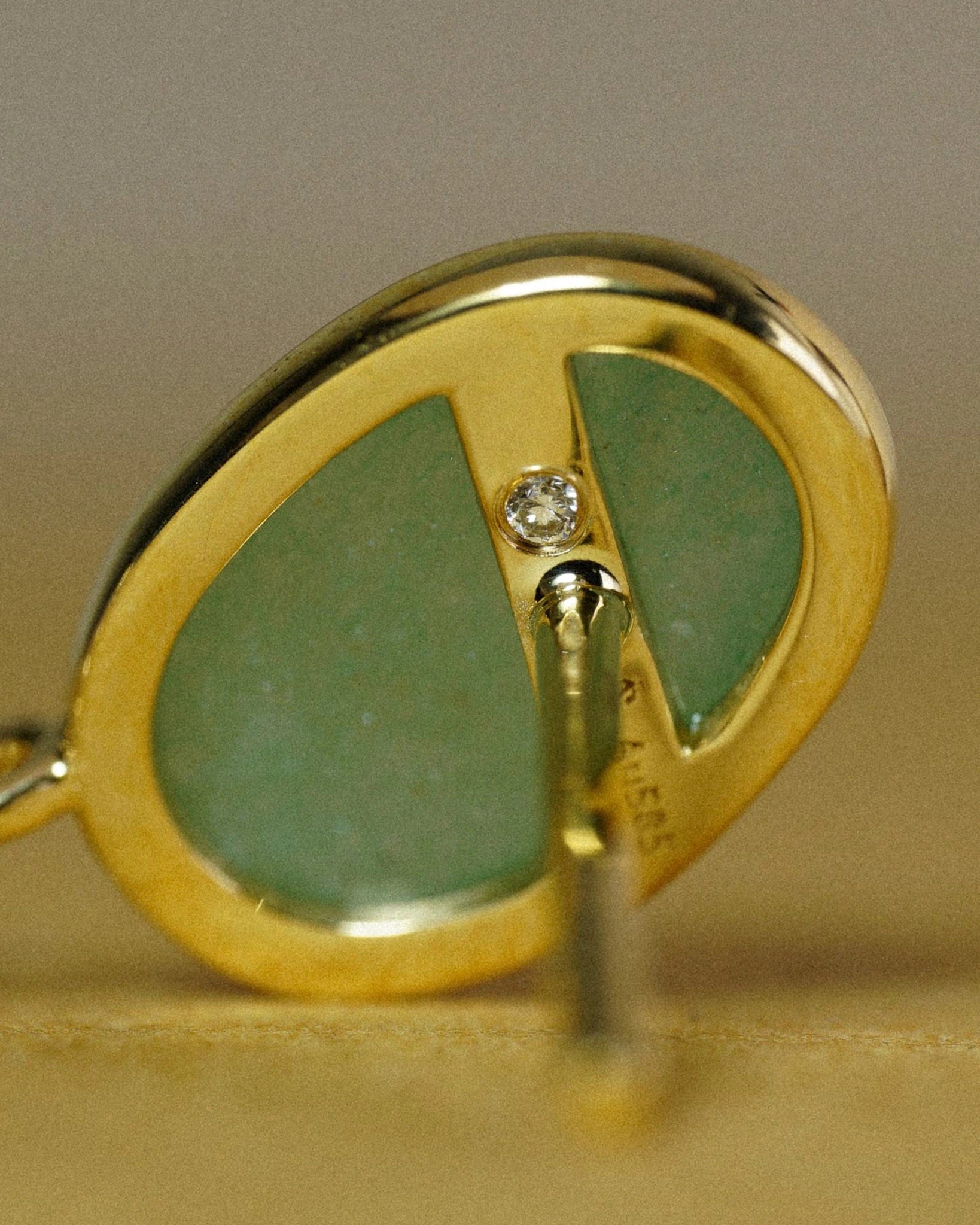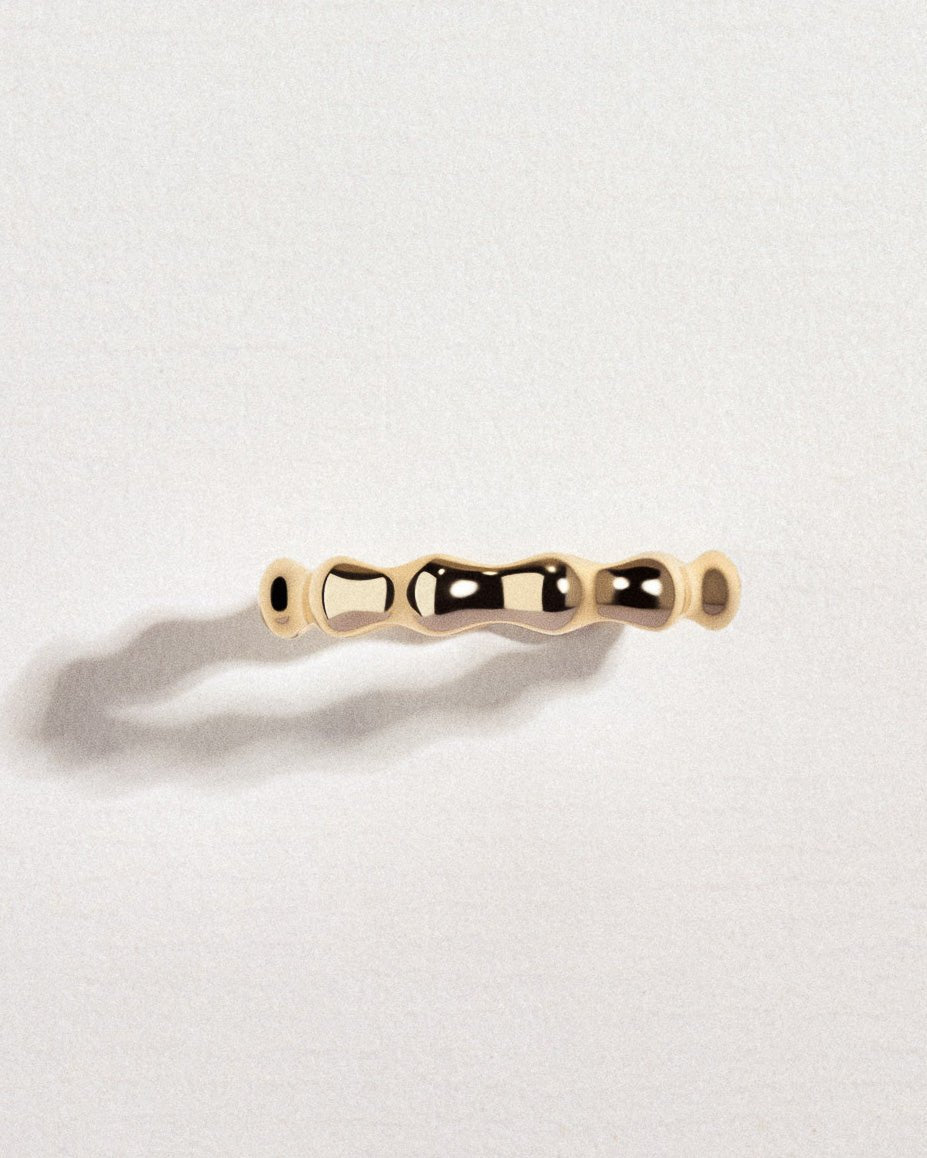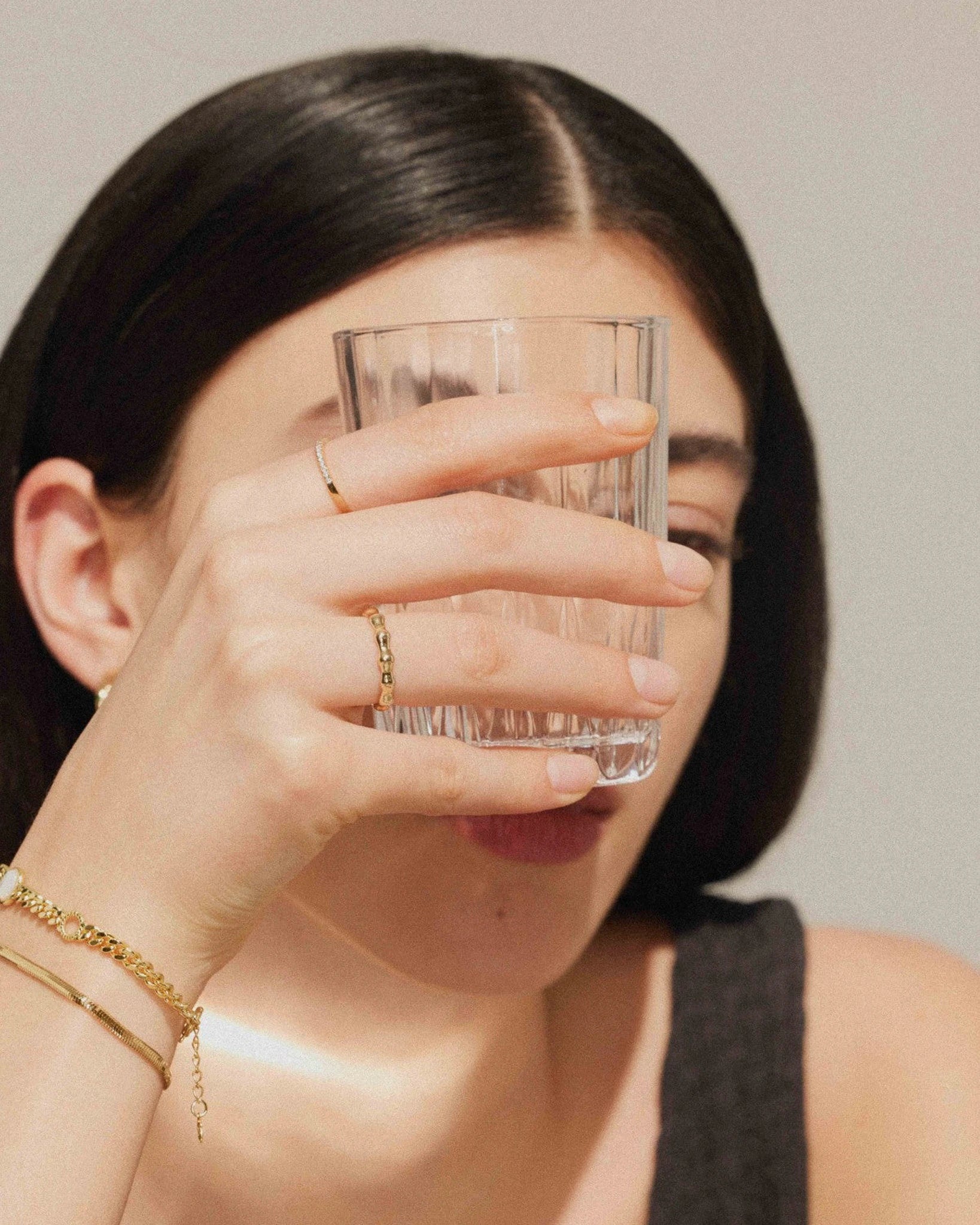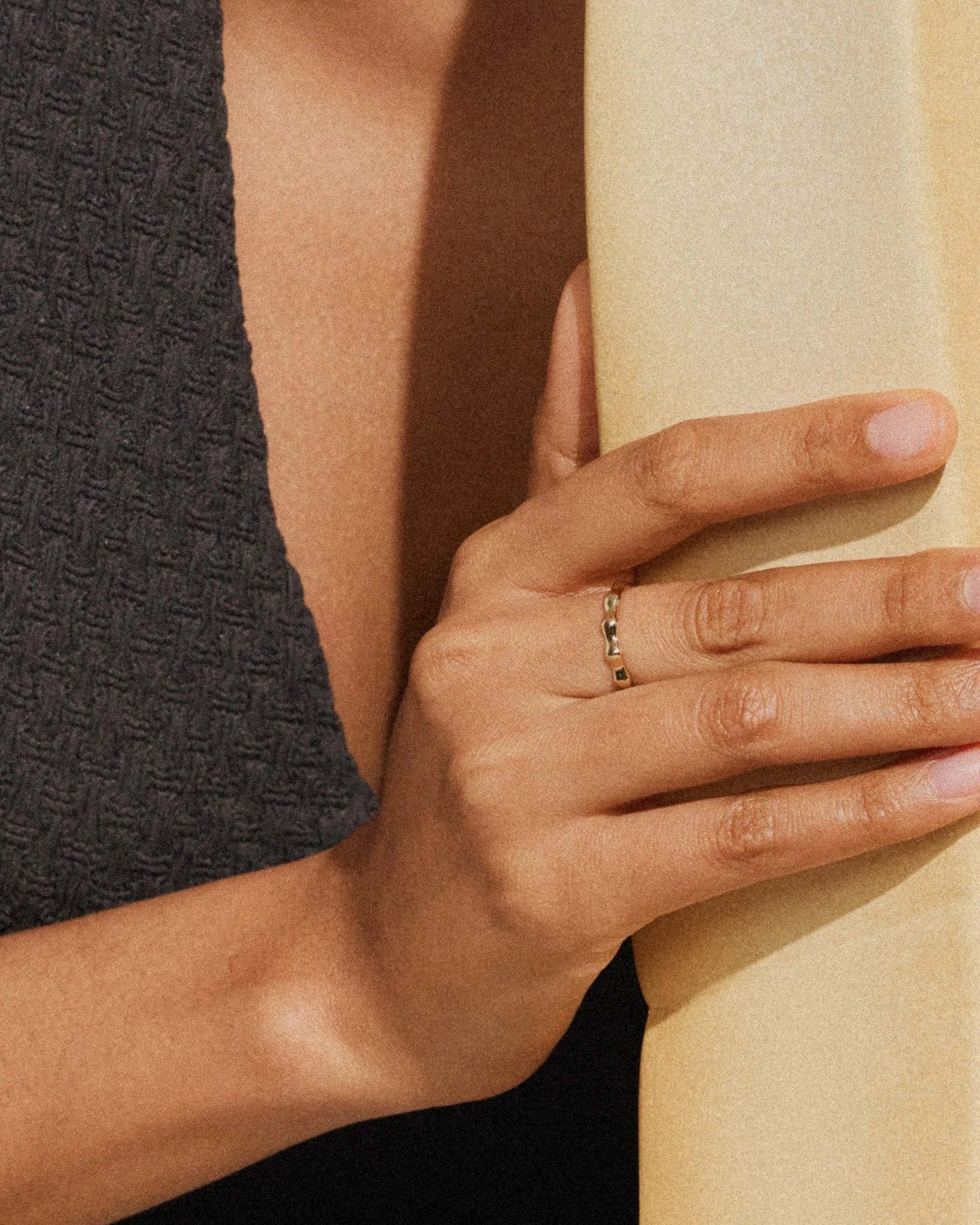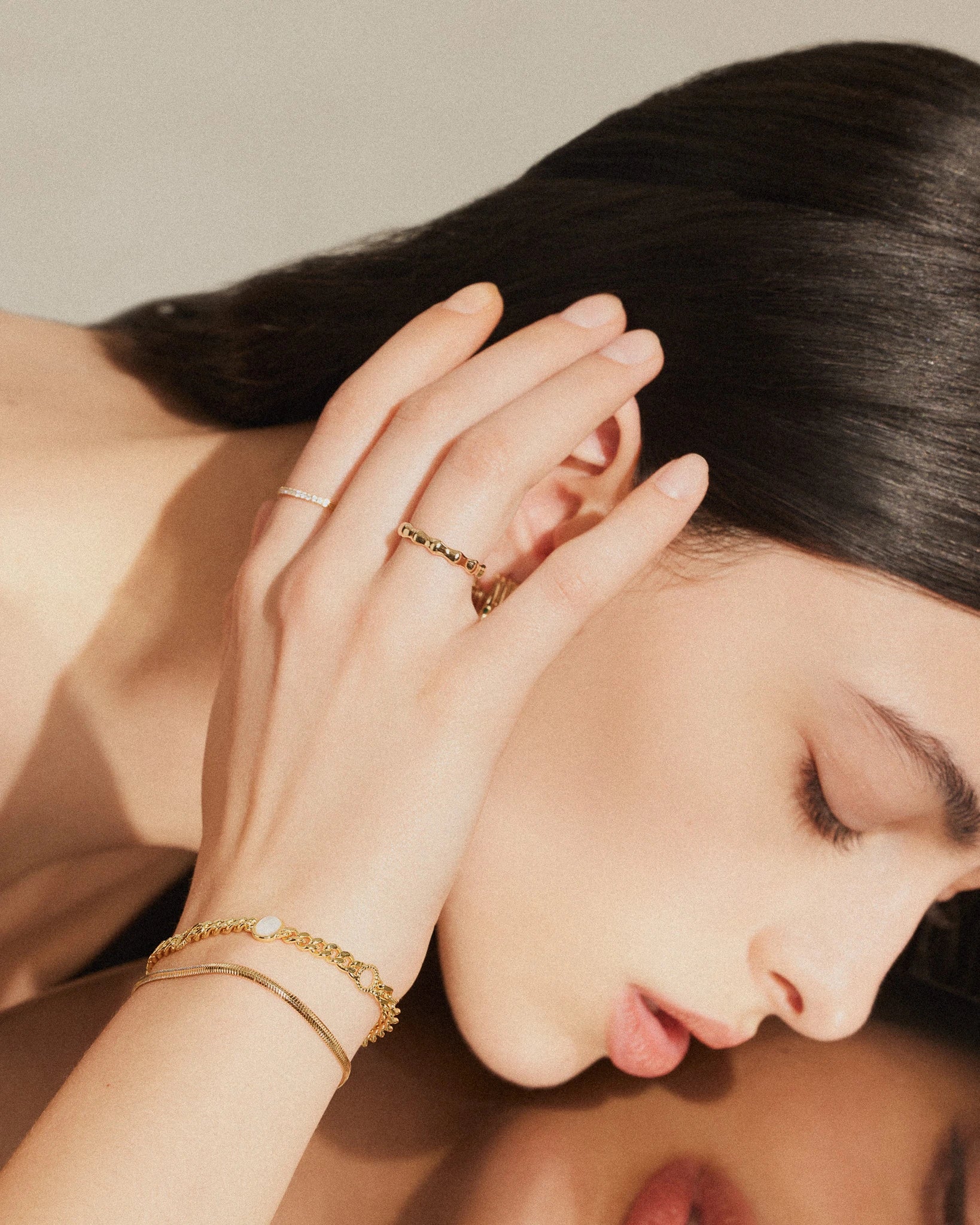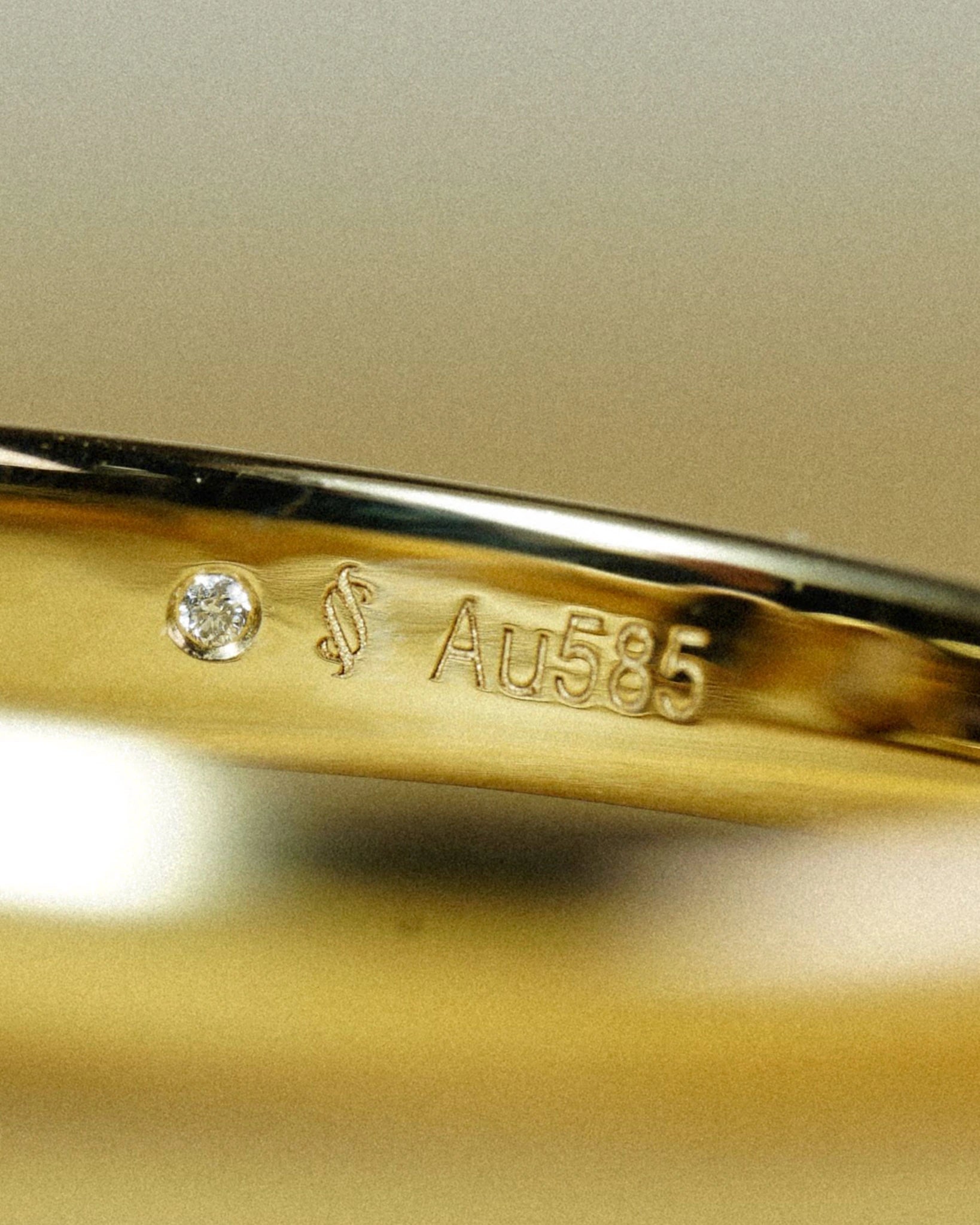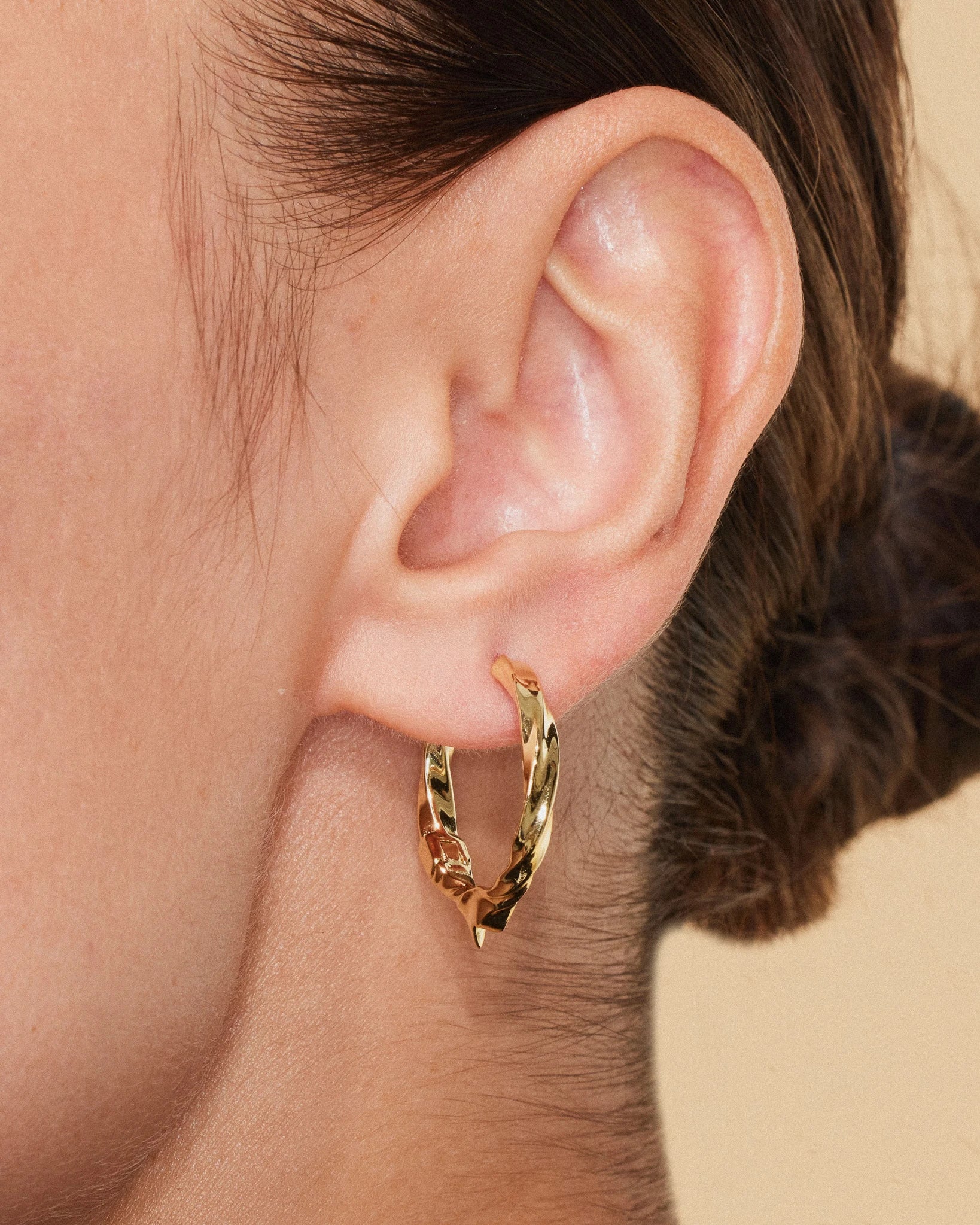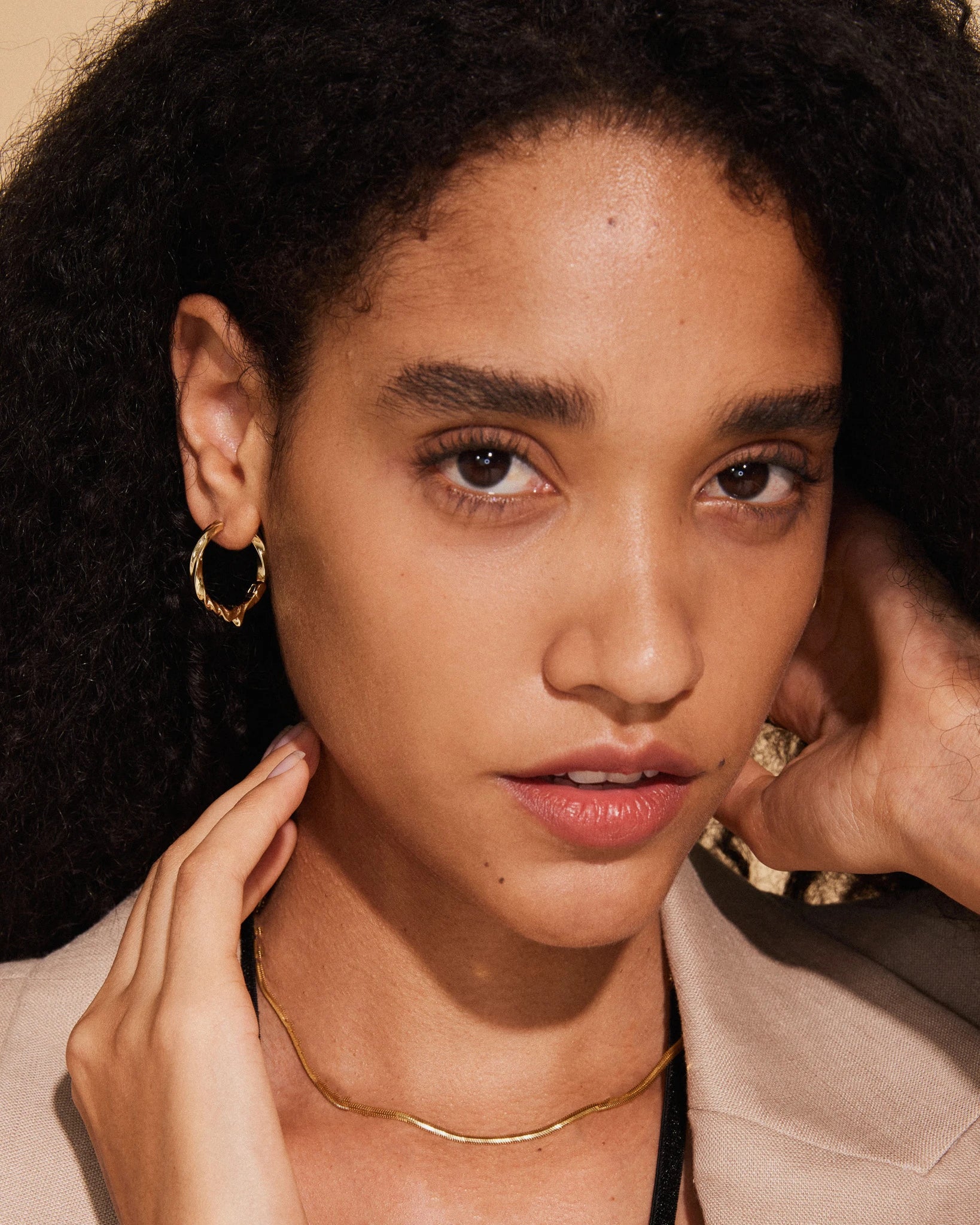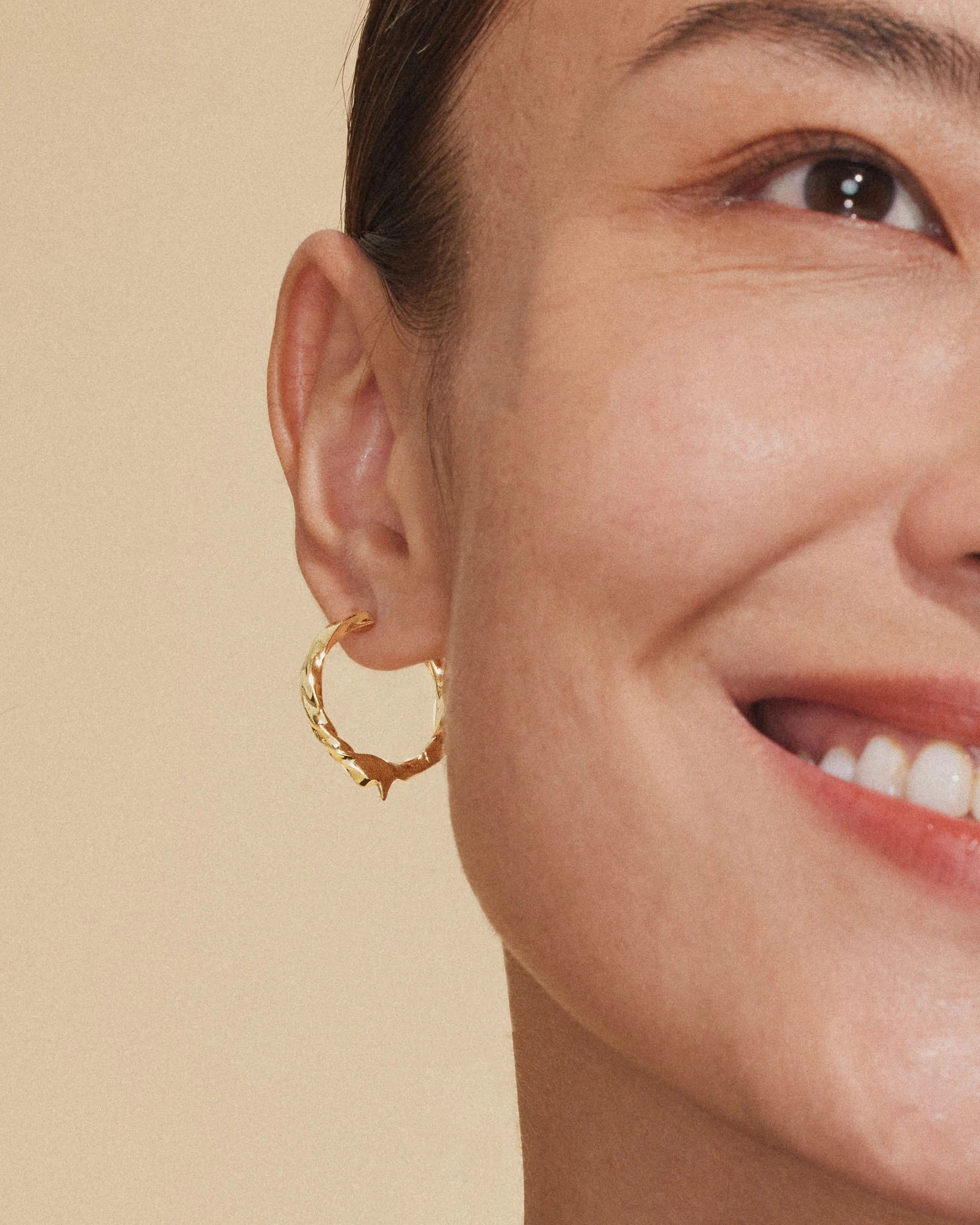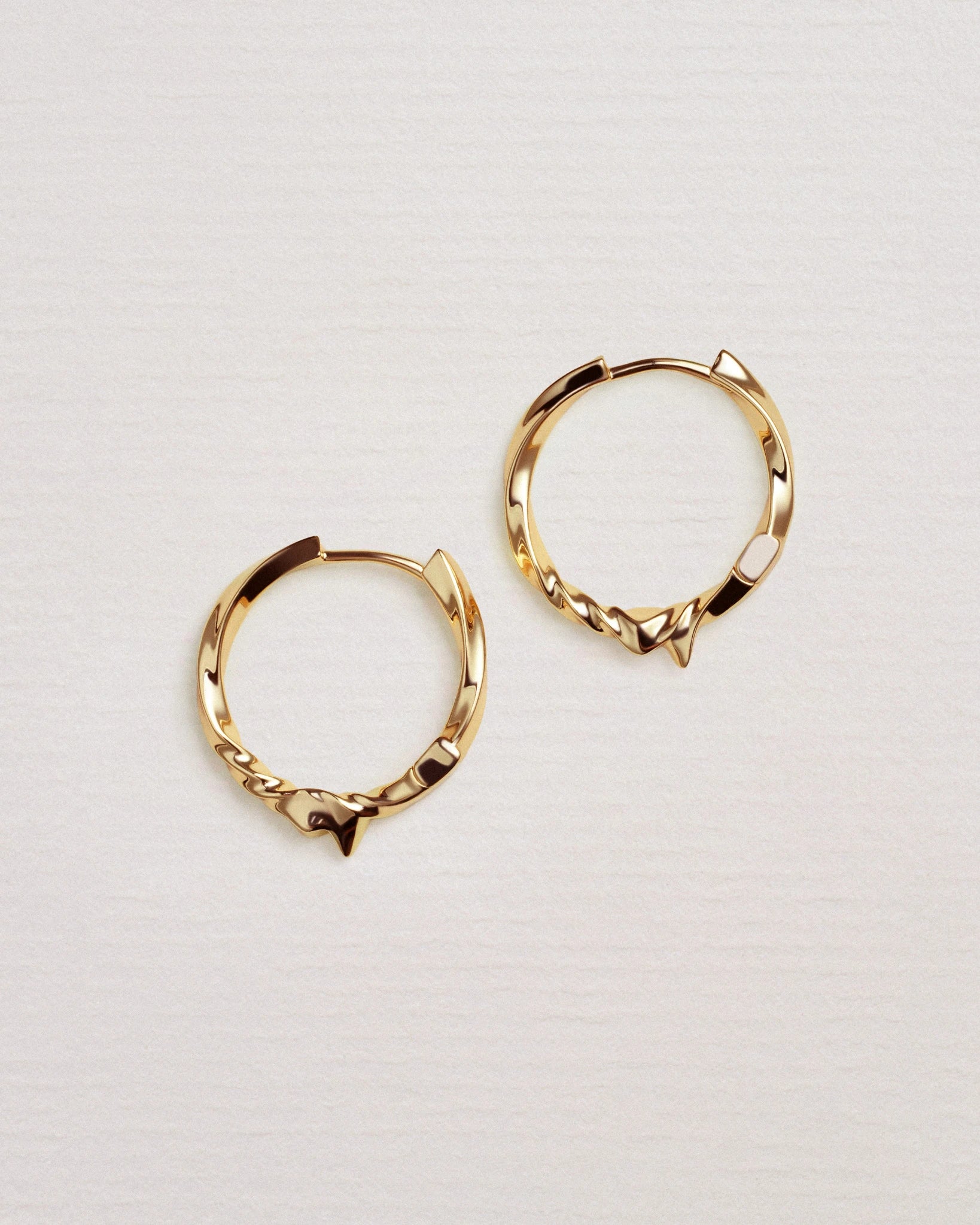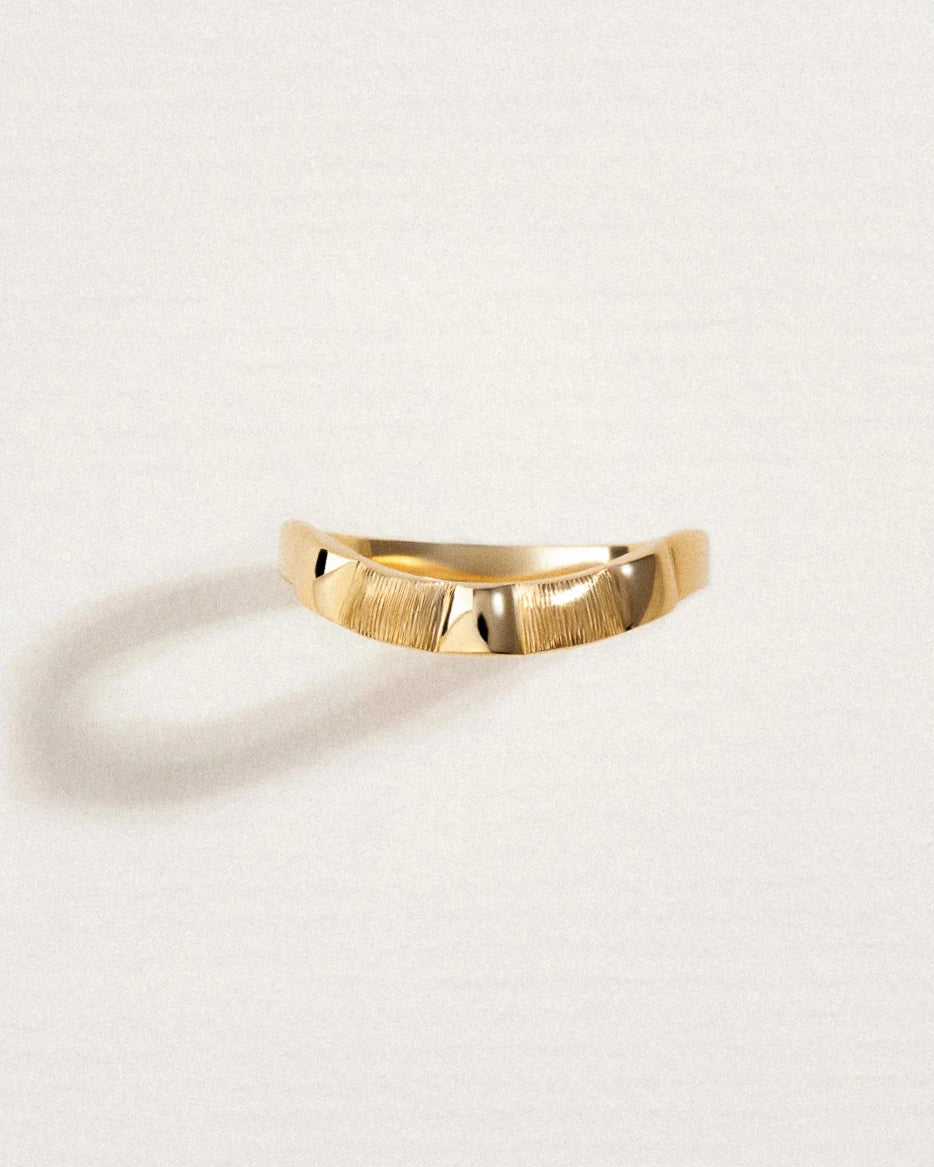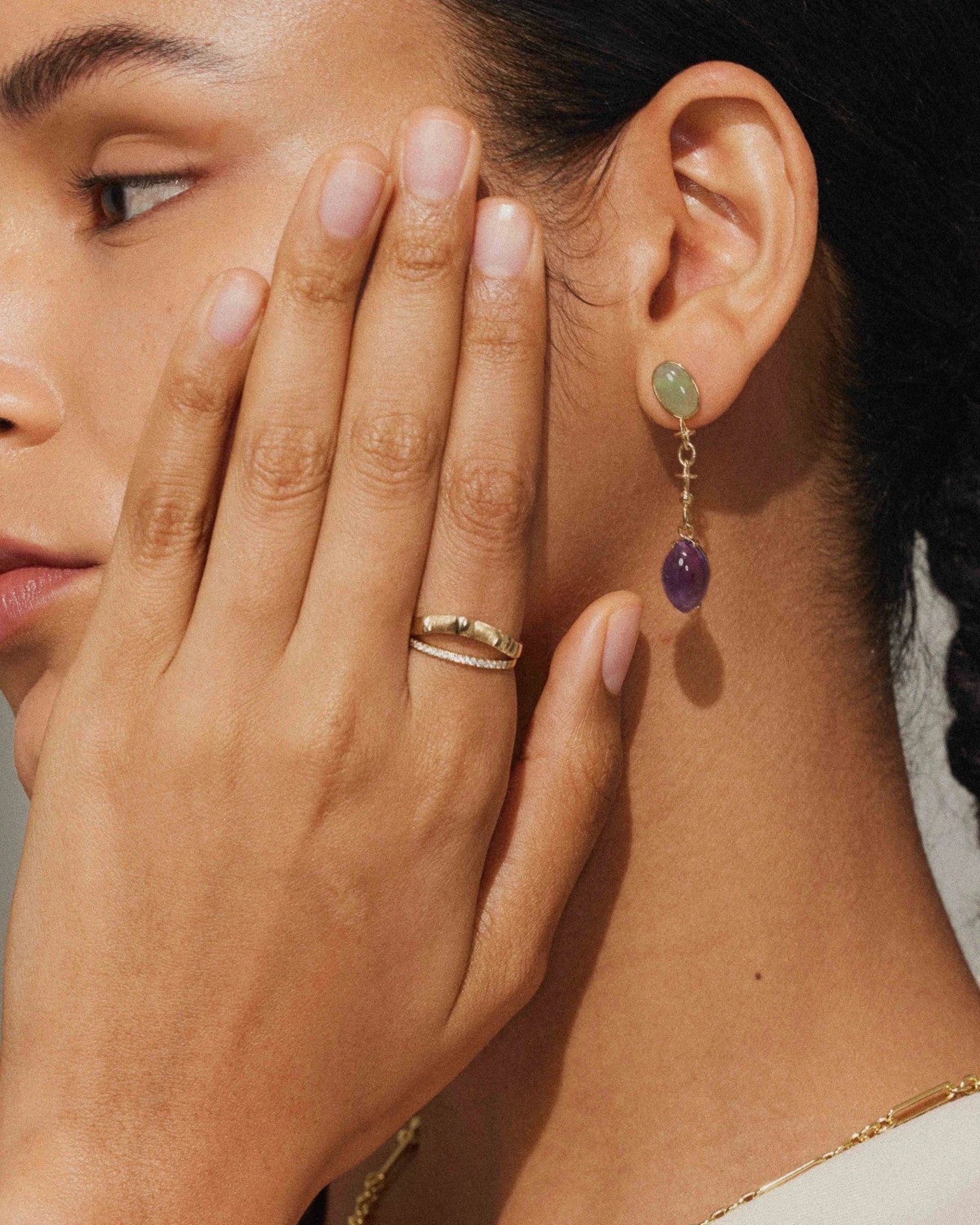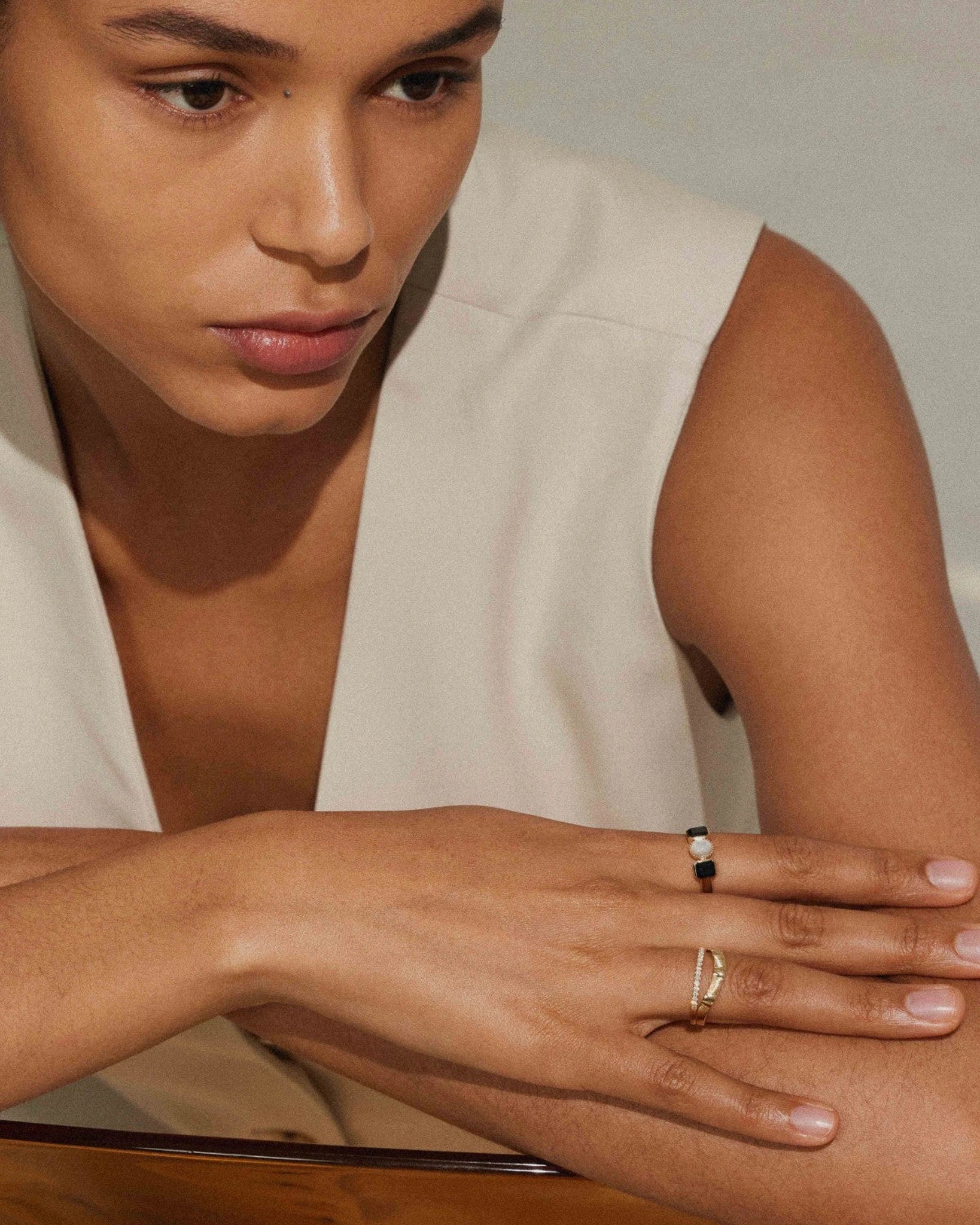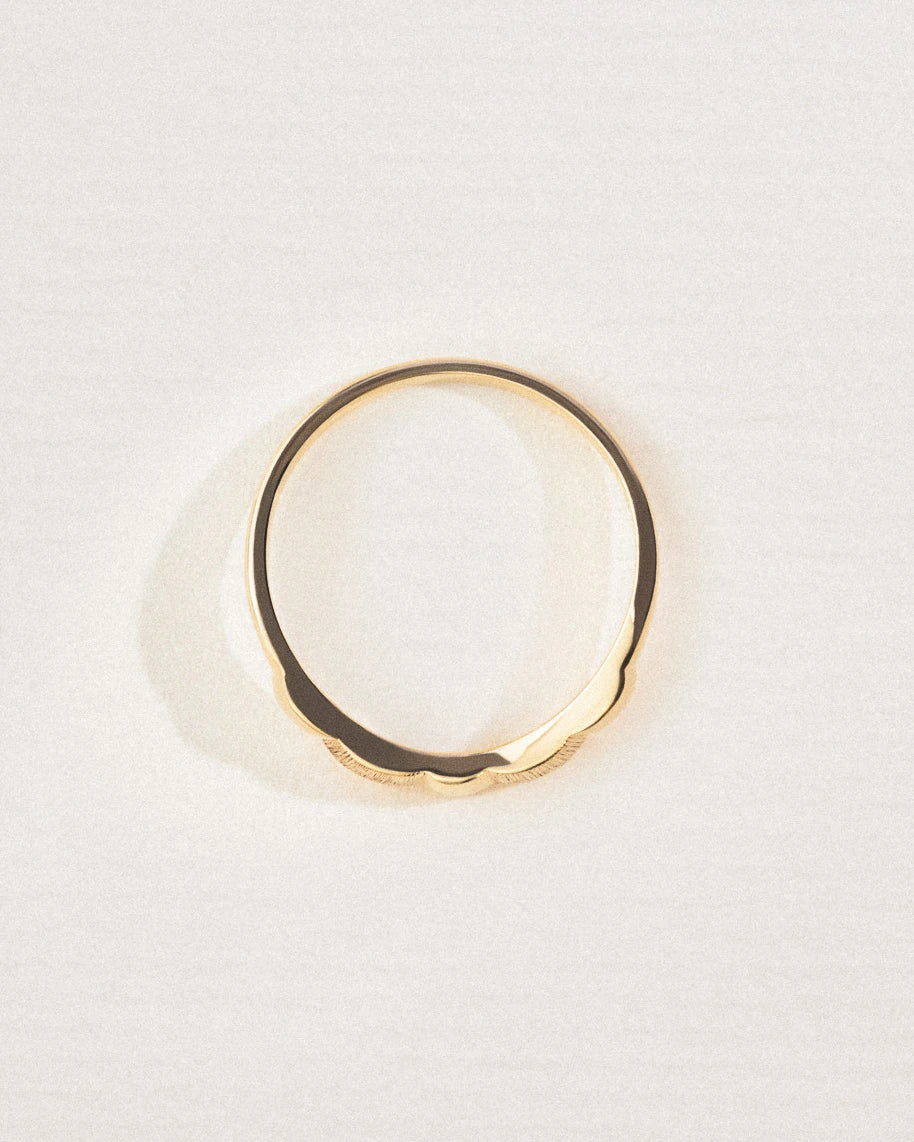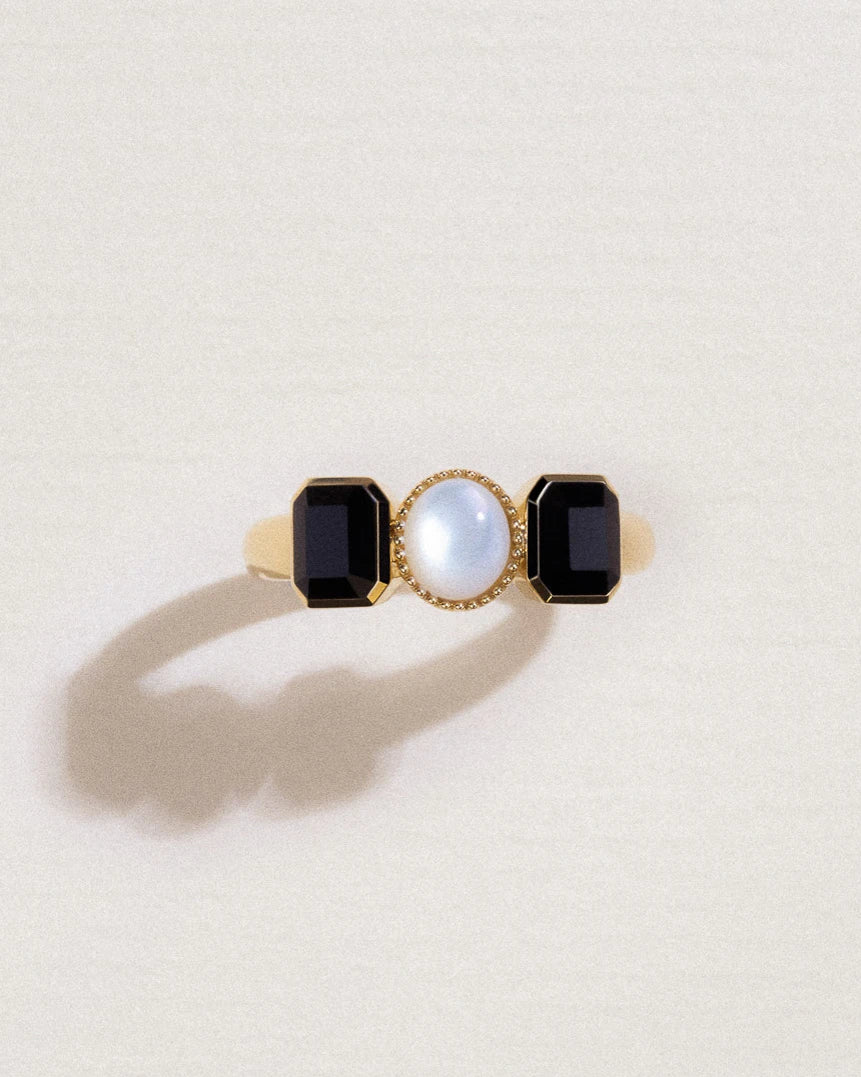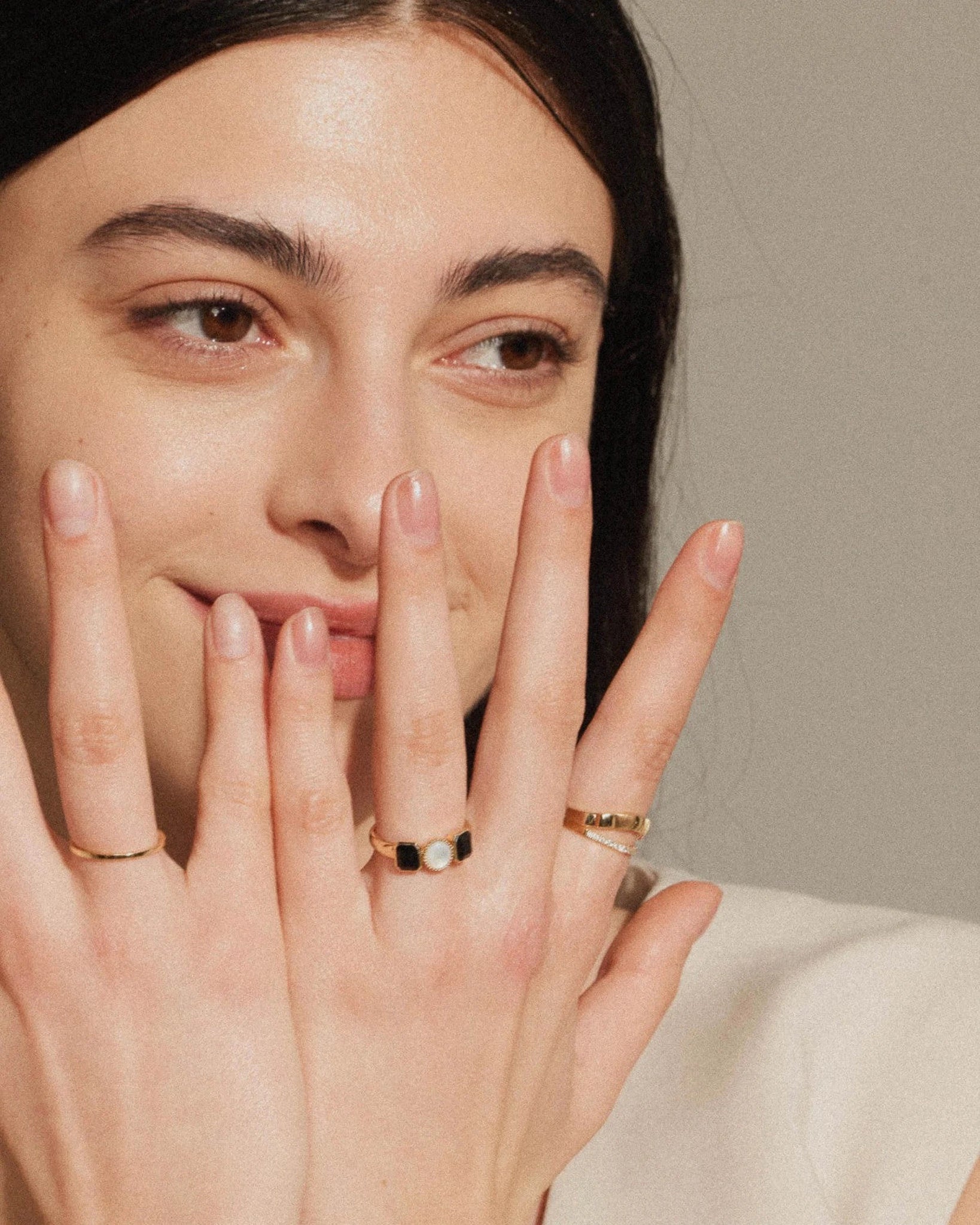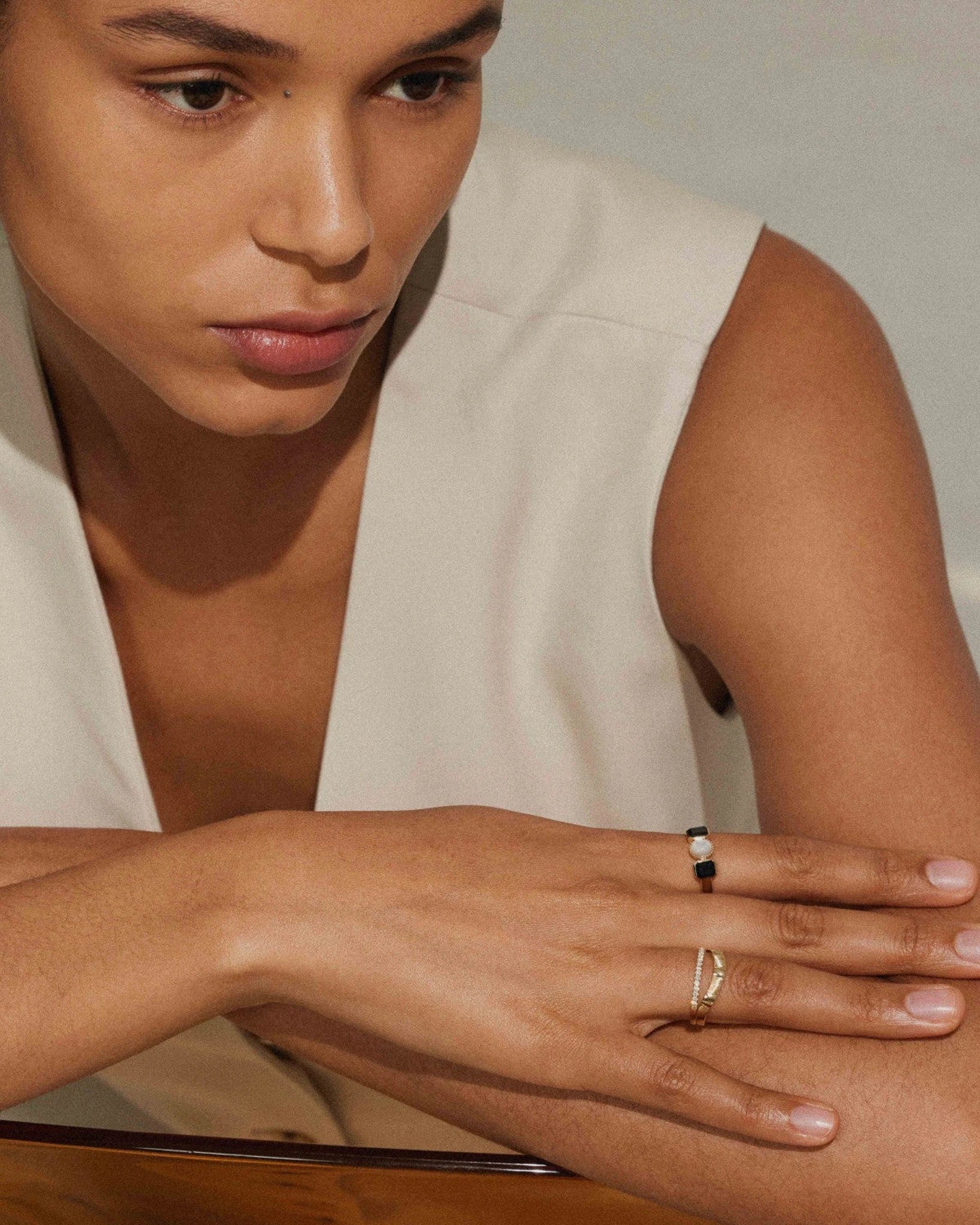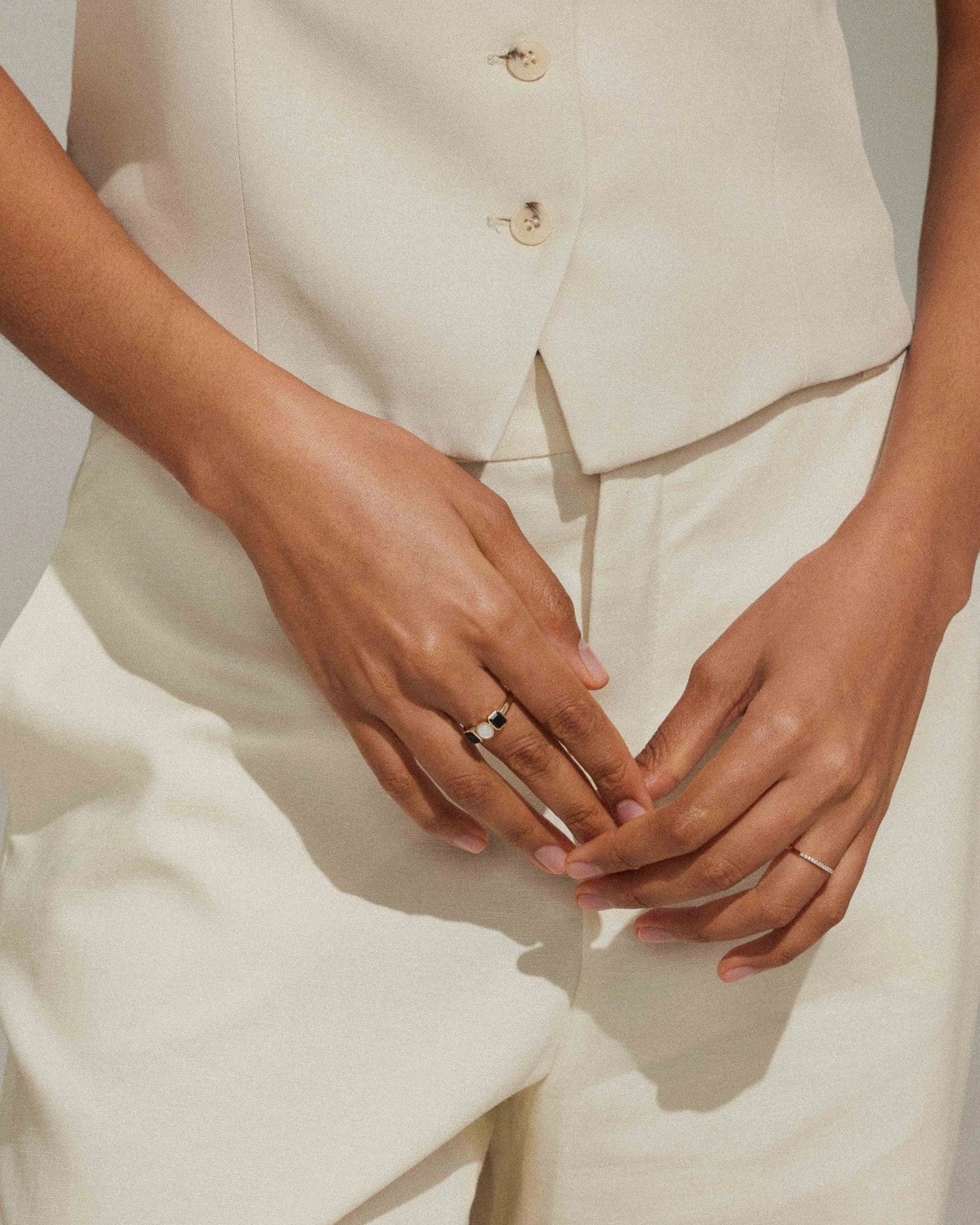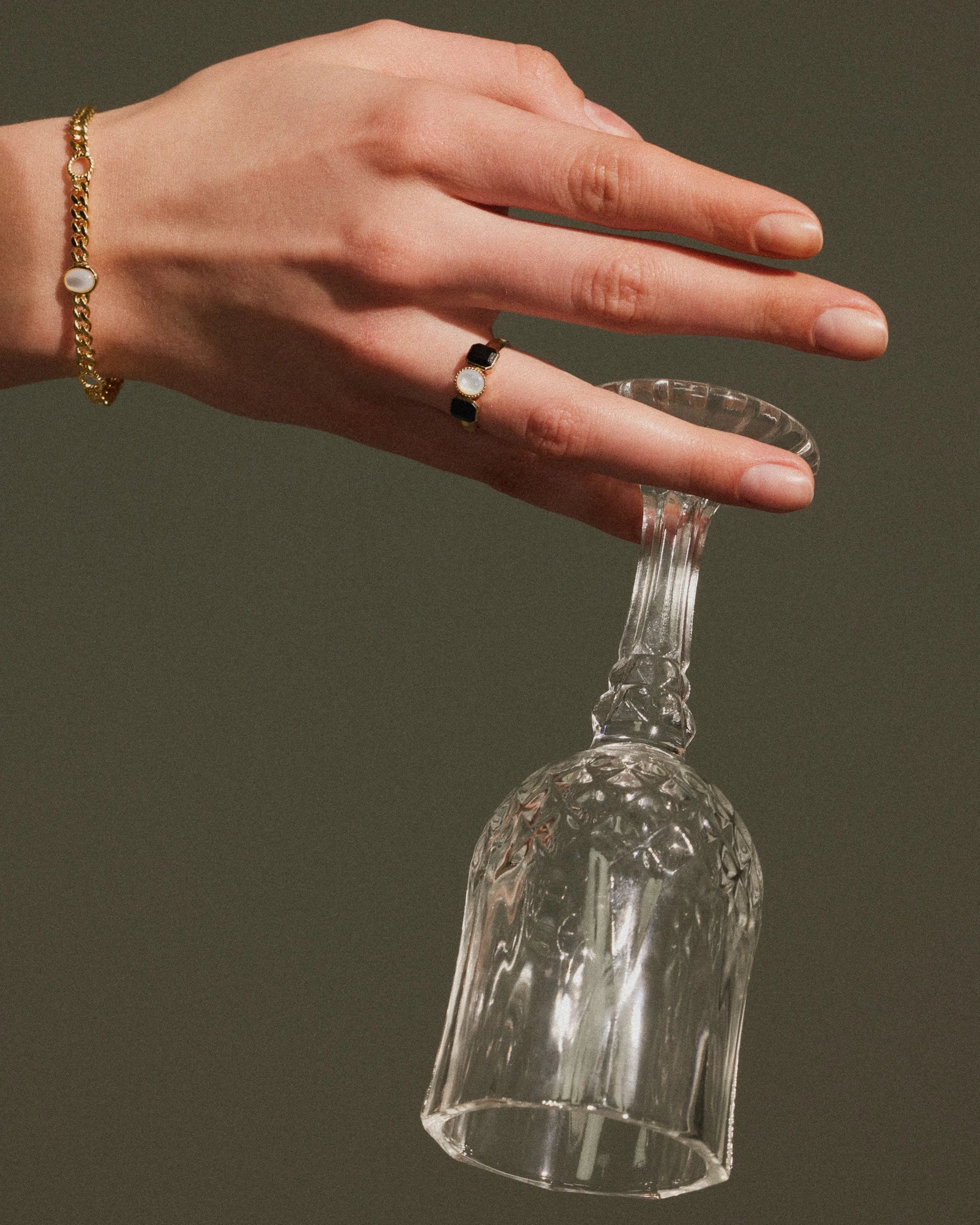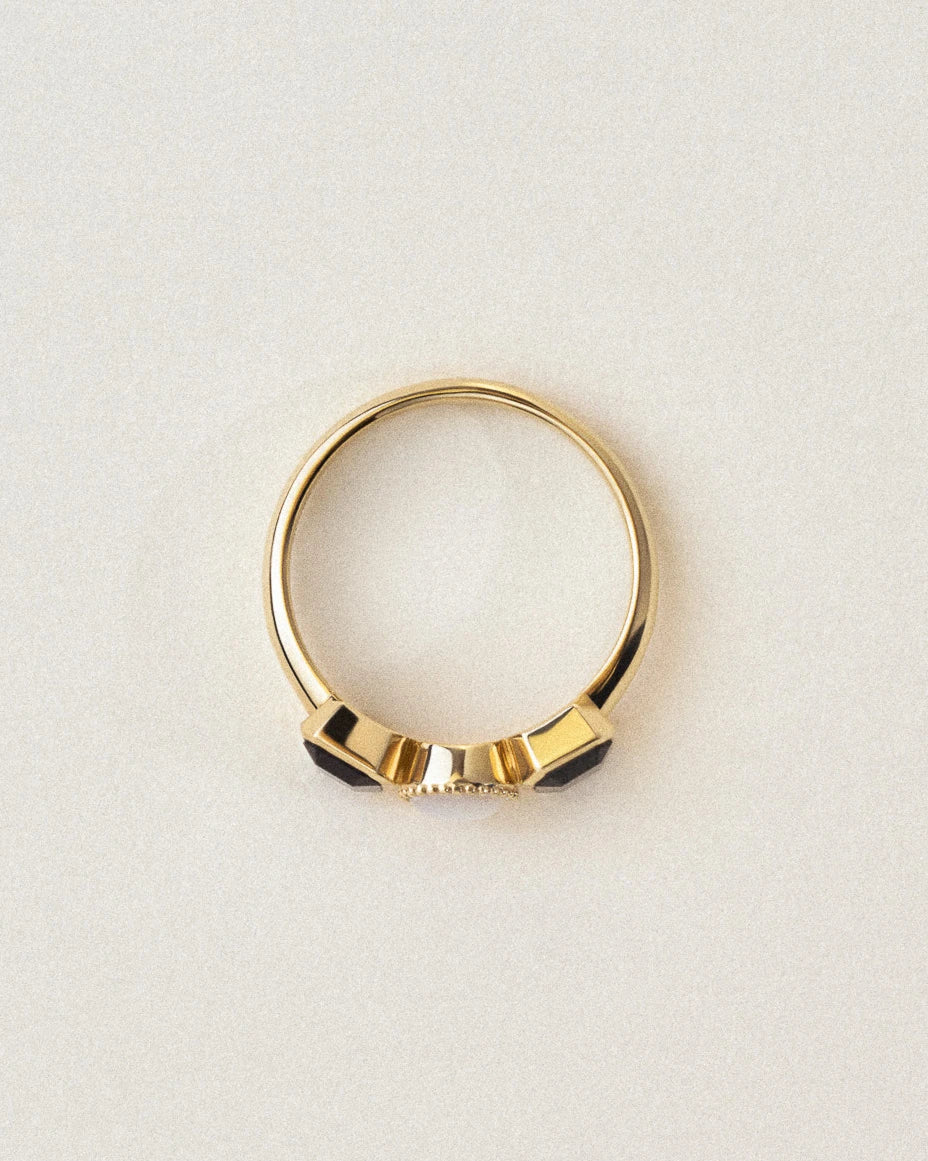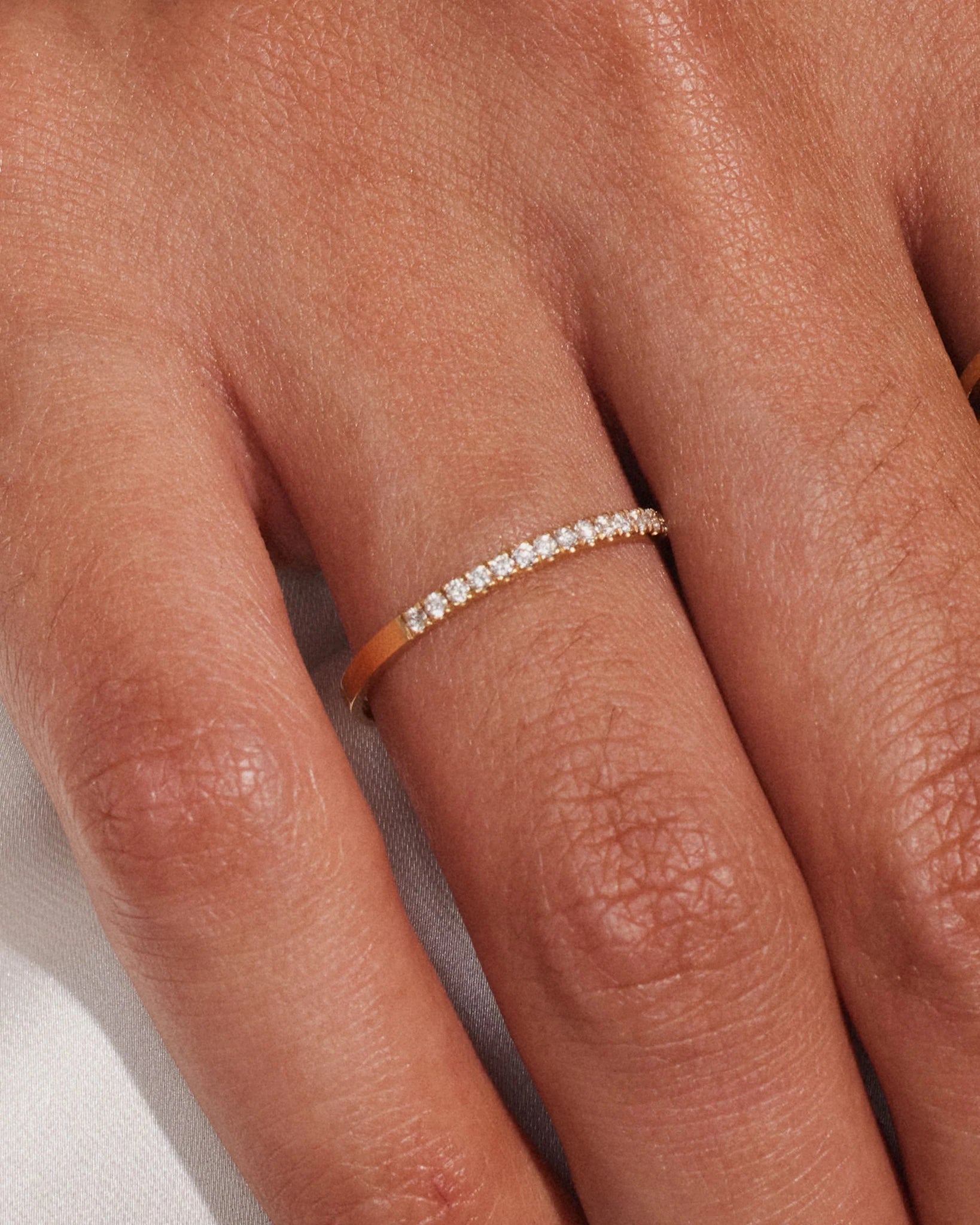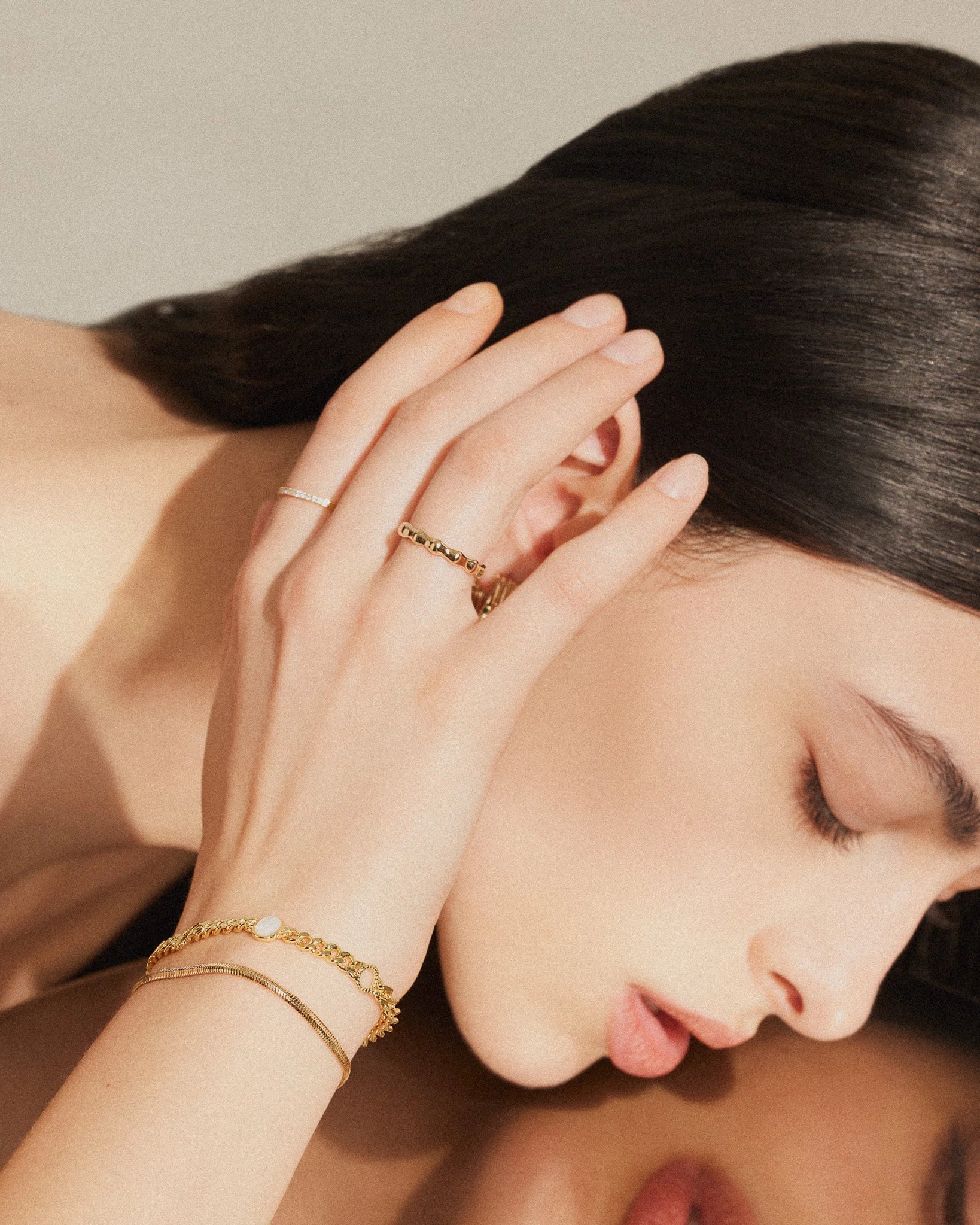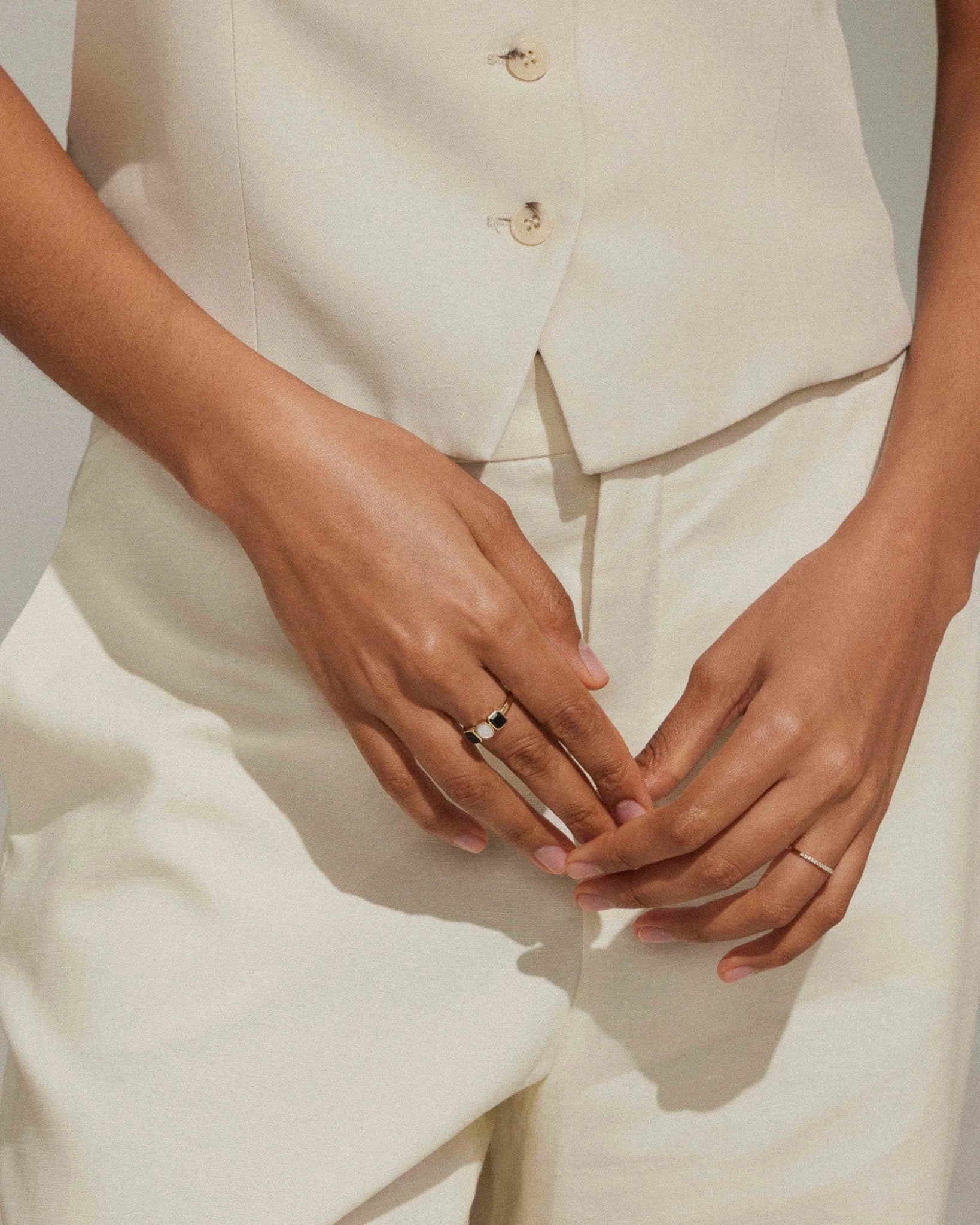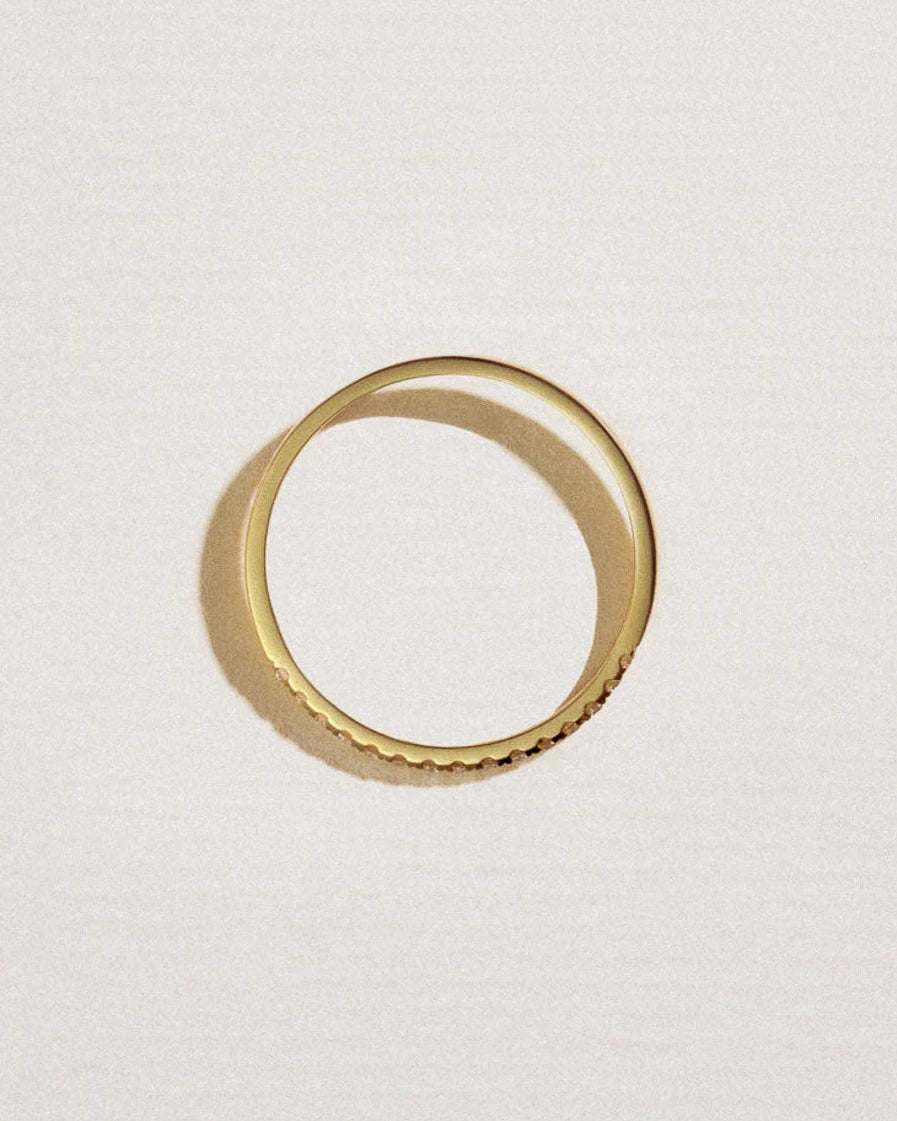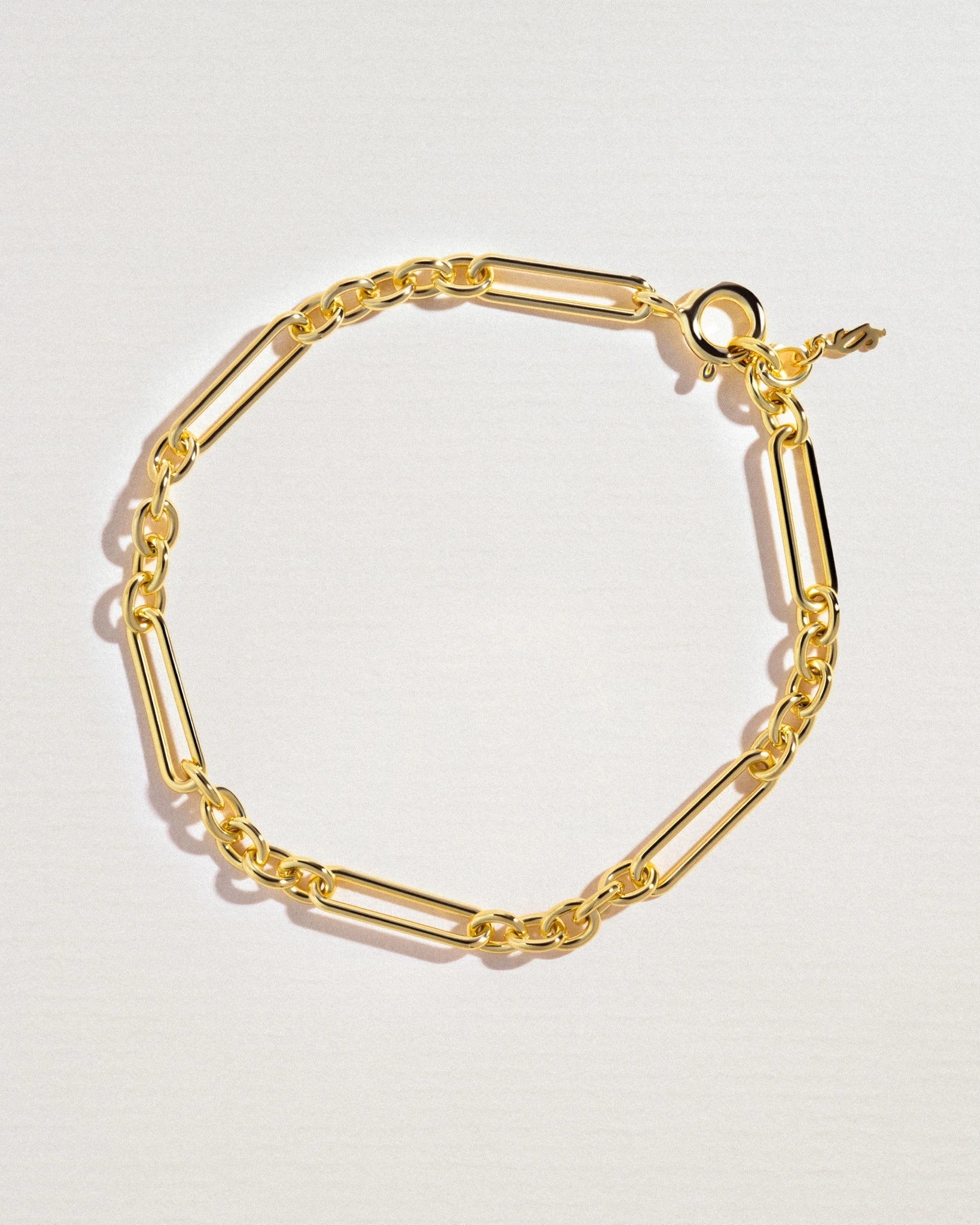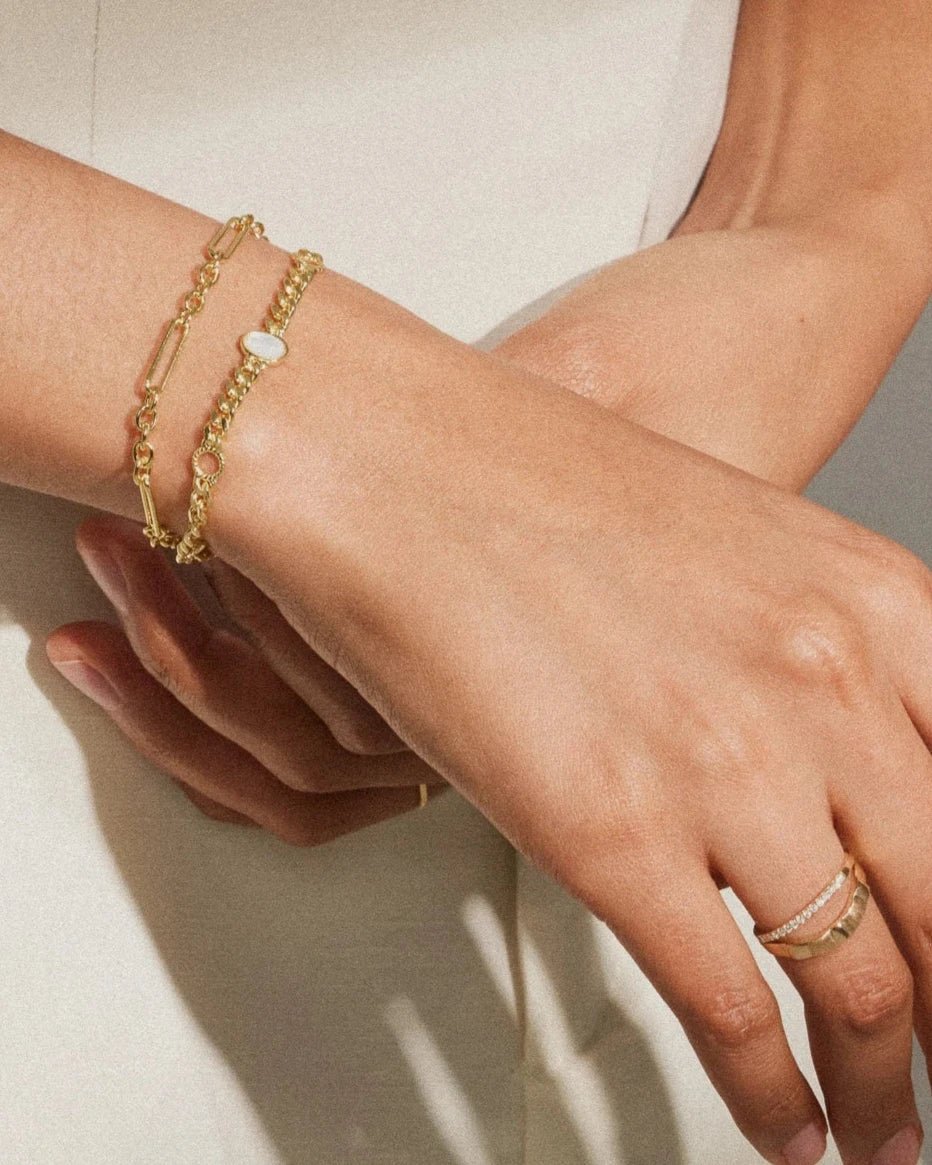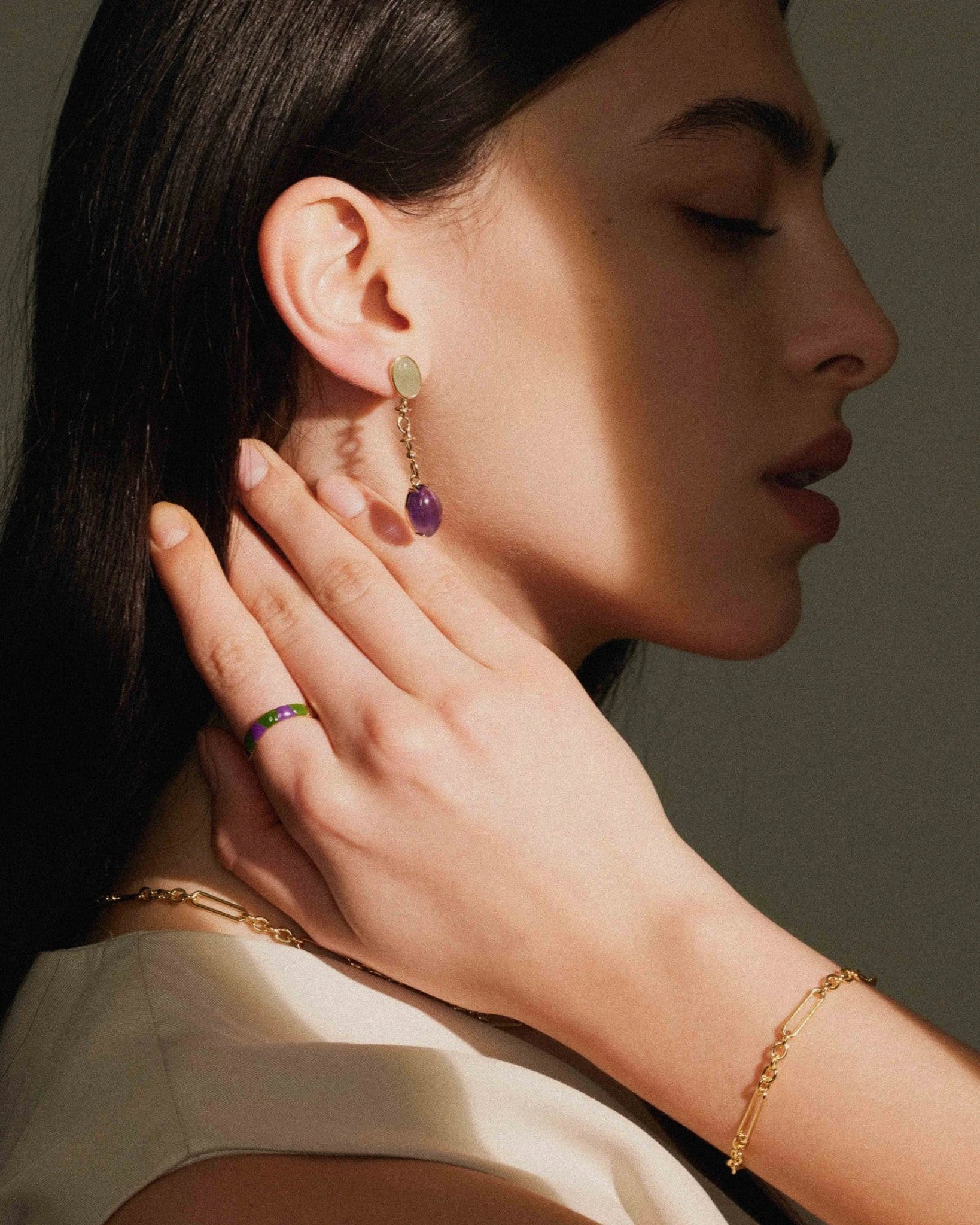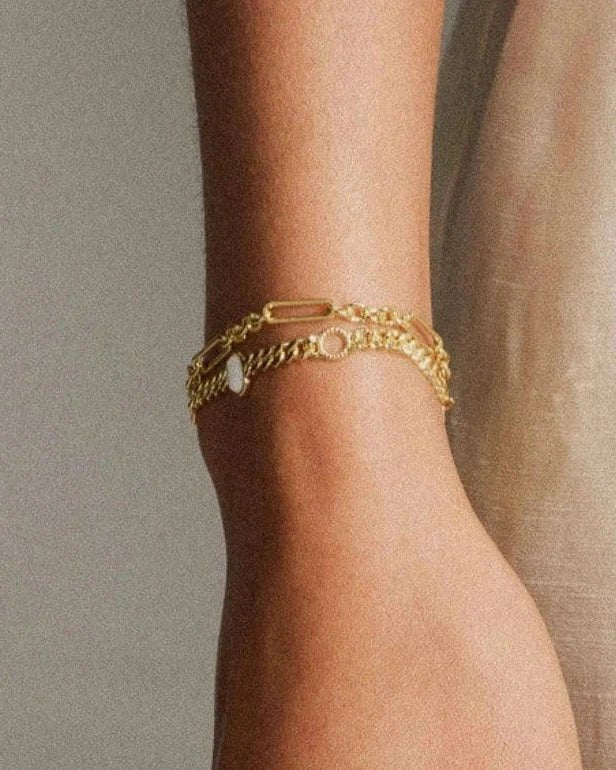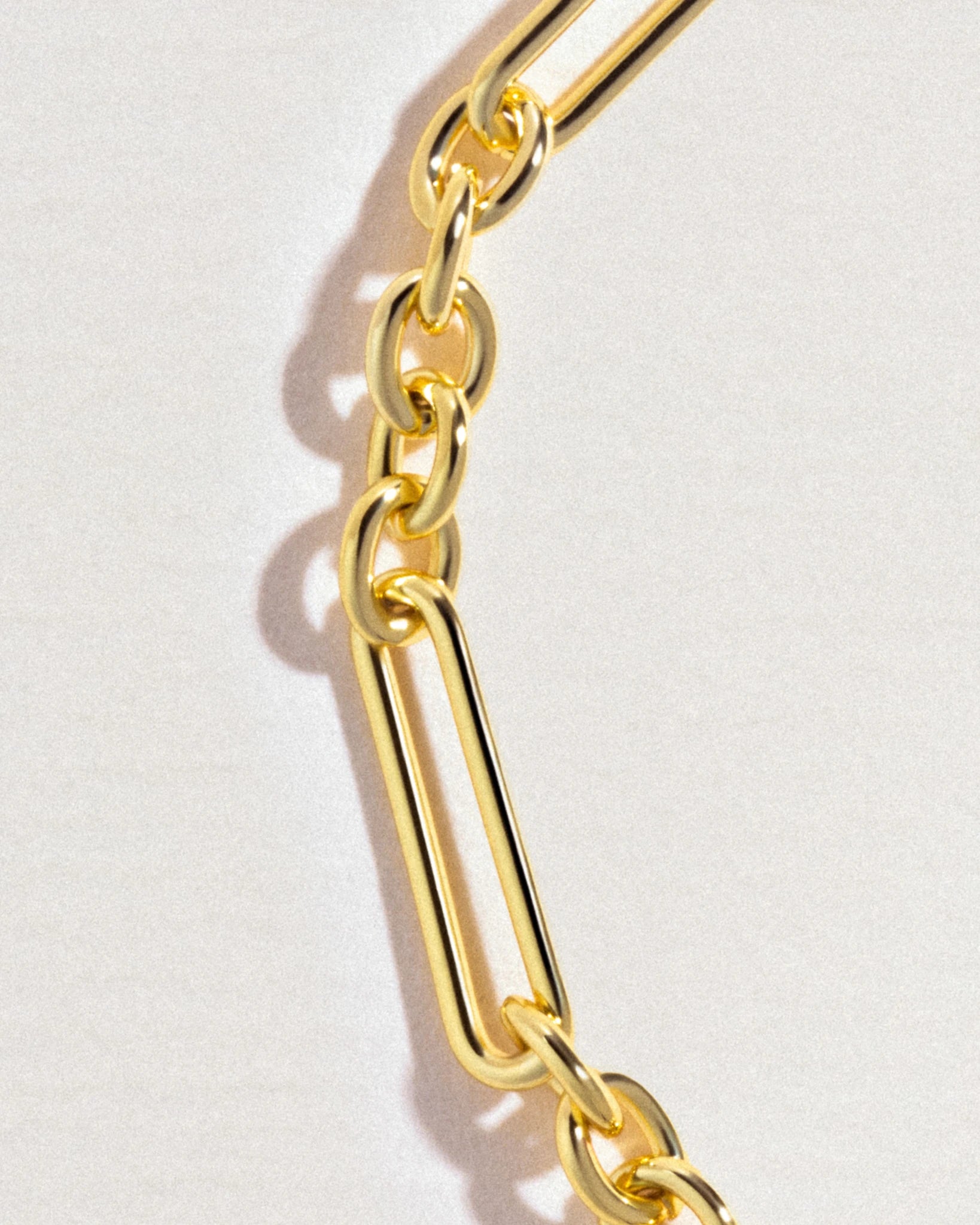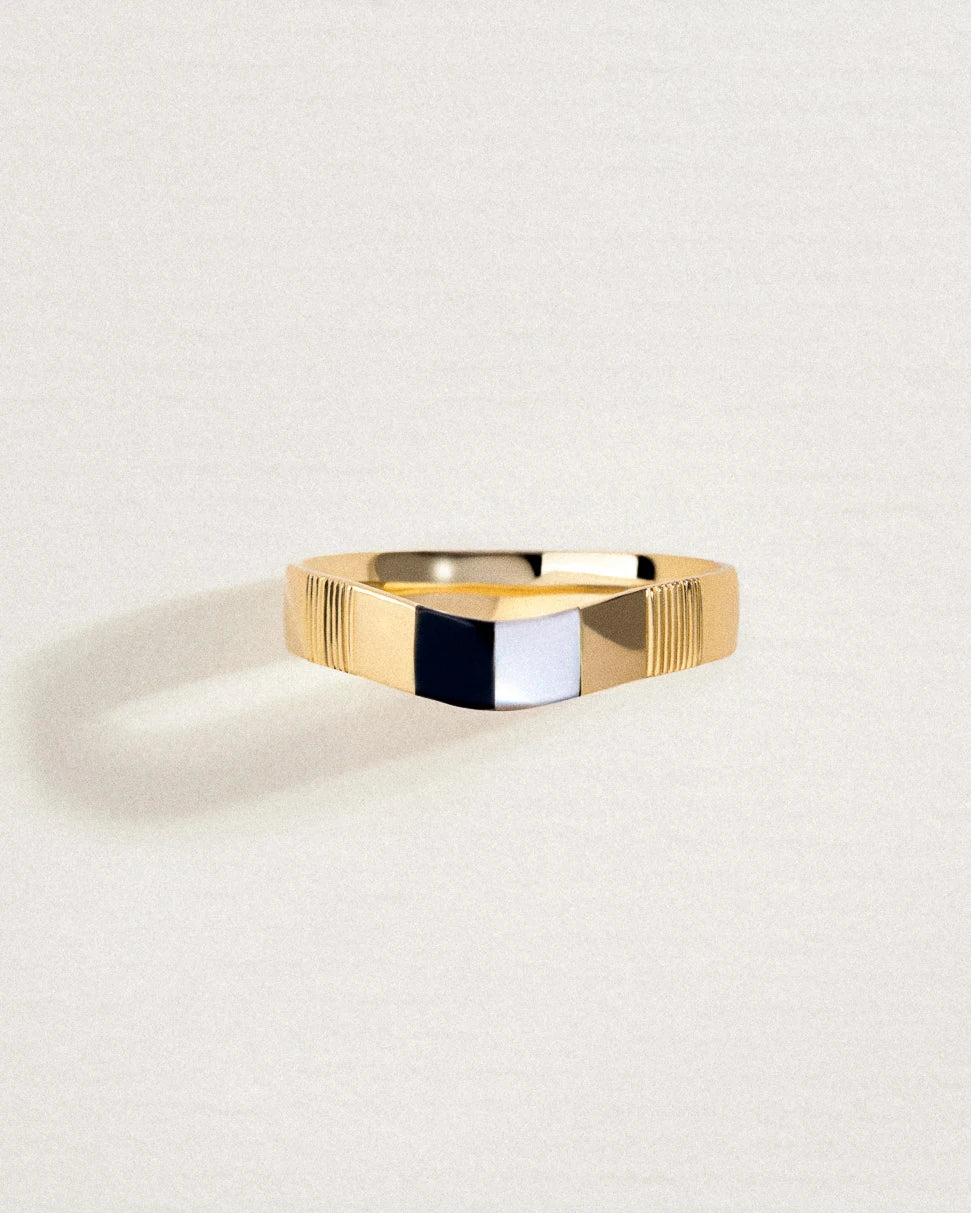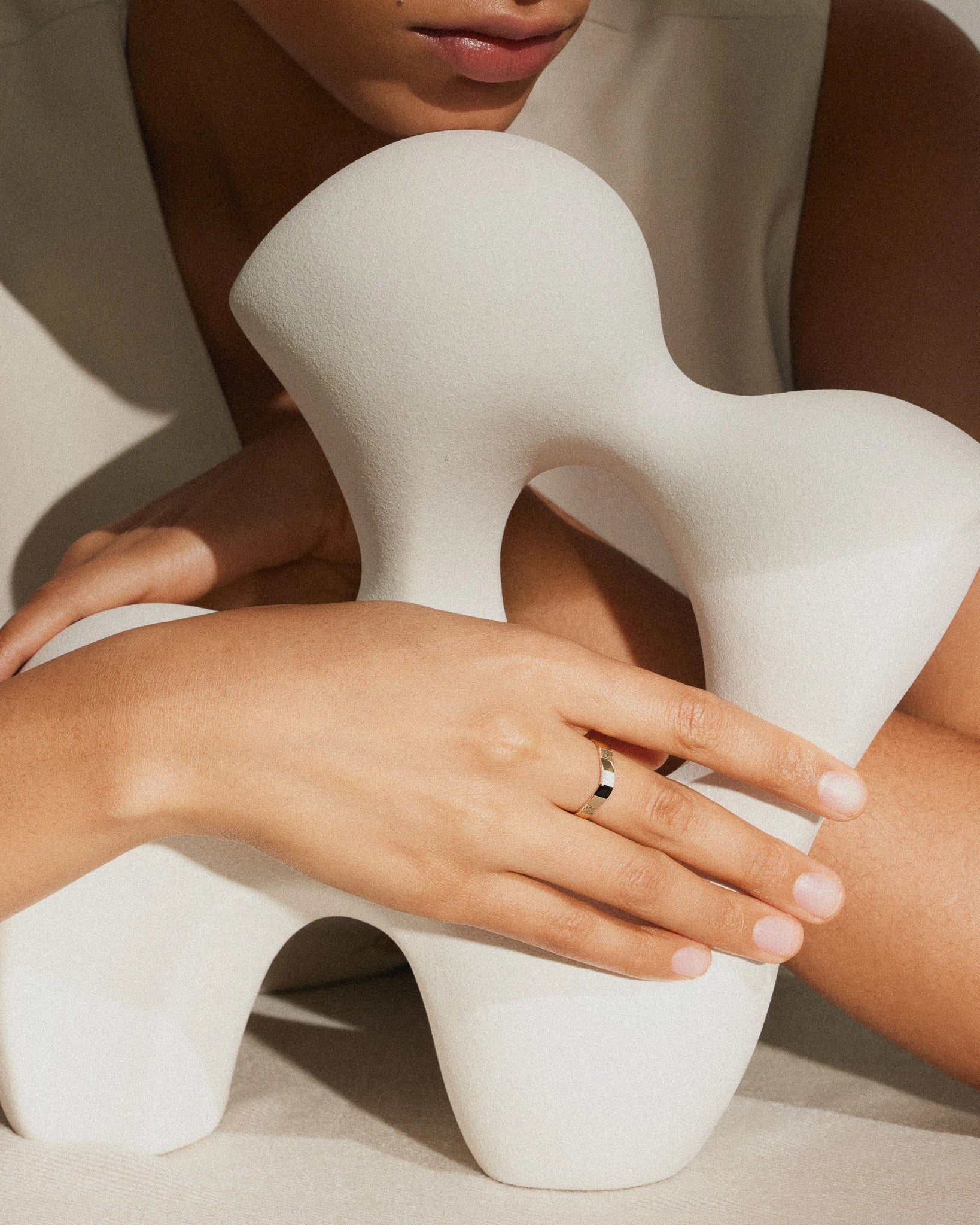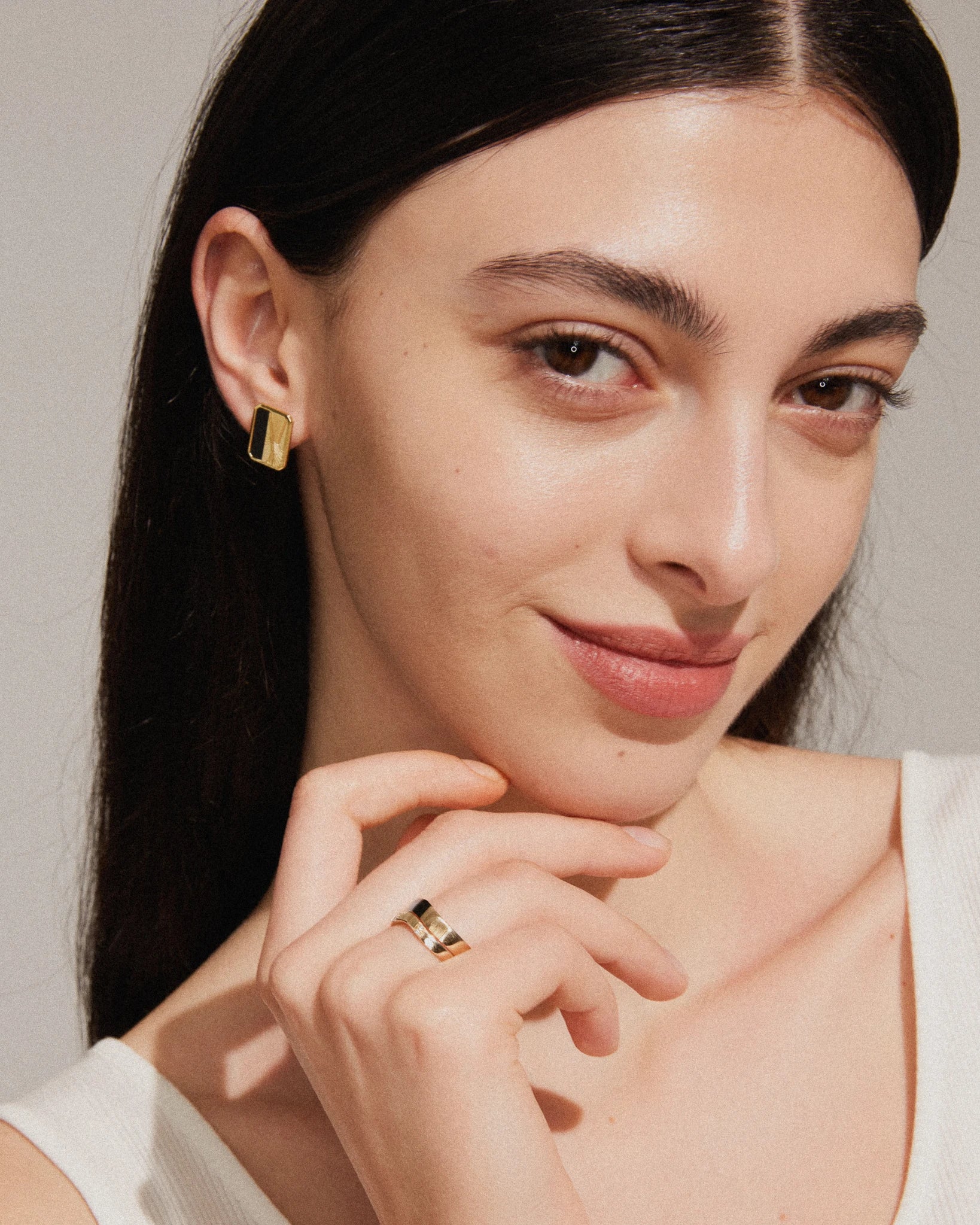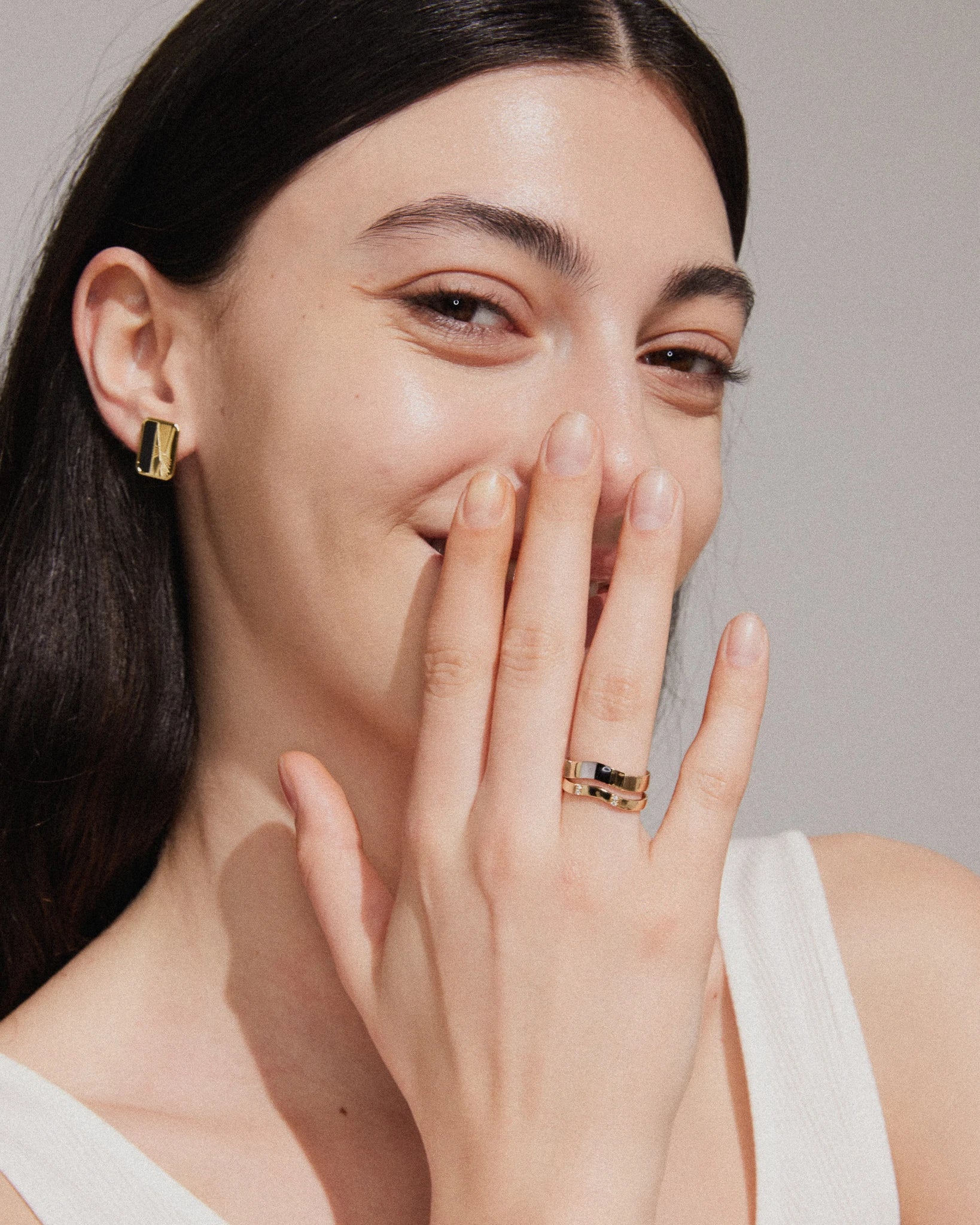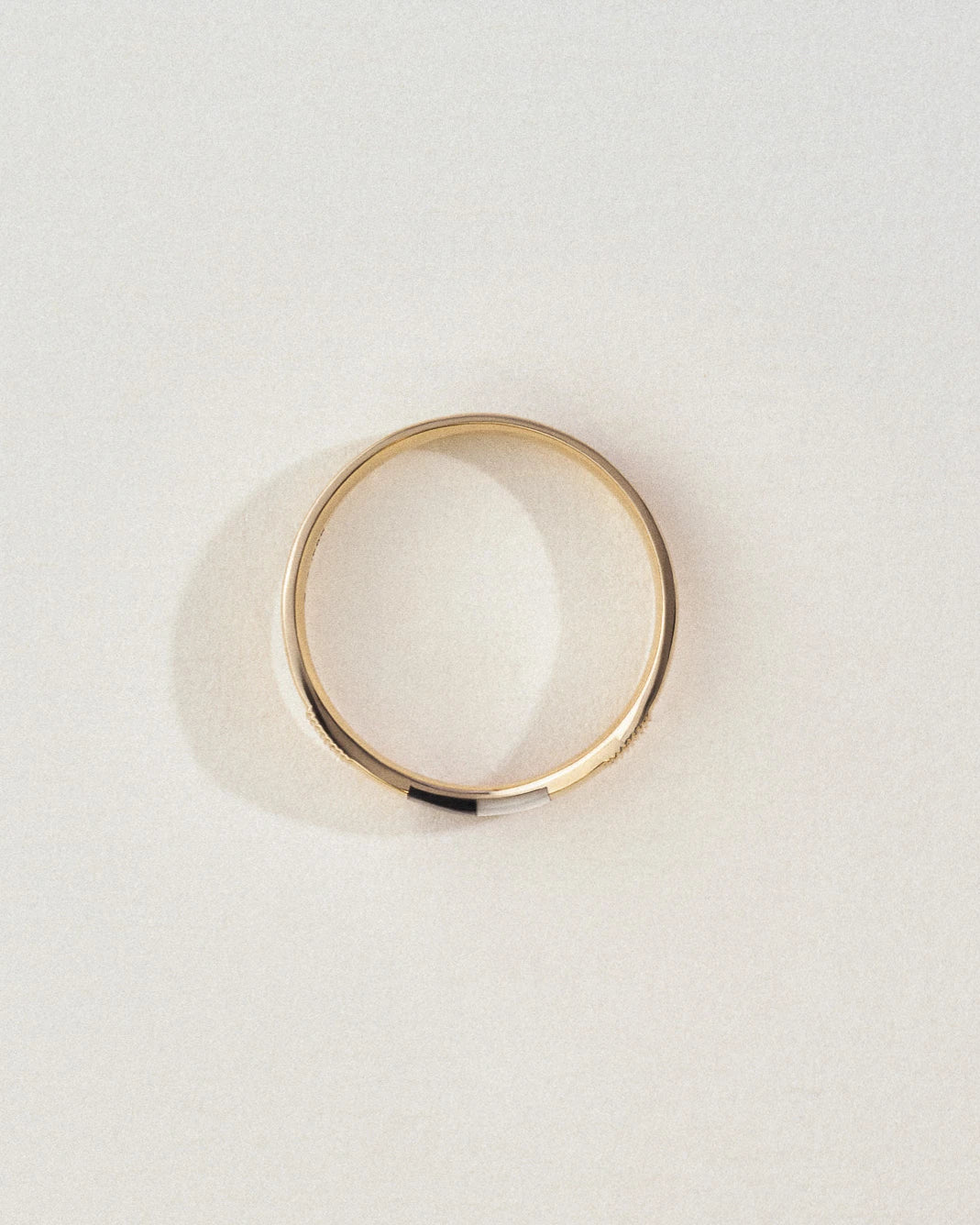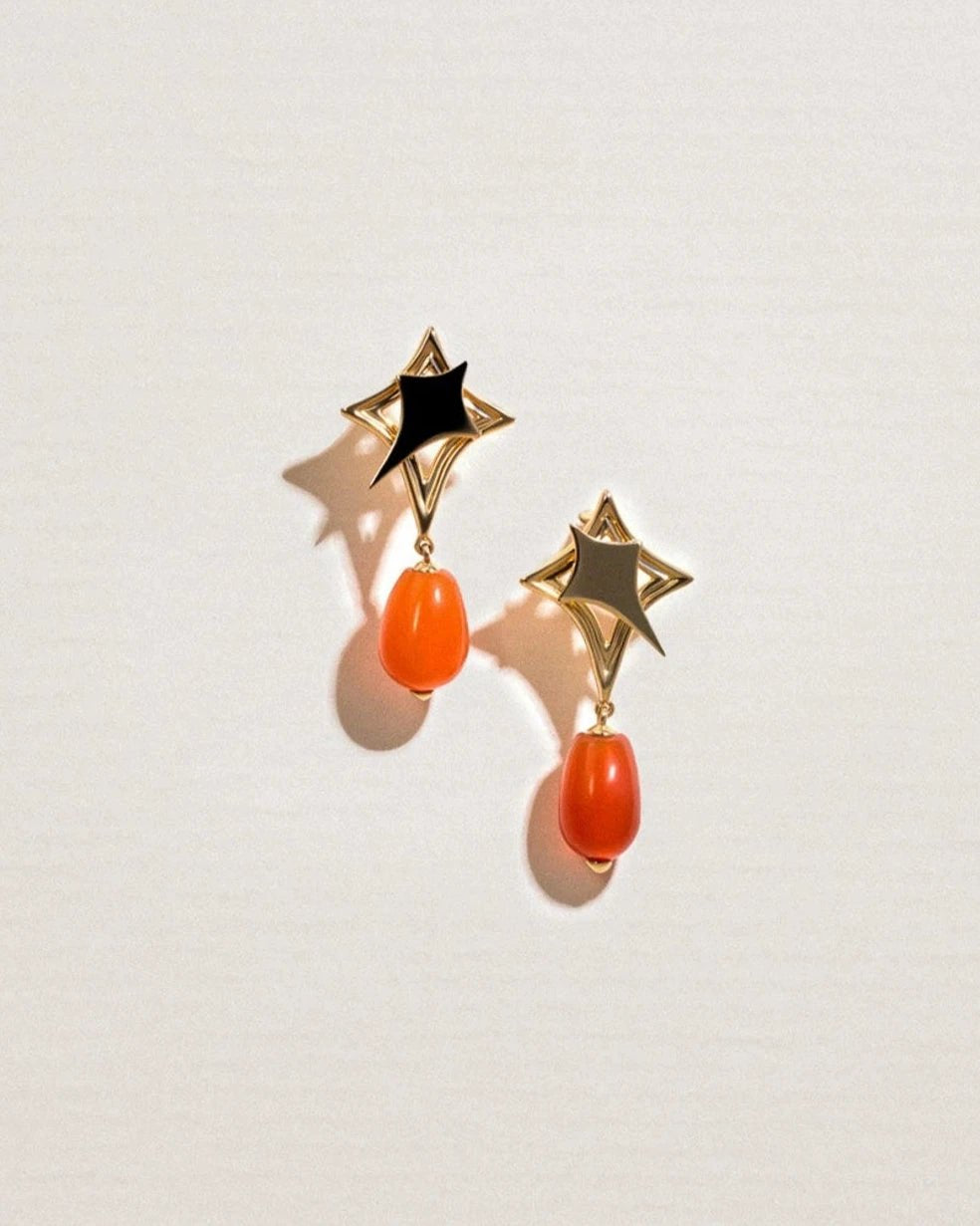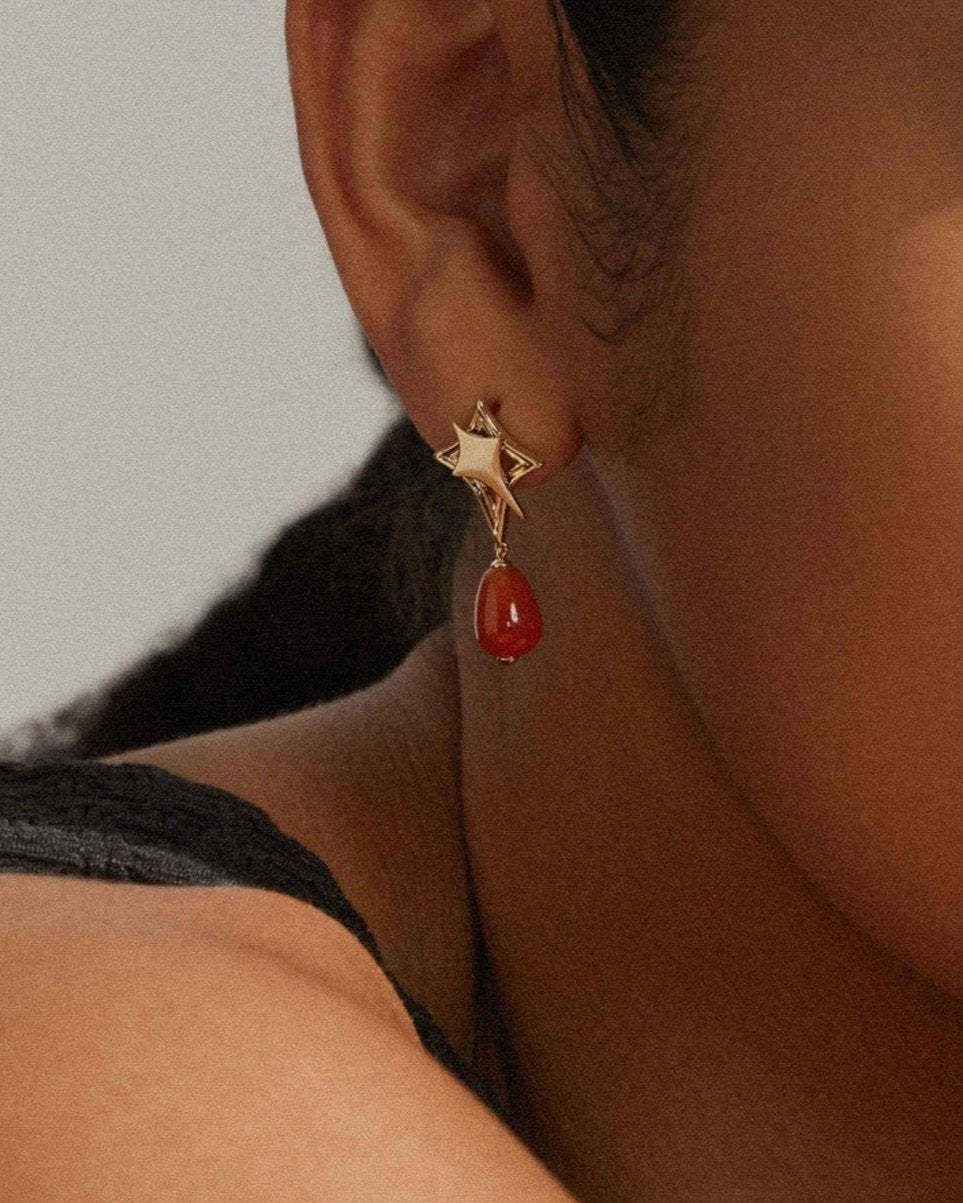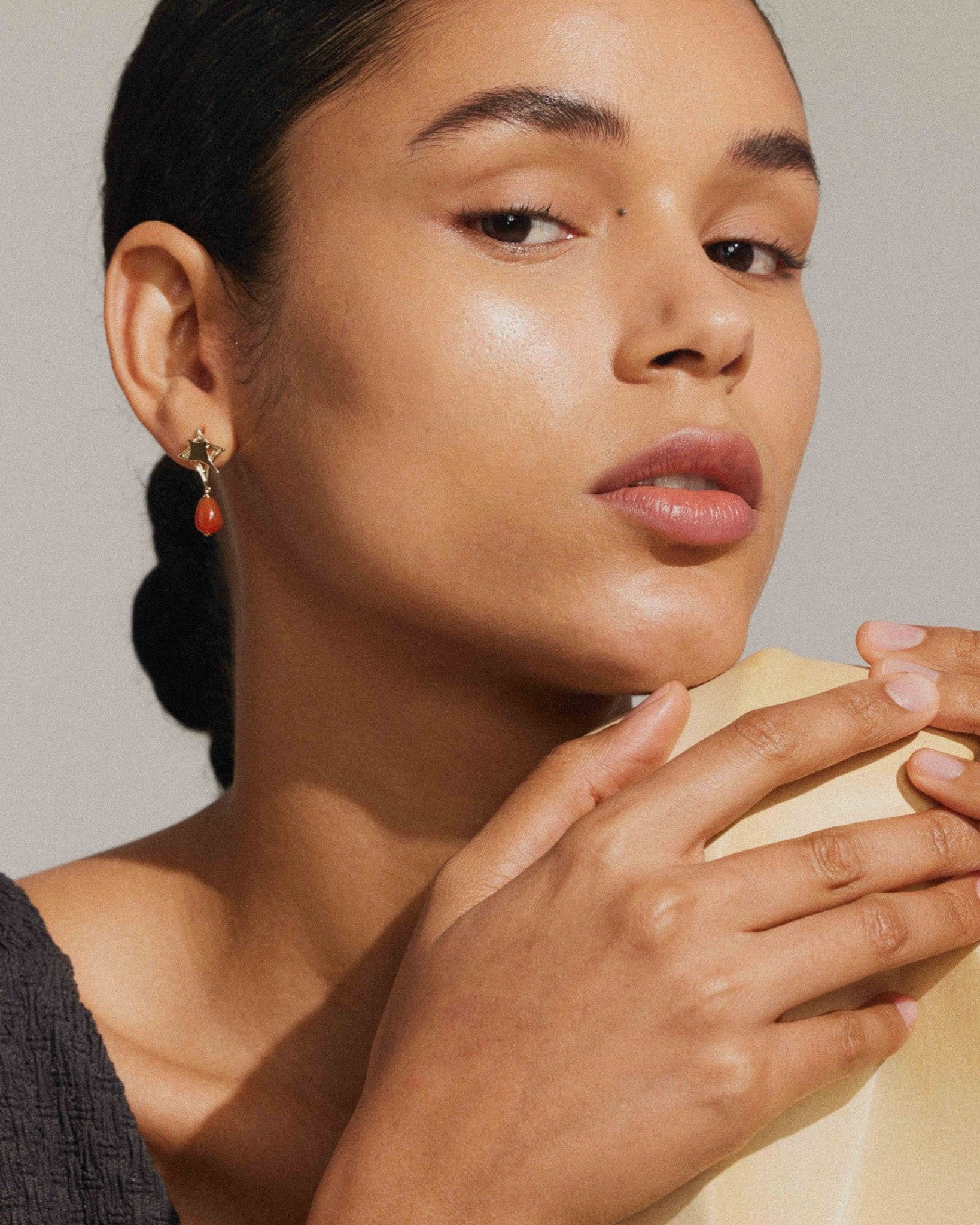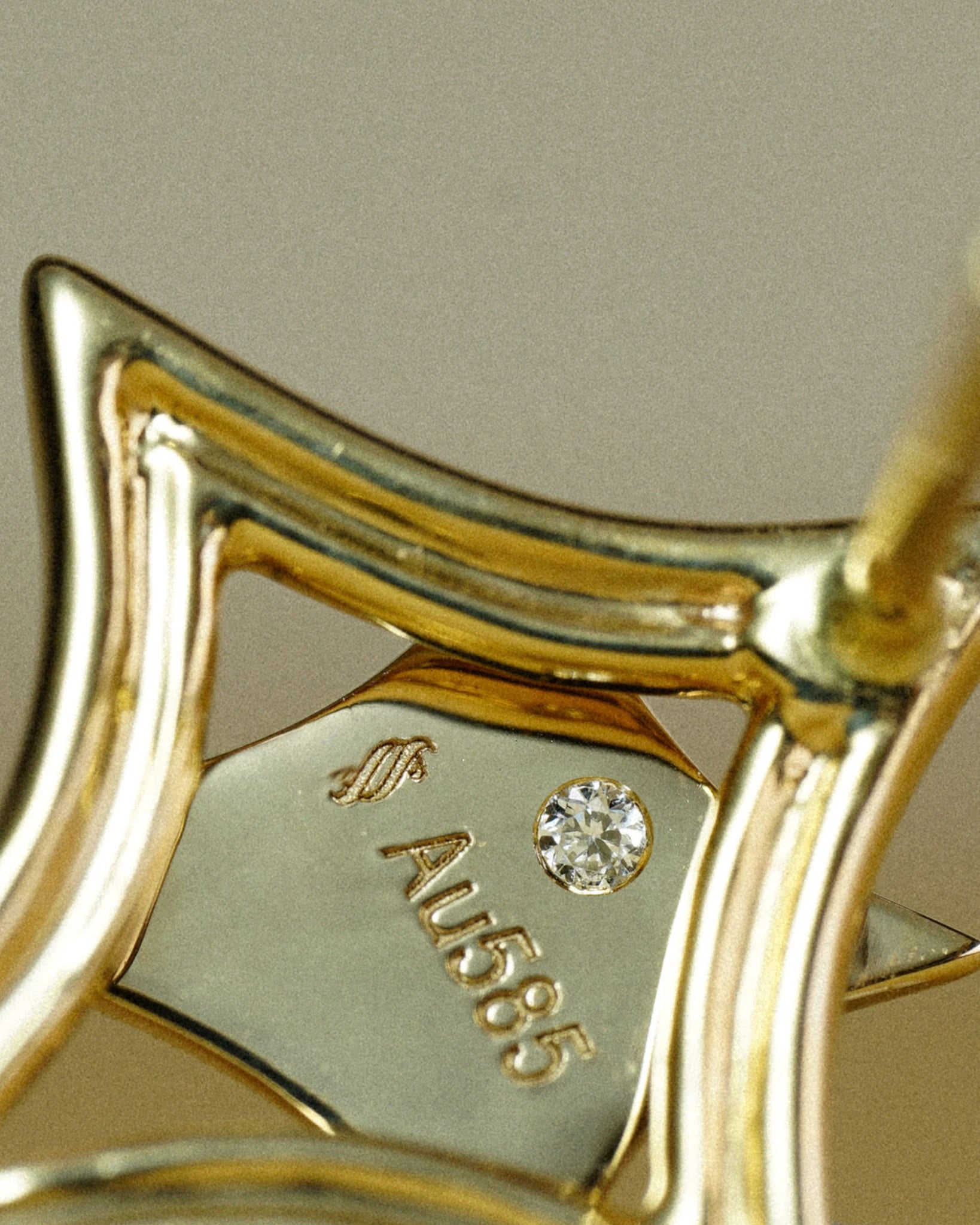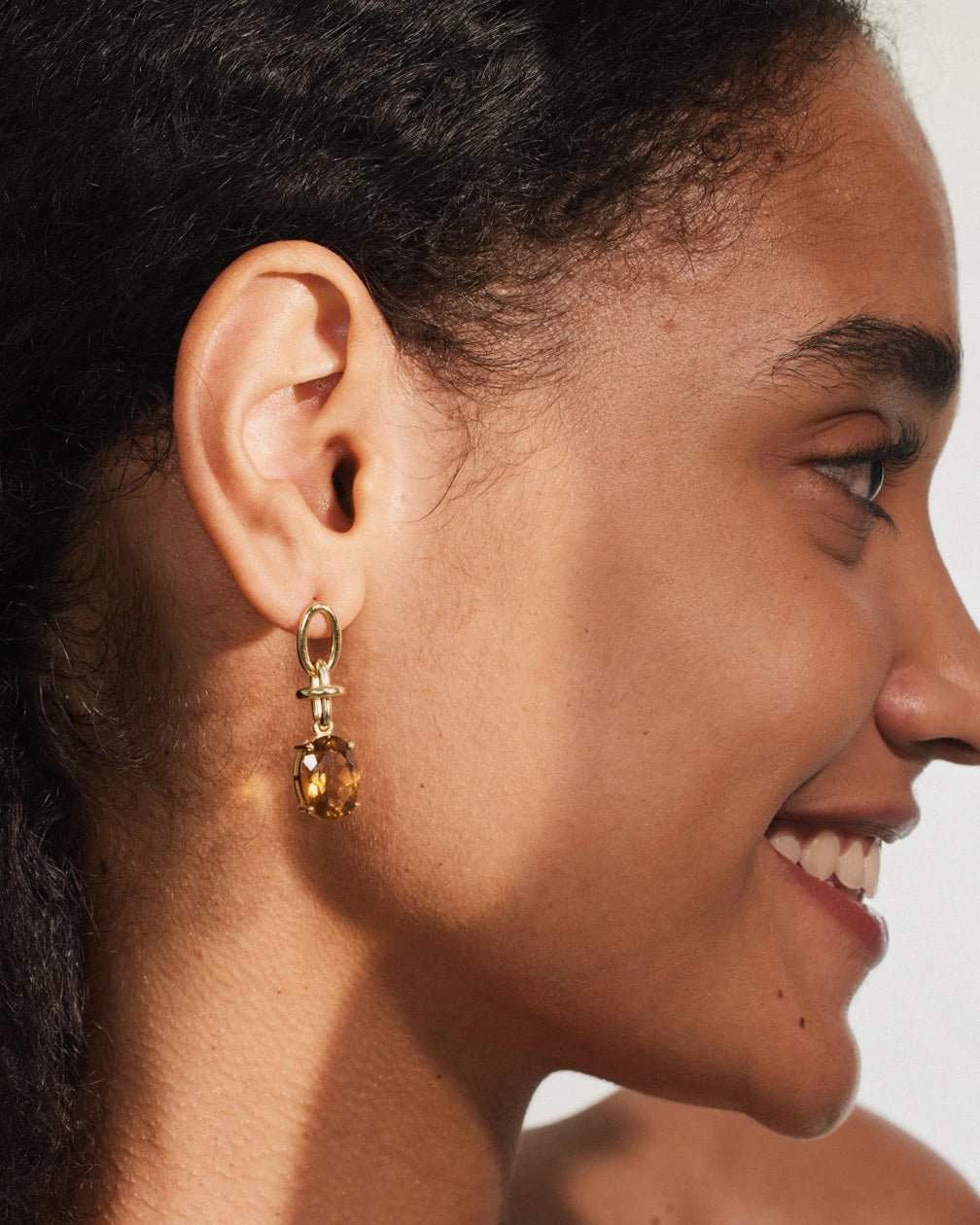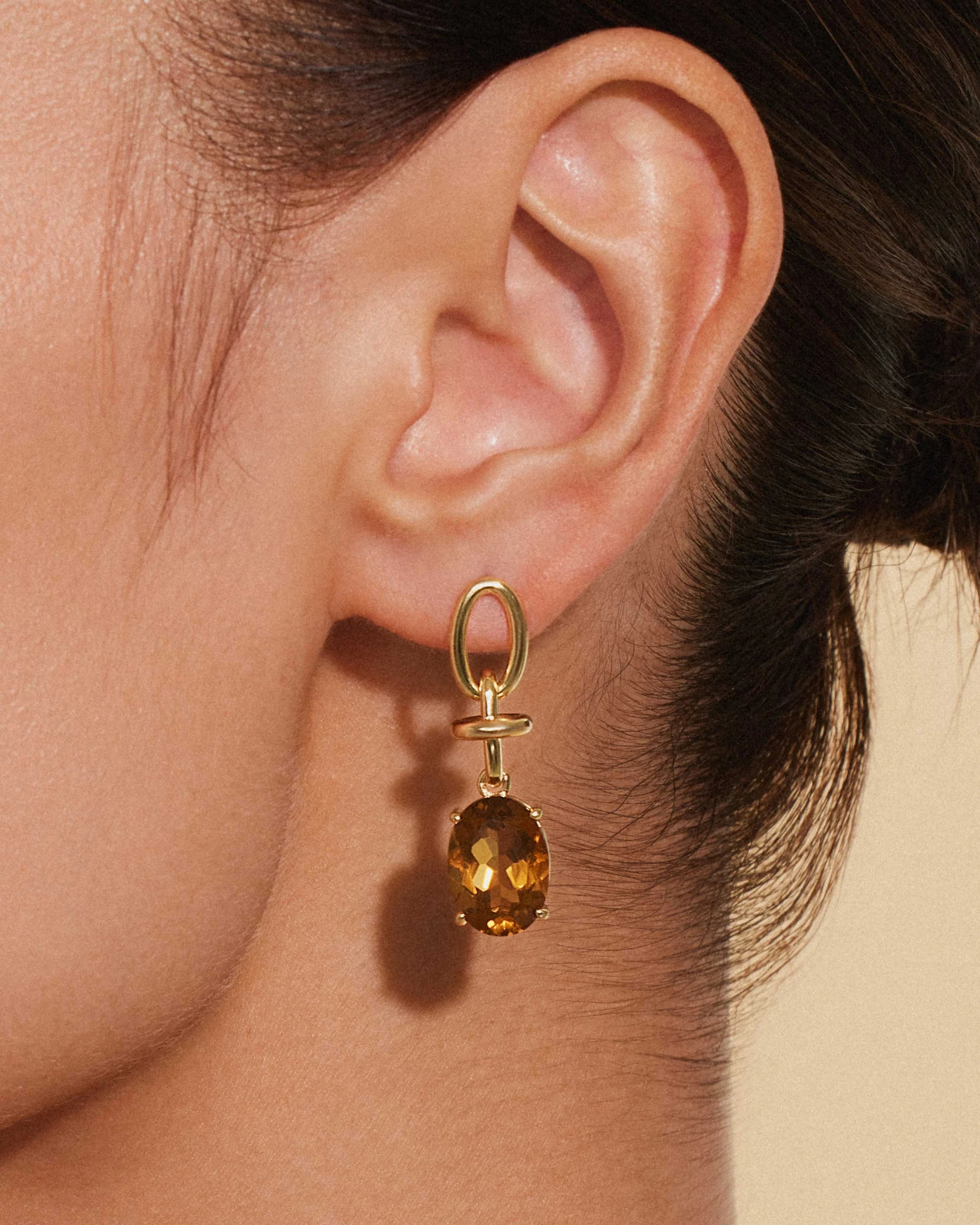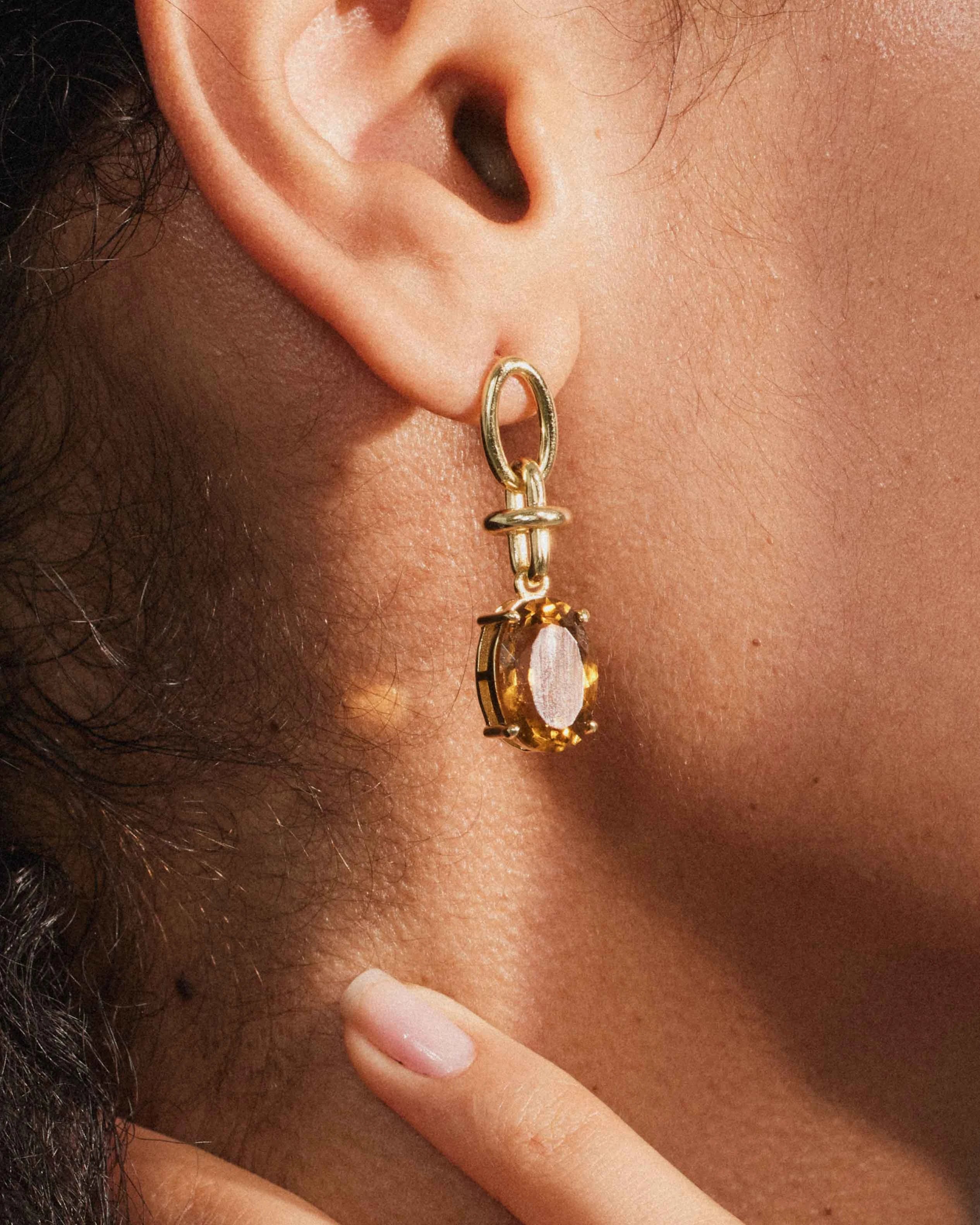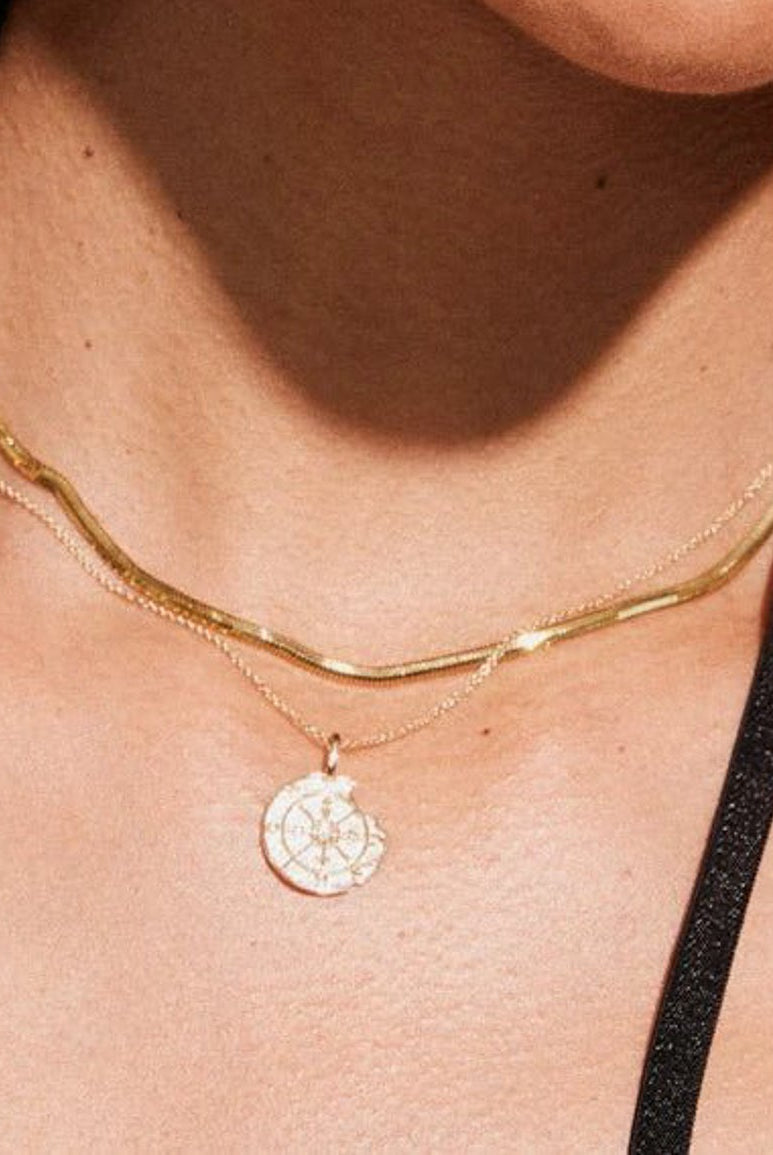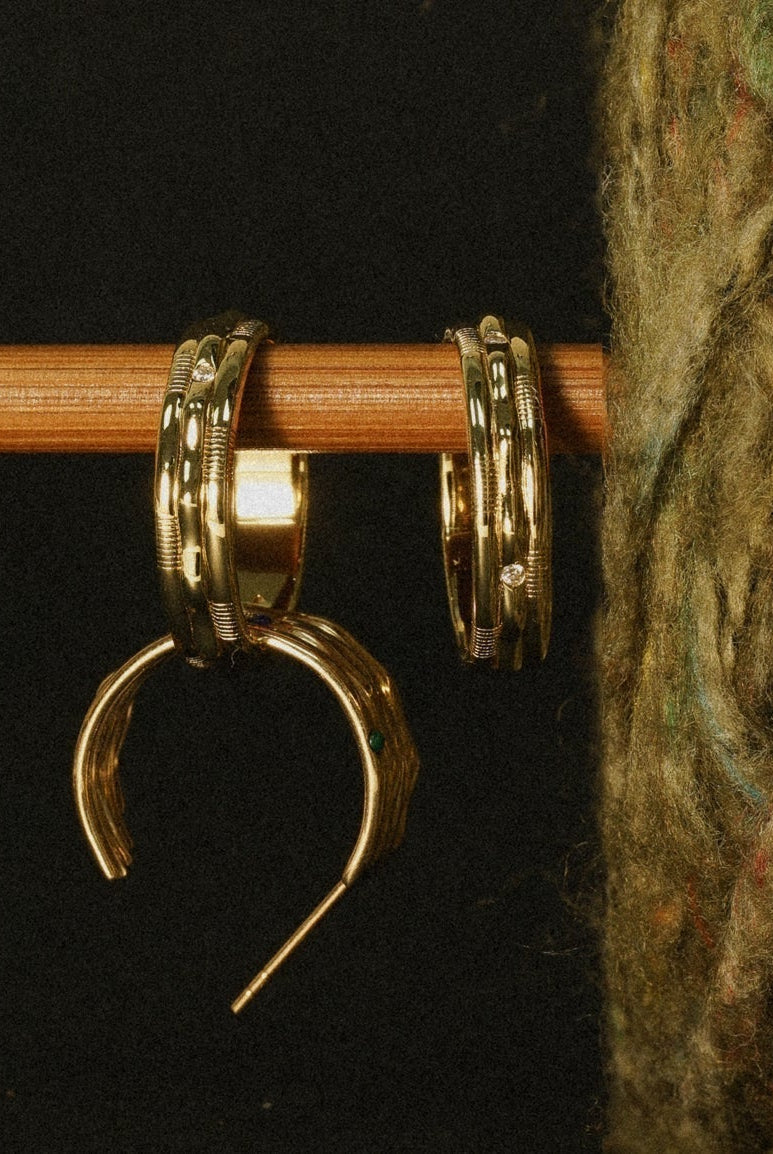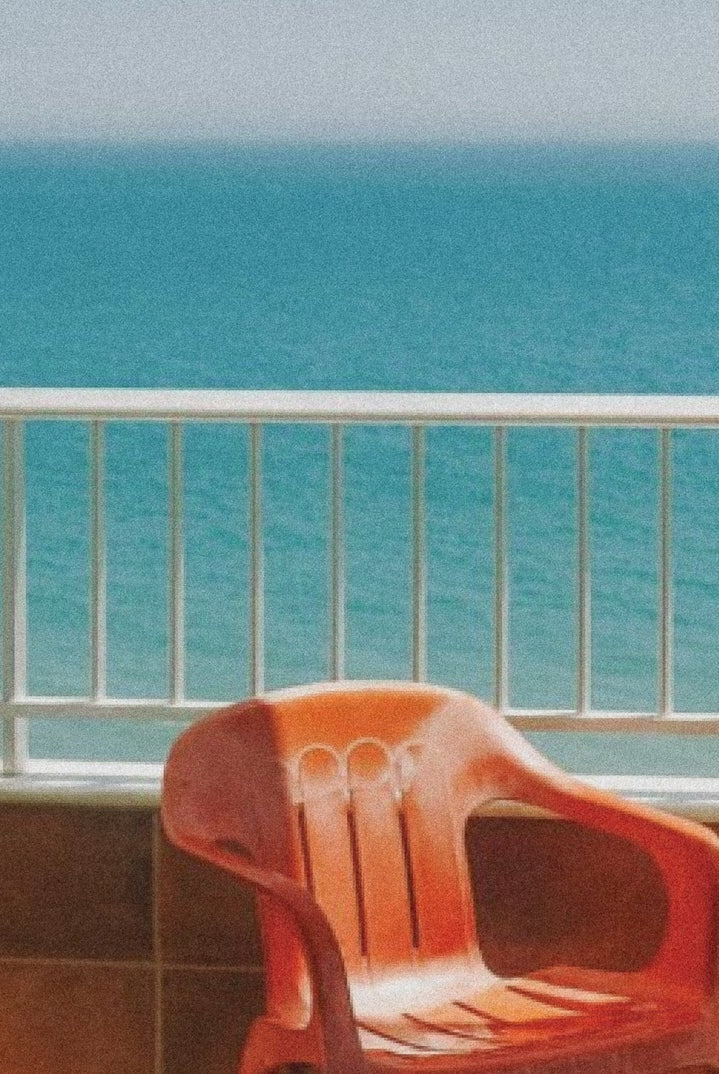We like to say we don’t set diamonds—we set light.
Diamond setting is the craft that decides how a stone catches fire, how it feels against skin, and how long it will stay with you. It’s tiny architecture: seats measured in tenths of a millimeter, angles cut to invite sparkle, metal coaxed to hold—securely, invisibly, beautifully.
The Tiny Architecture
-
Mark & drill: We lay out the exact spot (symmetry matters), then open a pilot hole.
-
Cut the seat: Using burs under magnification, we carve a cradle that matches the stone’s girdle.
-
Set & secure: Prongs are pushed, beads are raised, or rims are burnished over the crown.
-
Finish & feel: We soften every edge, polish the under-gallery, and check tension. If it can snag a silk blouse, it isn’t done.

The Classic Setting Styles
Prong
What it is: Claws that lift the diamond so light can pour in from every side—maximum brilliance with a delicate profile.
Why we use it: Airy, bright, romantic—perfect for “constellation” compositions.
Spot it on: Seven Stars Ring — a celestial scatter of diamonds held aloft like a night sky you can wear.

Bezel
What it is: A smooth rim of gold that encircles the stone.
Why we use it: Everyday-proof and snag-resistant; sleek and modern with vintage restraint.
Spot it on: Fortune’s Turn Pendant & Necklace — a central diamond protected by a halo of 14K gold as the wheel turns.

Flush / Star-set
What it is: The diamond sits level with the metal; a hand-burnished rim (or star engraving) locks it in.
Why we use it: Ultra-comfortable, stack-friendly, quietly luminous. Spot it on: Comet Ring — a single diamond punctuating engraved motion (your little streak of night sky).

Pavé & Micro-Pavé
What it is: Many small diamonds, each sitting in a tiny seat and held by raised beads of gold.
Why we use it: Continuous sparkle; movement looks like liquid light.
Spot it on: Simply Pavé Diamond Ring — a line of glitter that reads like a highlight pen for your hand.

How we decide the setting
-
Light choreography: Prongs = max flash; bezel/flush = soft, steady glow; pavé = shimmer that moves.
-
Daily life check: Hoops and rings see the most action—flush and bezel keep them smooth and durable.
-
Poetry & proportion: We sketch, prototype, and wear-test until the stone feels inevitable—like it could only ever live right there.

What “done” looks like
-
Even prongs/beads, no visible gaps, and snug seats under 10× magnification.
-
A silk test (no snag), a sleeve test (no scratch), and a gentle tap test (no rattle).
-
Polished under-edges so pieces feel as good as they look.
How to care for Diamonds
-
Give prongs and pavé a quick glance now and then; bring them in for a checkup if you’re rough on your hands.
-
Clean at home with warm water, a drop of mild soap, and a soft brush; rinse well, pat dry.
-
Ultrasonic is fine for diamonds, but skip it on mixed-gem pieces (or just ask us first).

Stanza pieces that “set light” beautifully
-
Seven Star Ring — prong-held constellation energy.
-
Brio Hoops — flush-set diamonds for everyday sparkle.
-
Eos Hoops — engraved rays framing a centered diamond.
-
Dew Hoops — a diamond pause between green agates.
-
Simply Pavé Diamond Ring — clean, continuous shimmer.
-
Fortune’s Turn Pendant & Necklace — a protected center spark.
-
Comet Ring — one bright note in motion.
-
Tyger Eye Pendant — diamond star, dusky glow.

ABOUT | THE POETIC CRAFT




